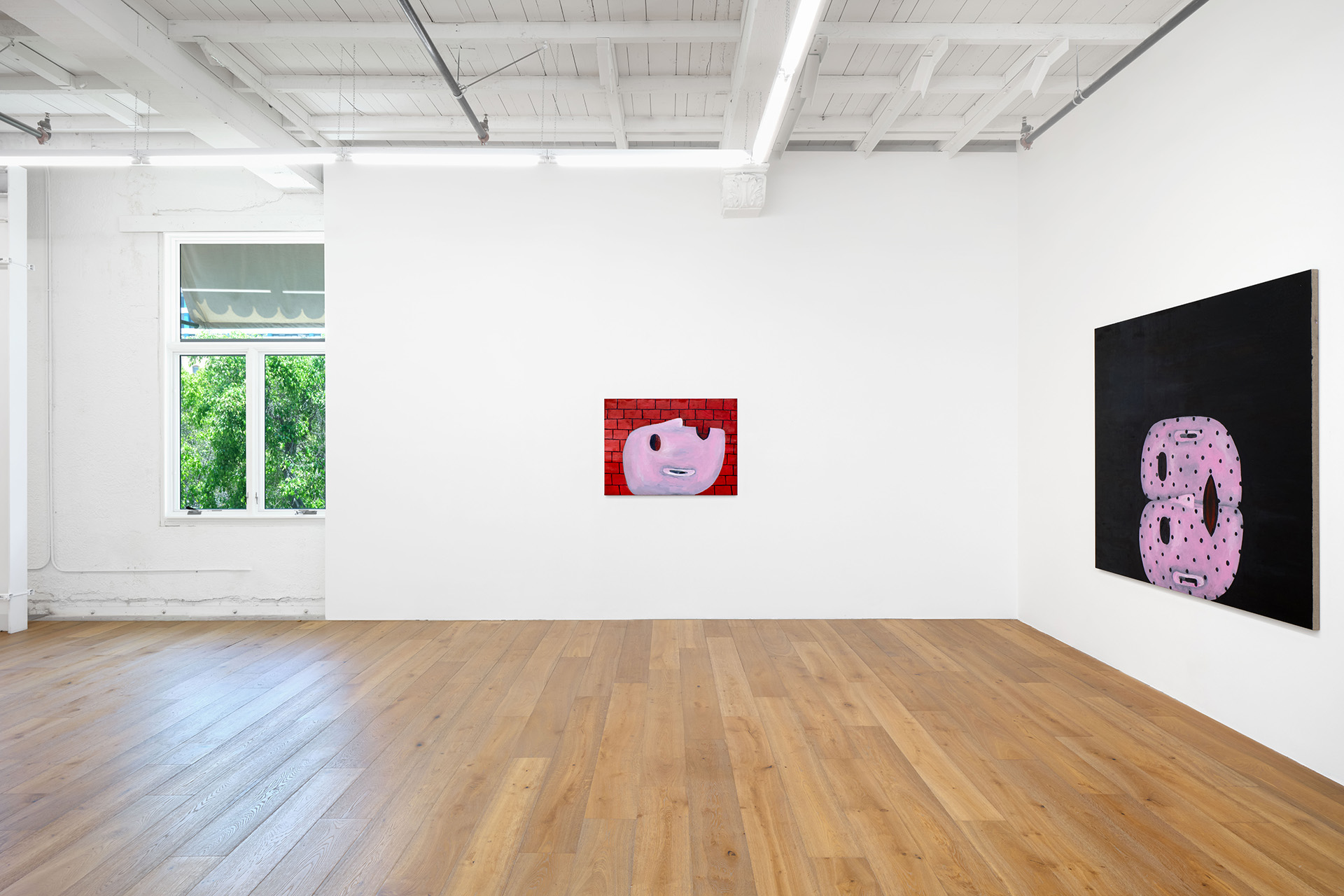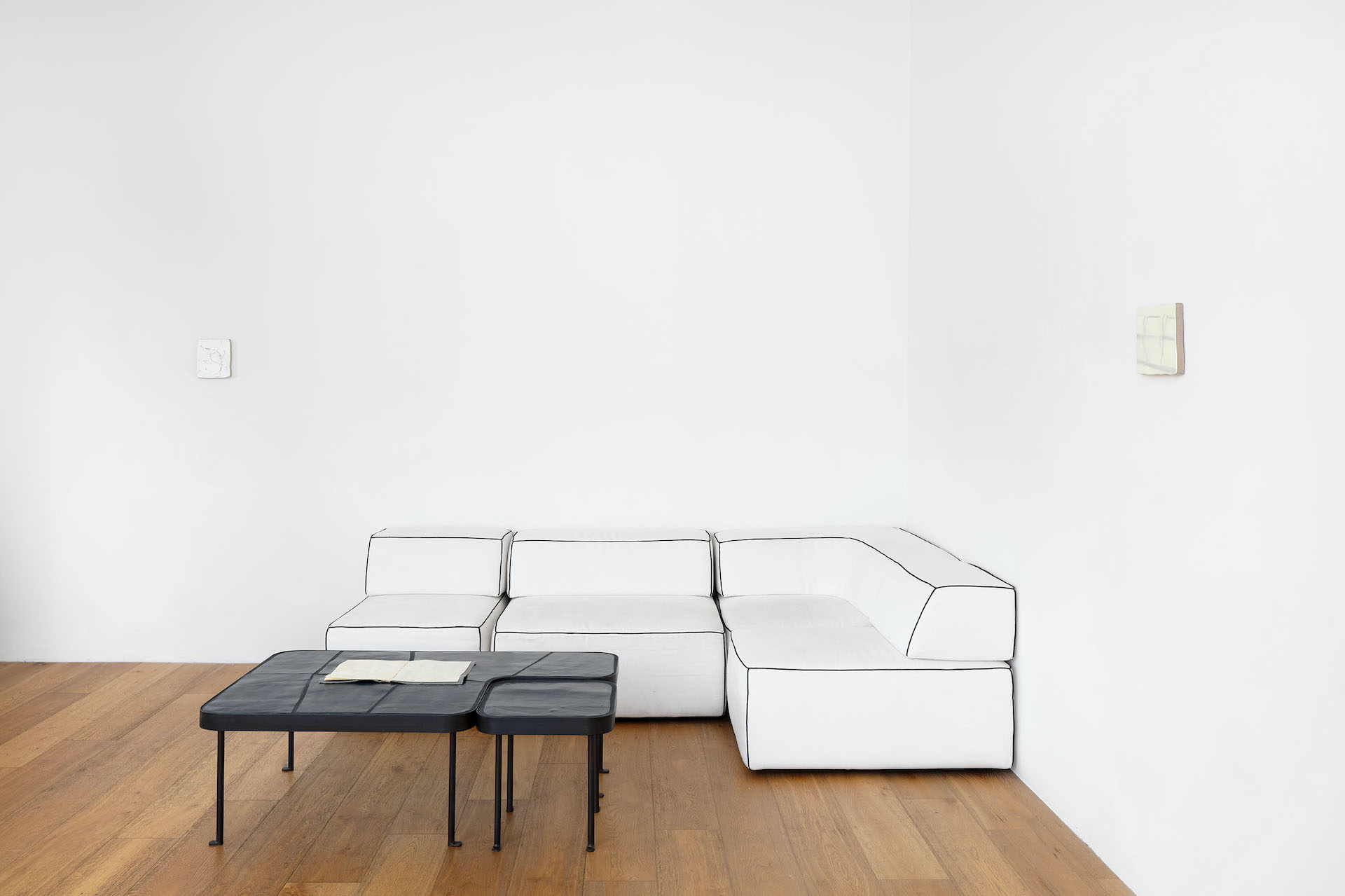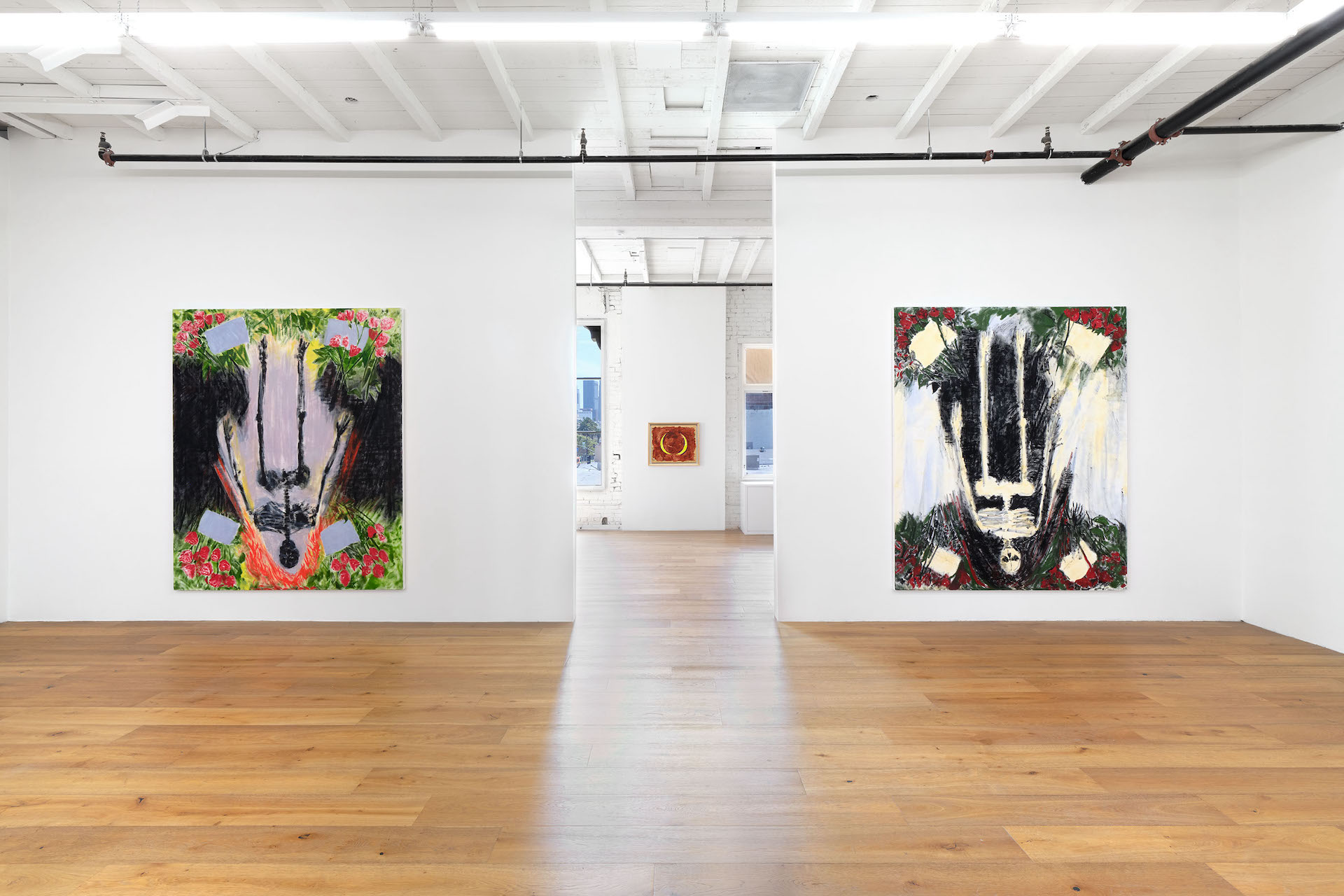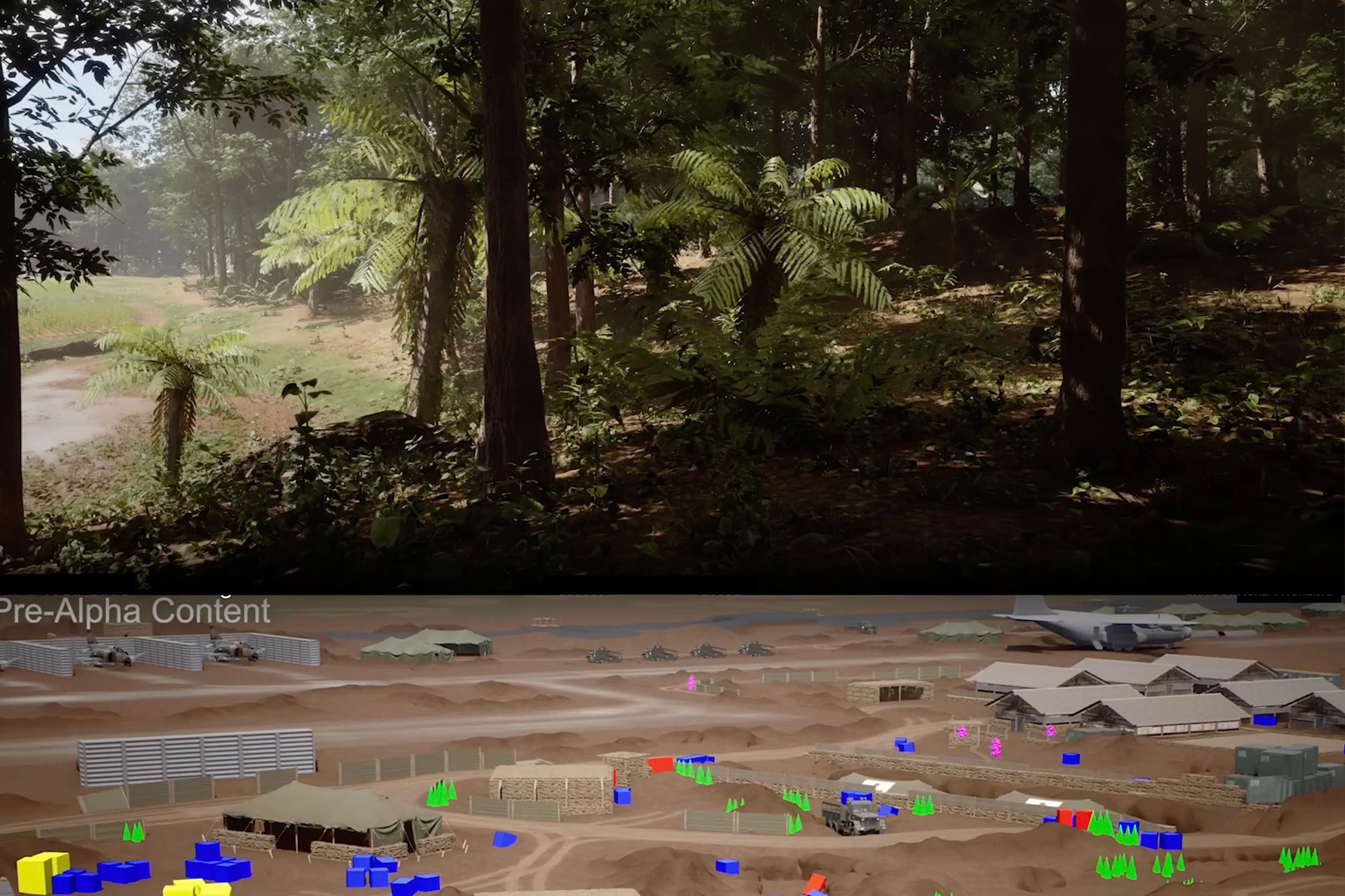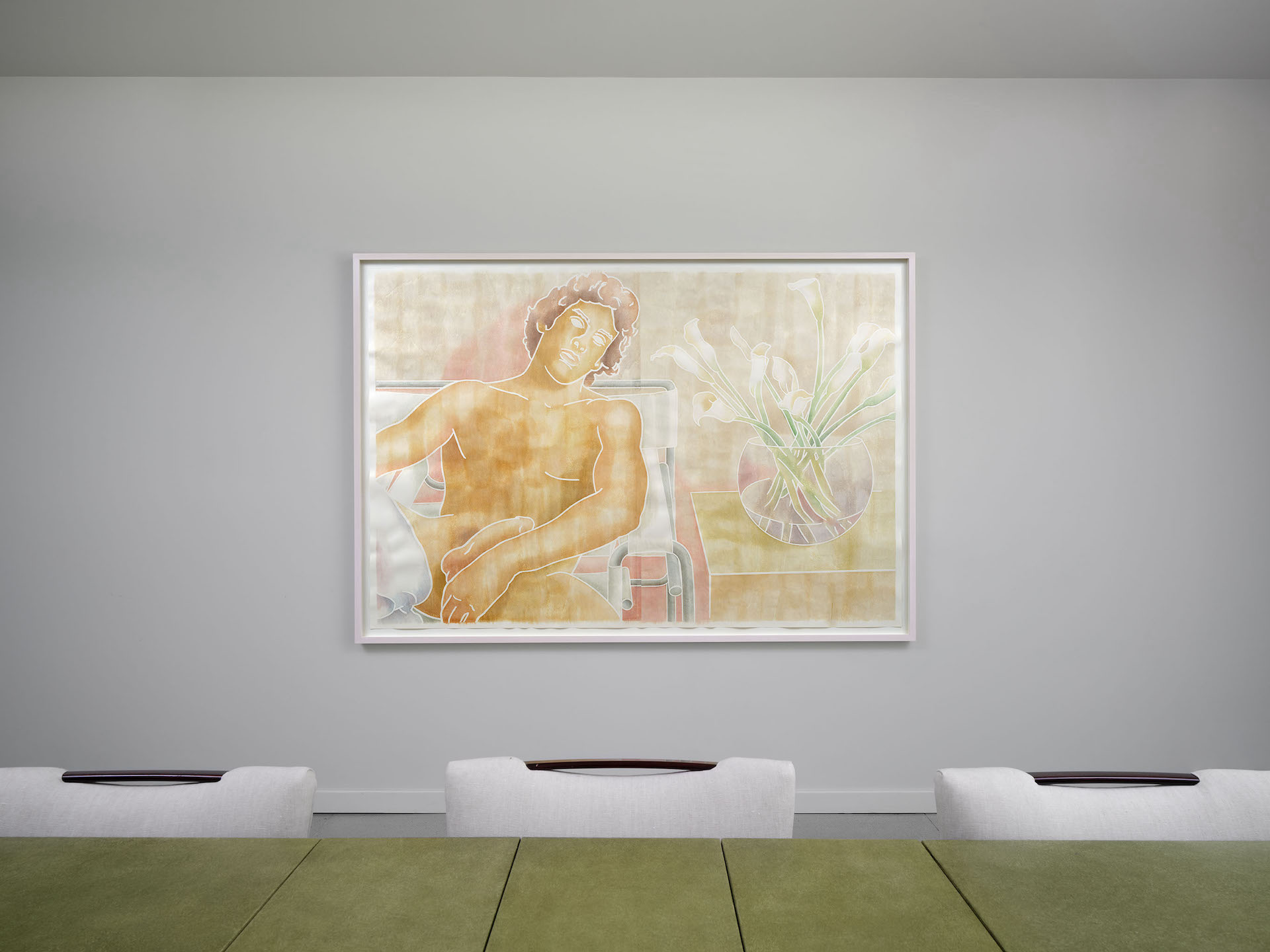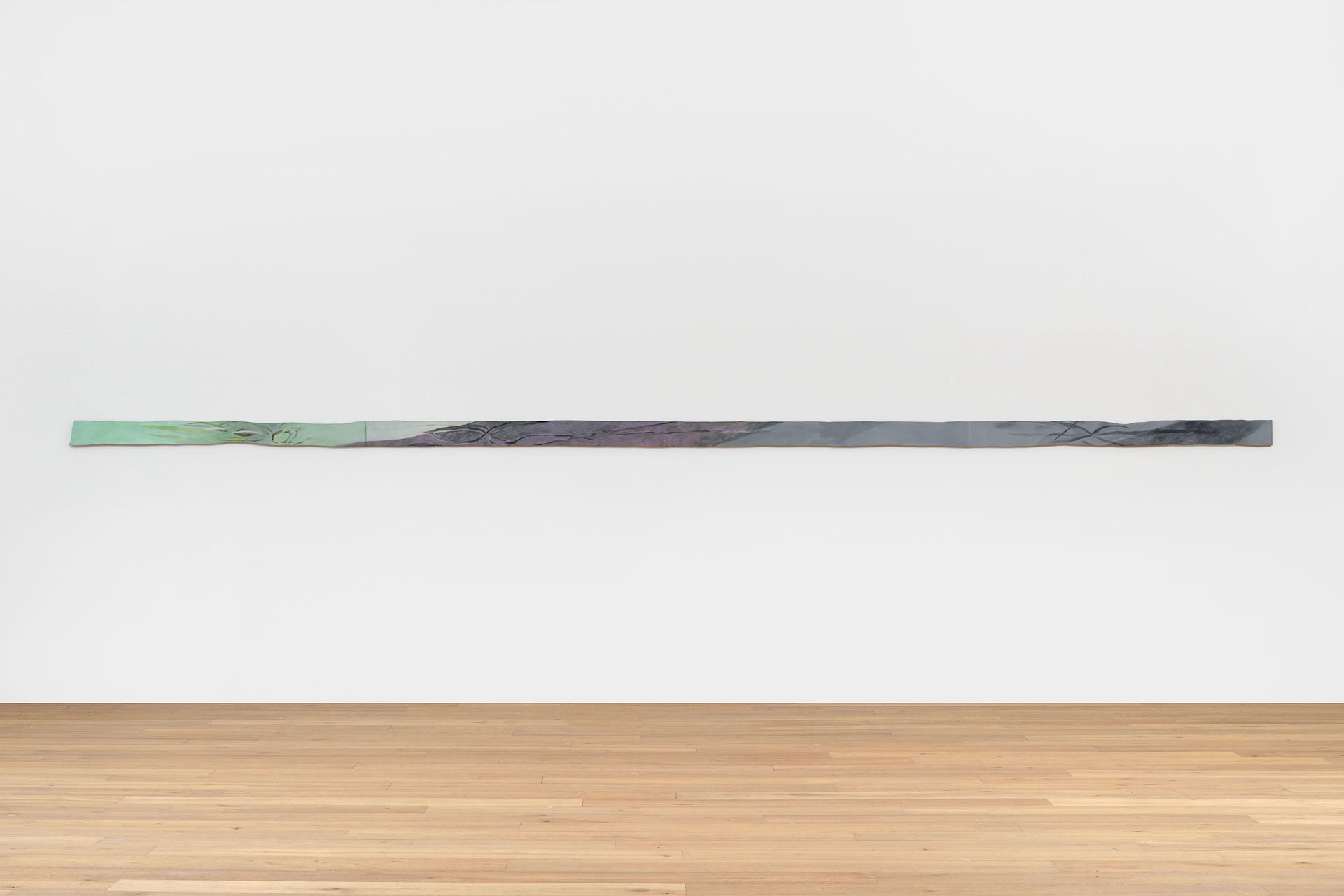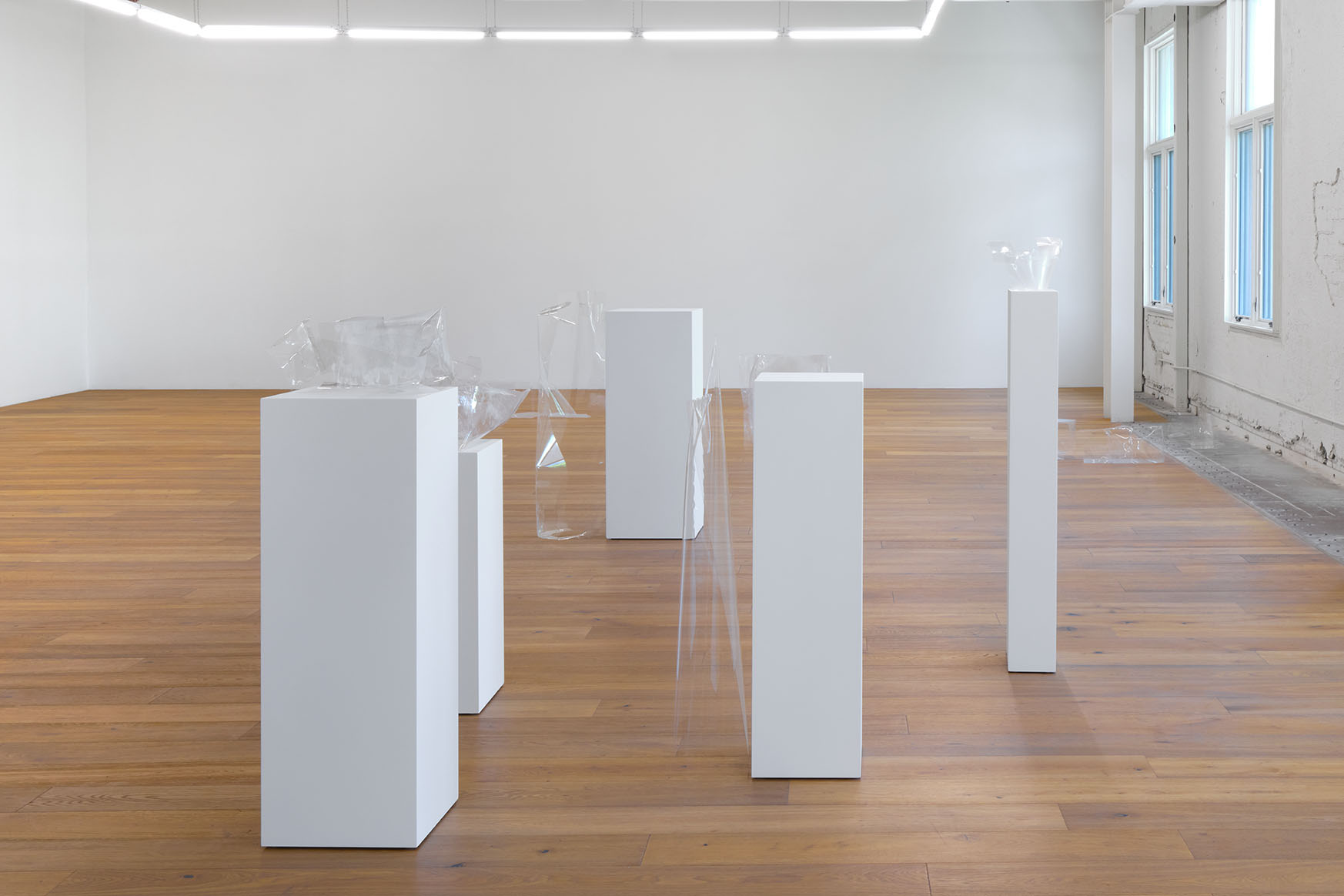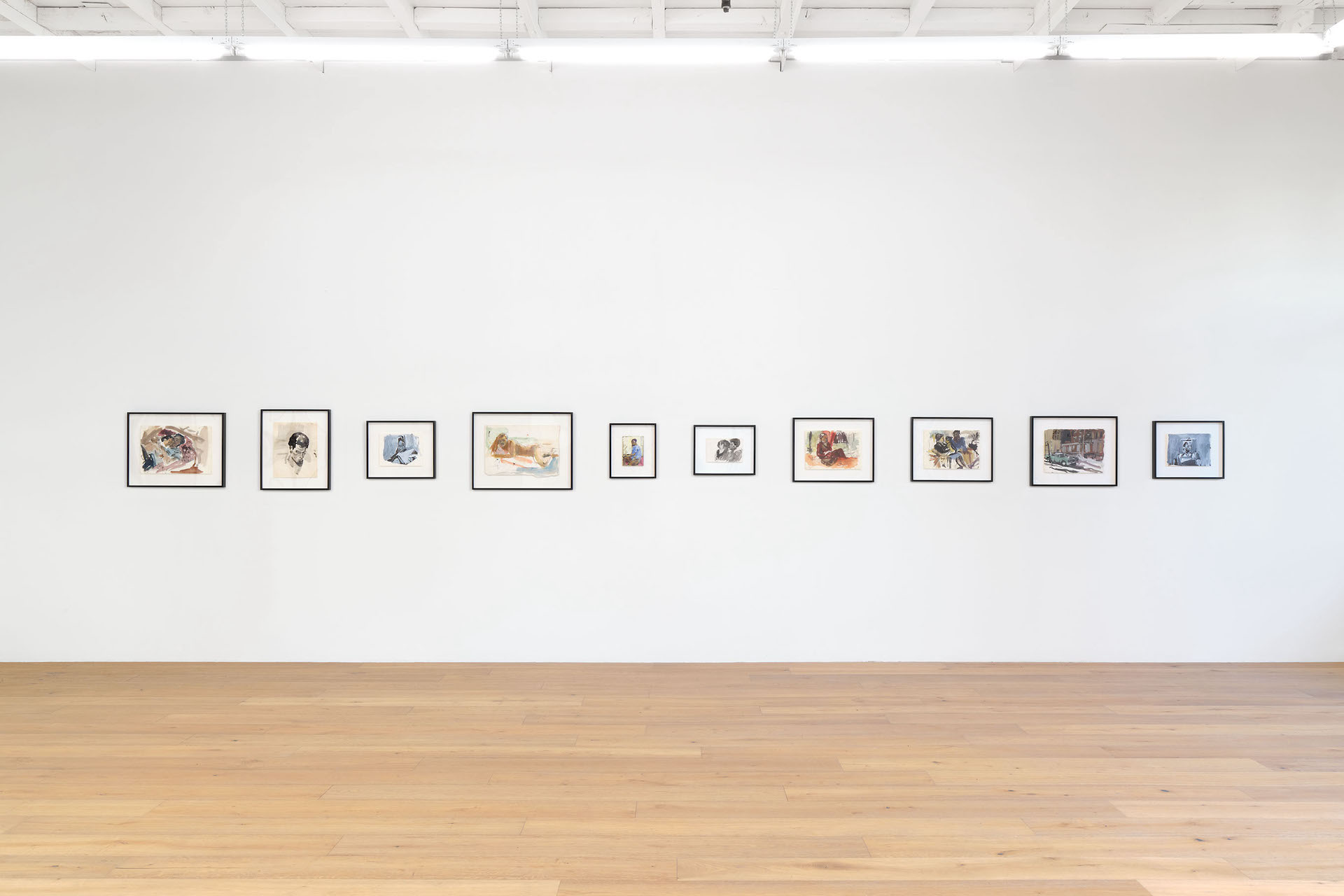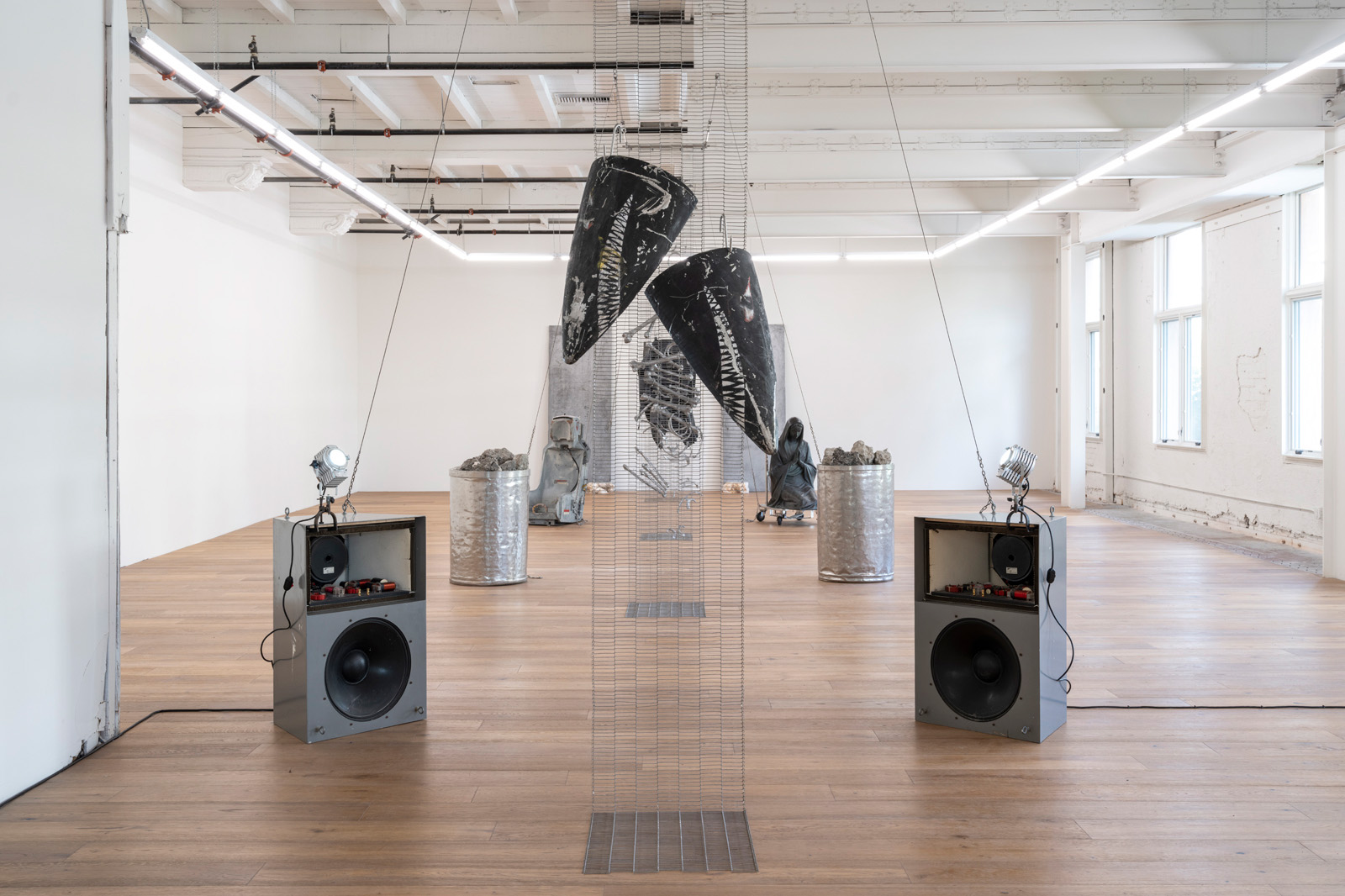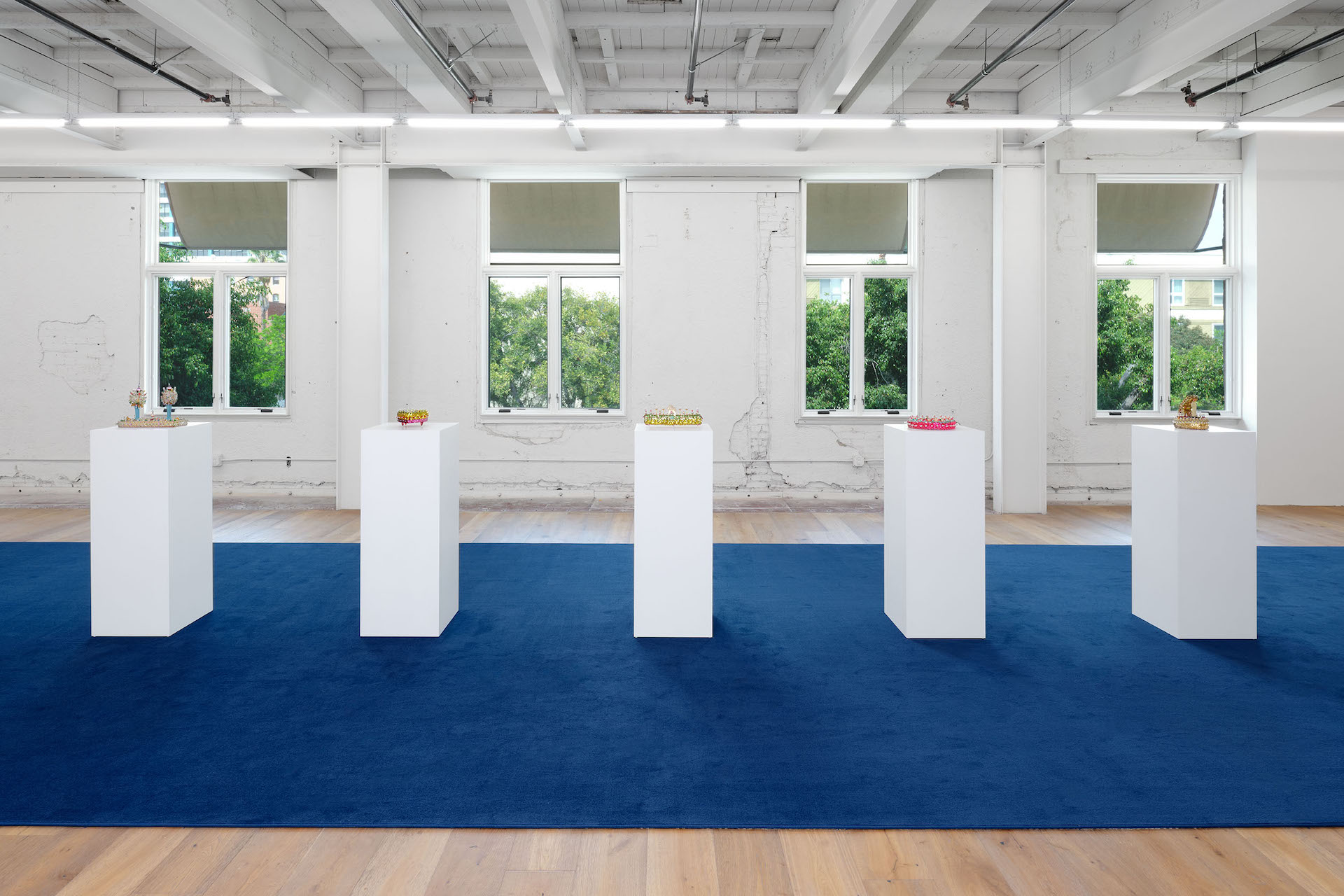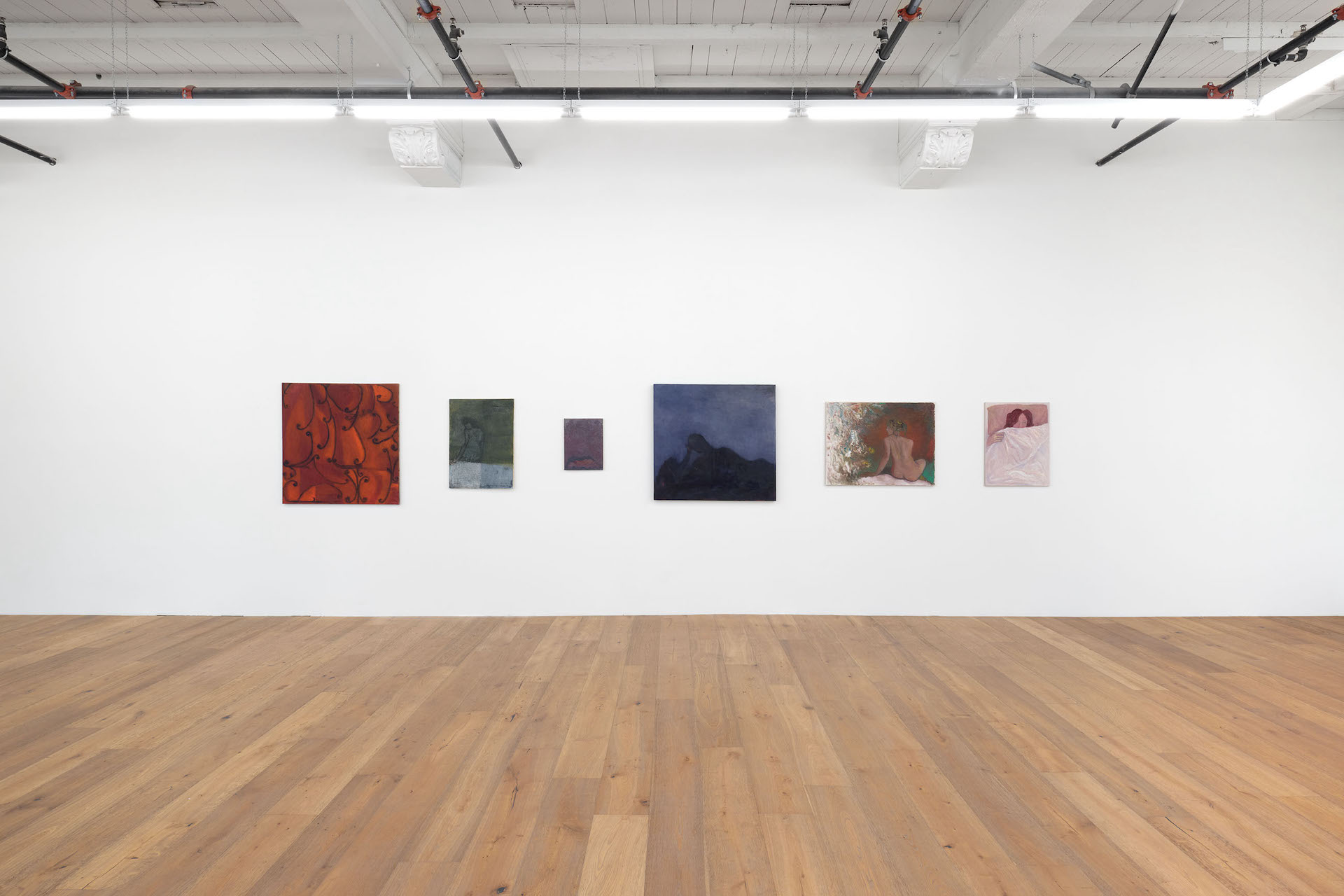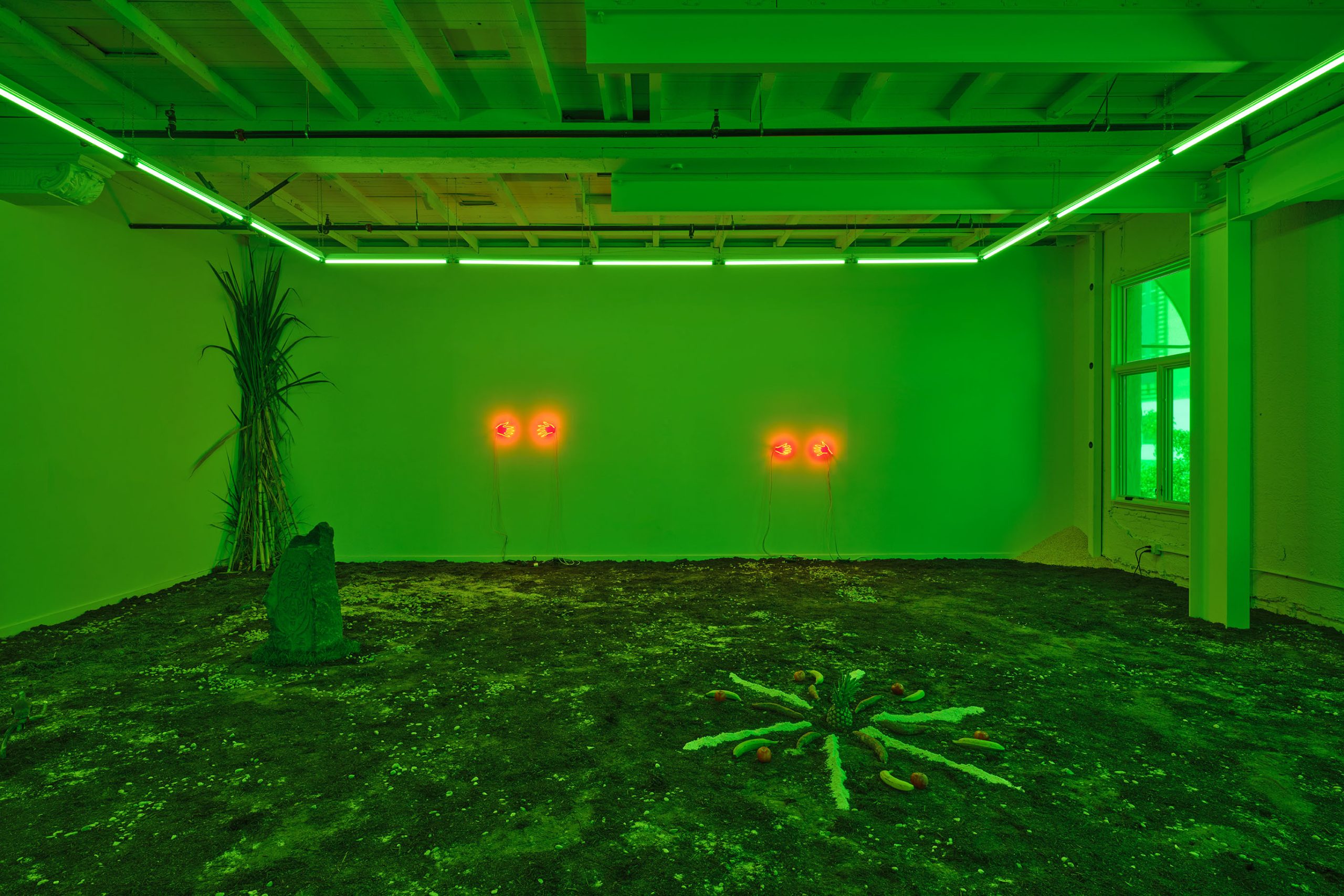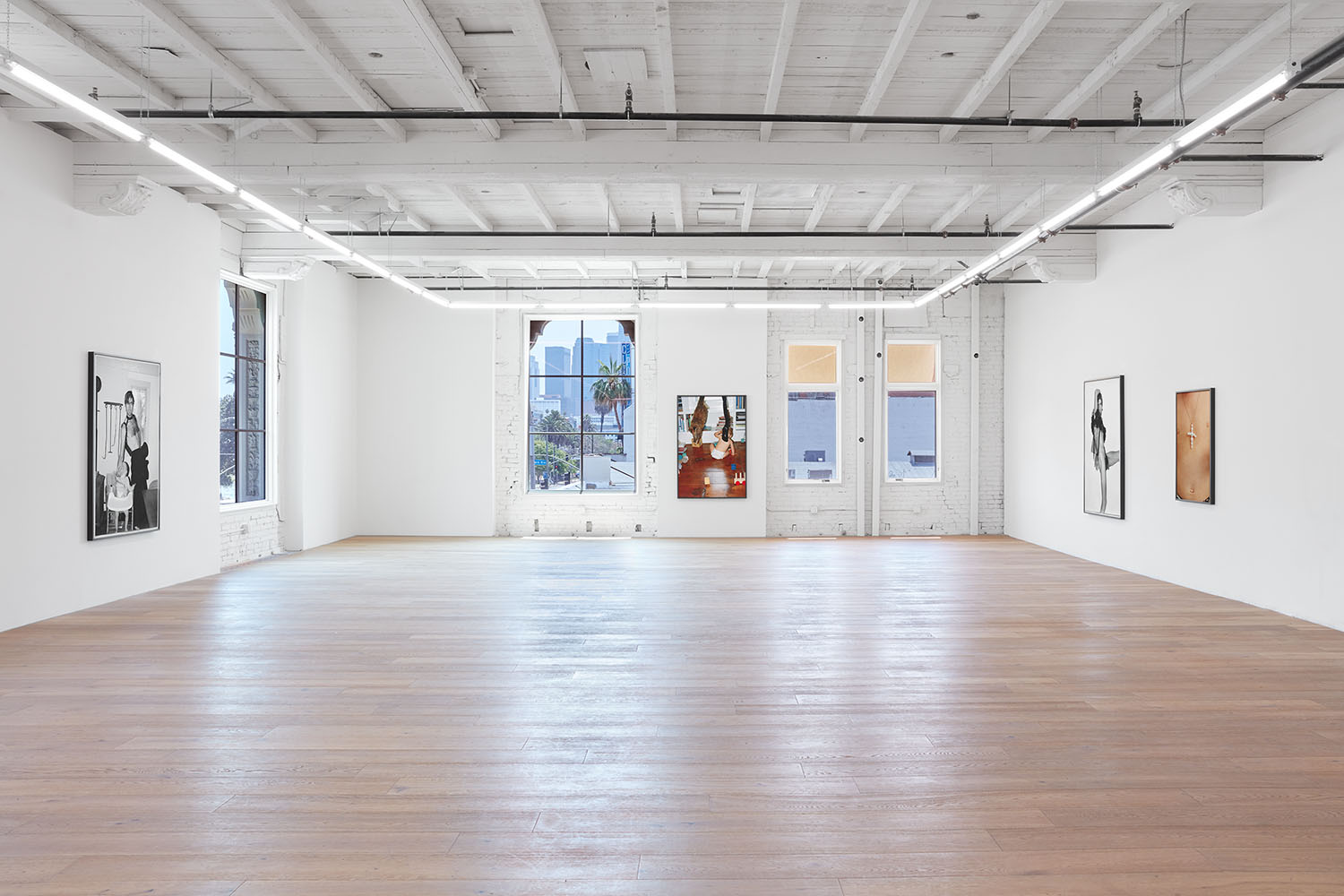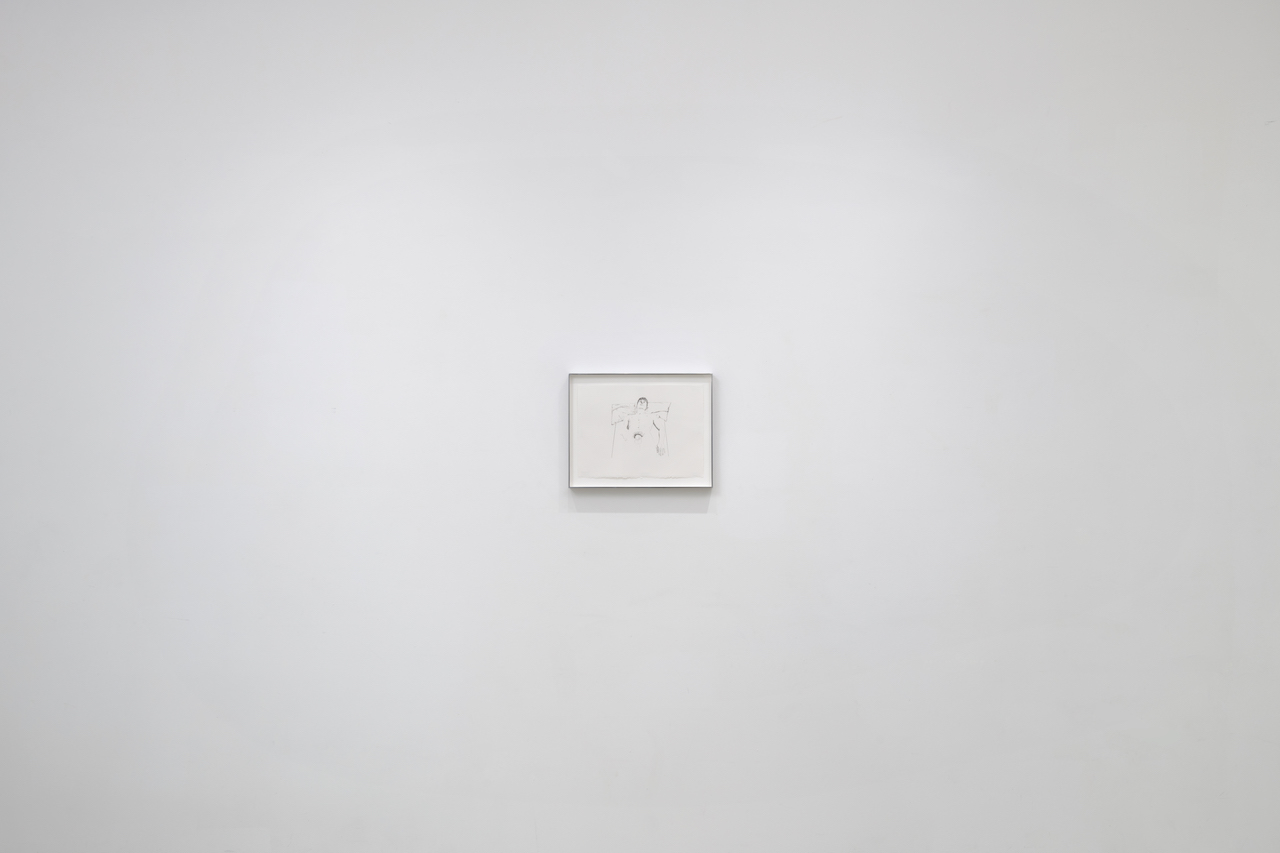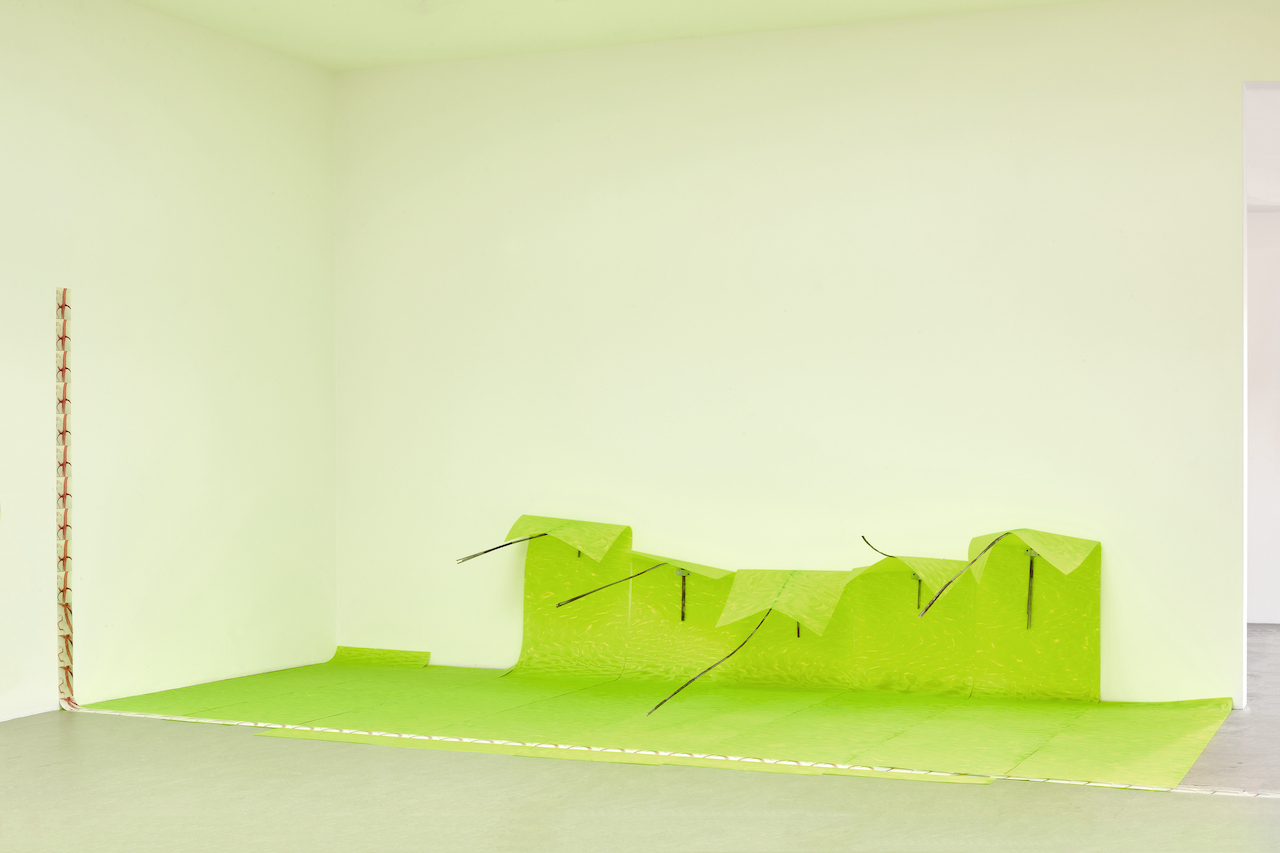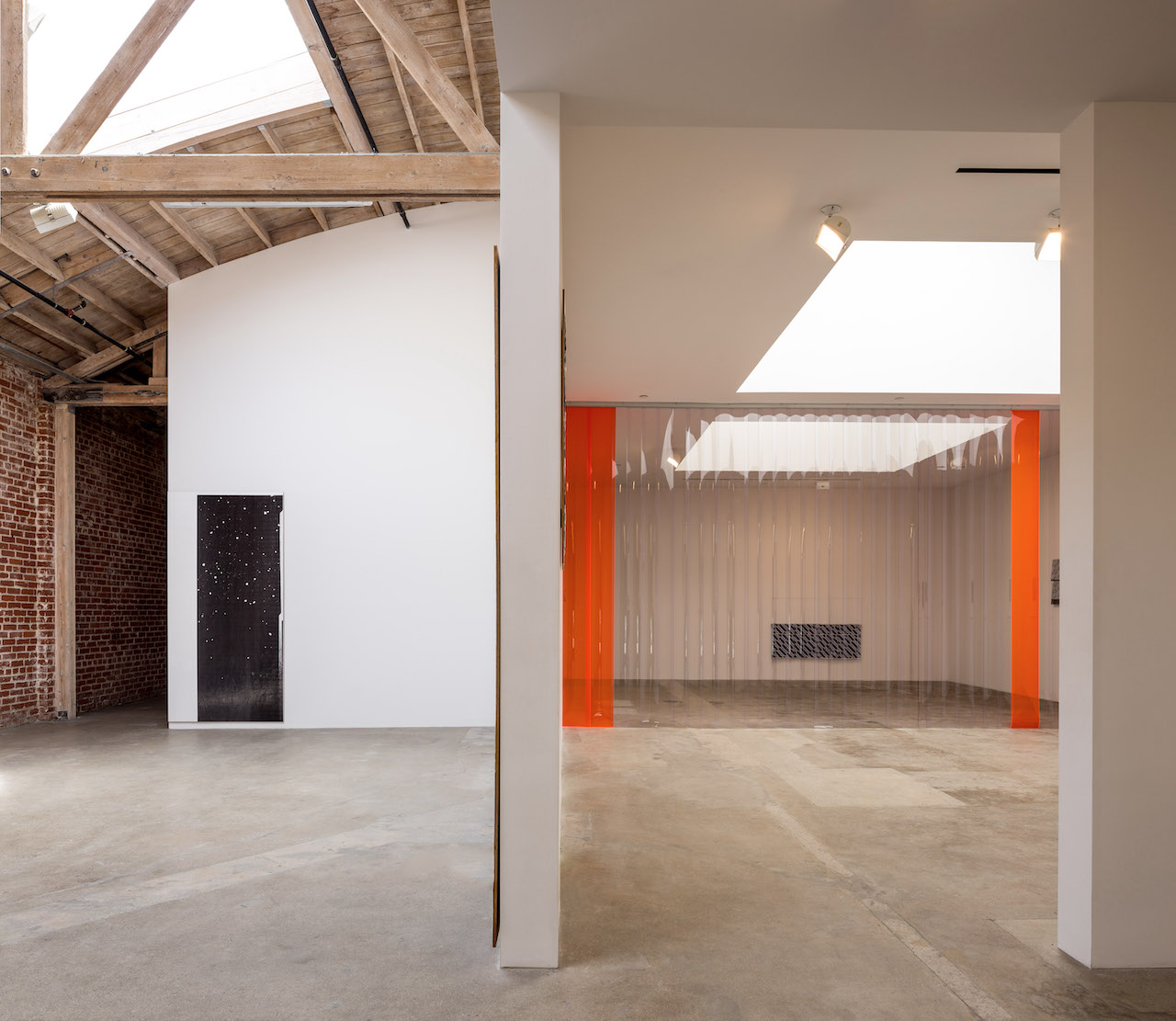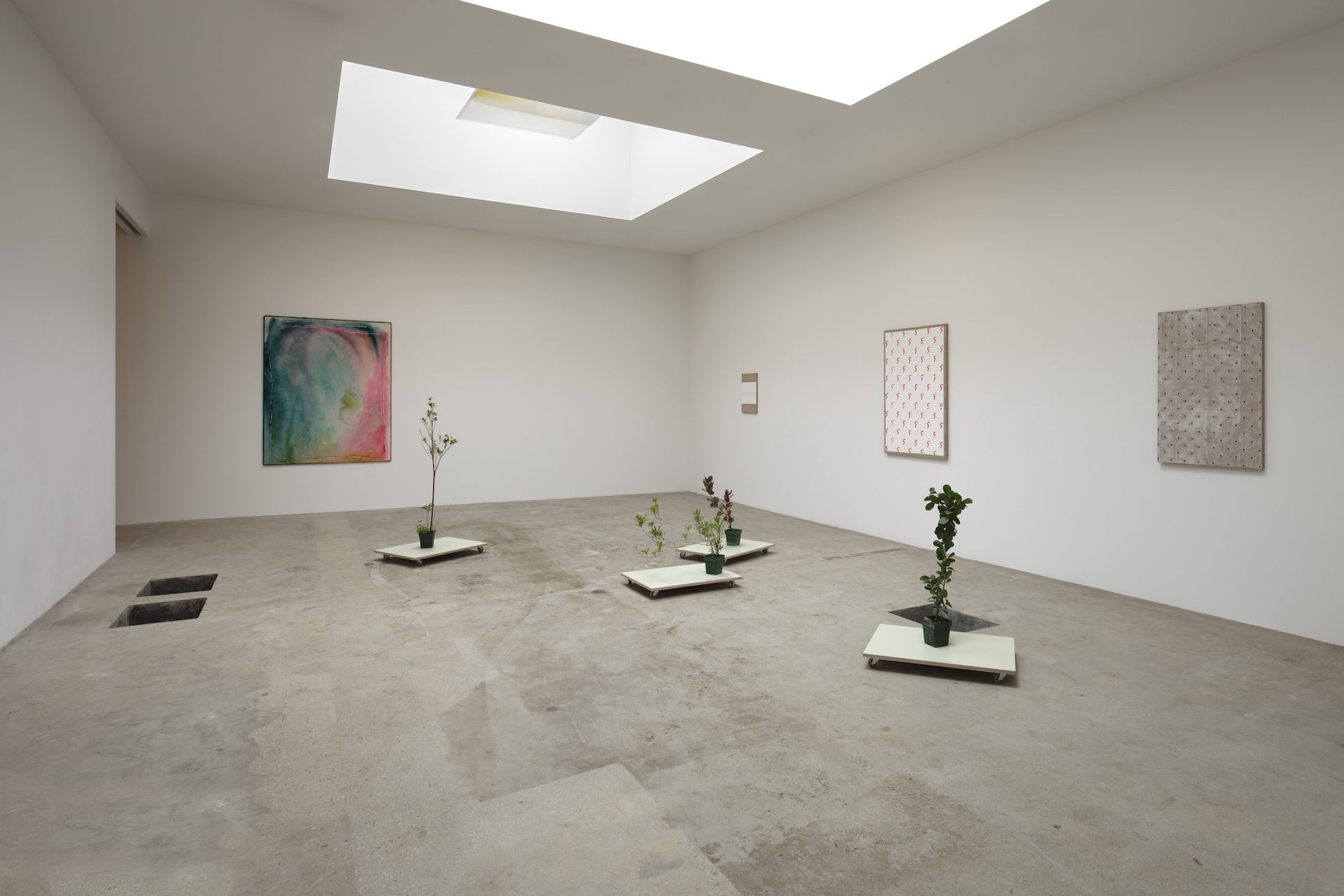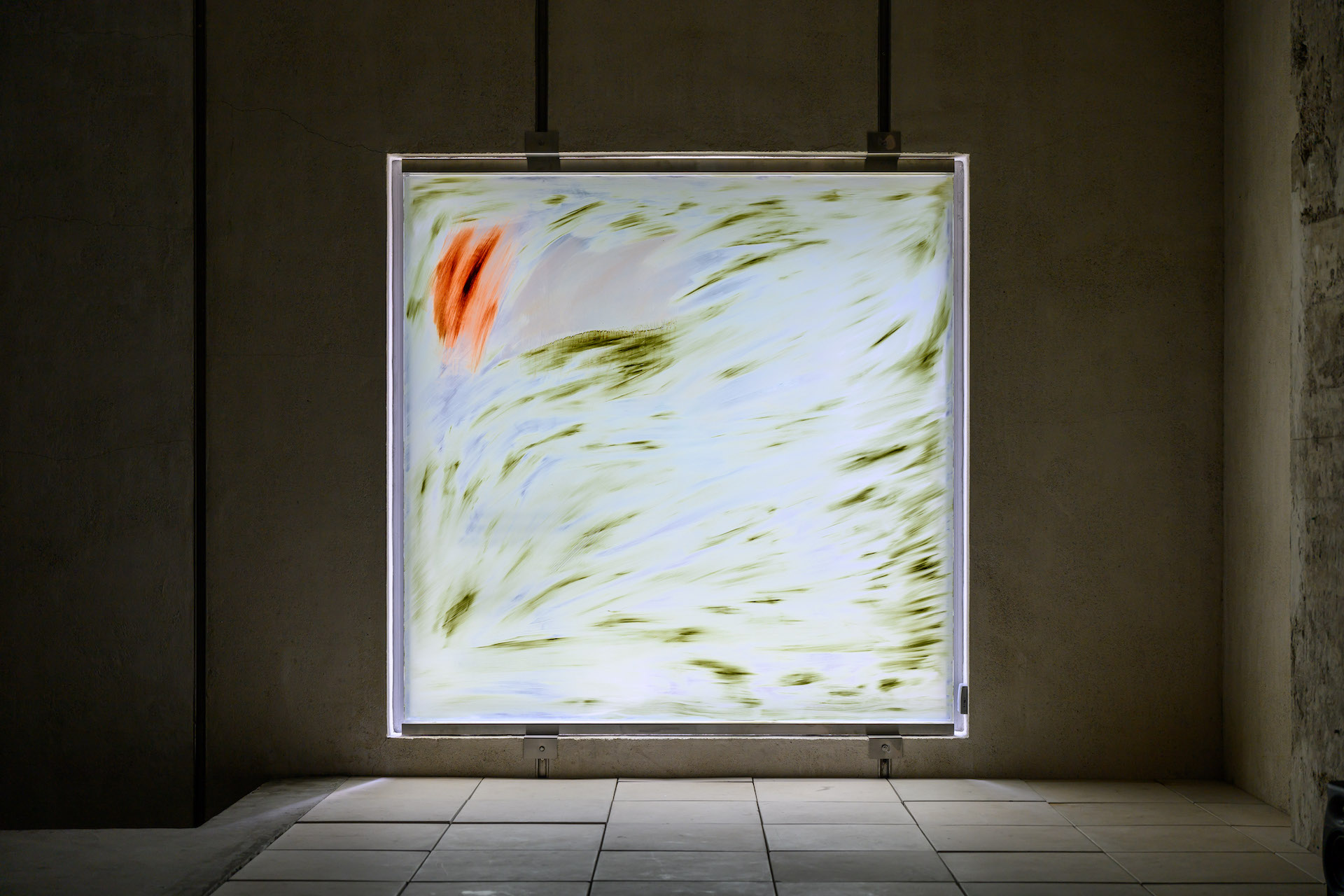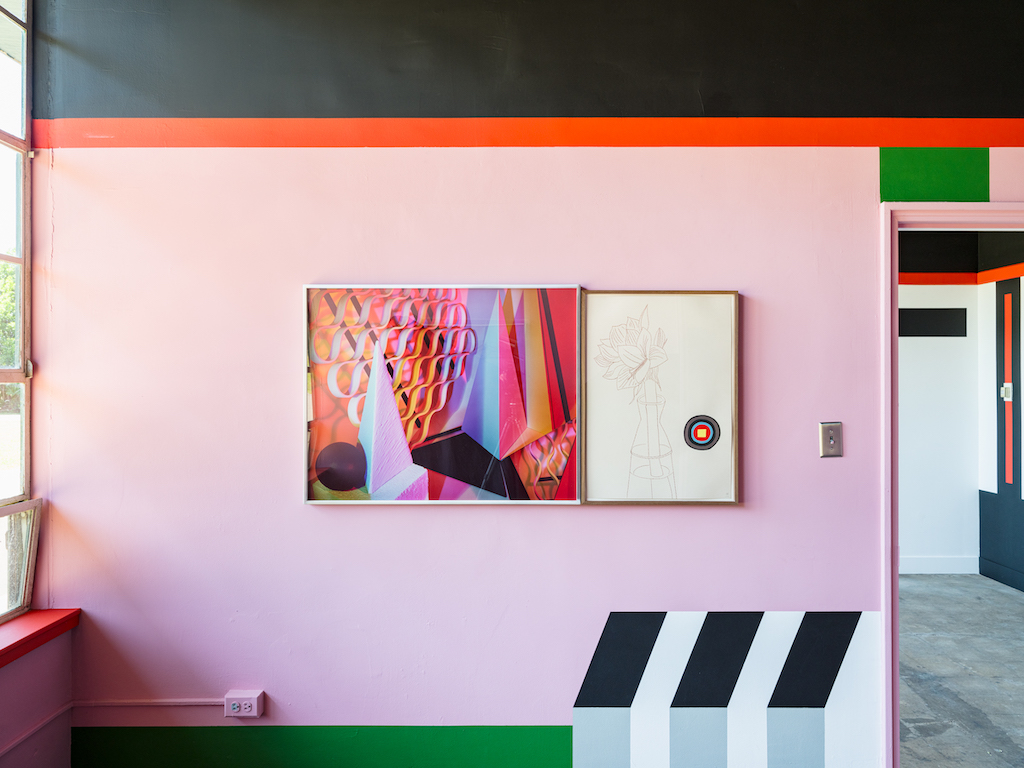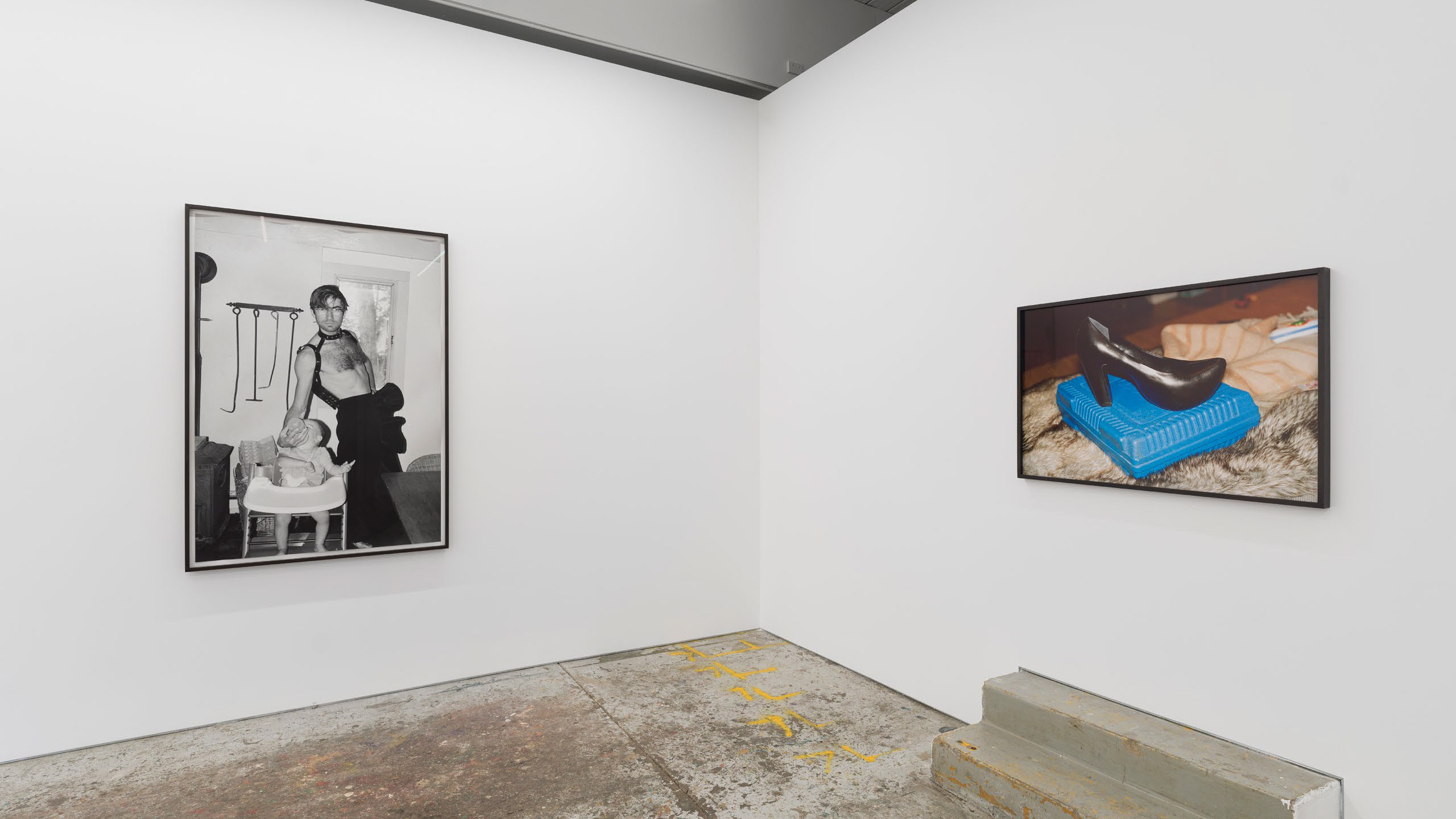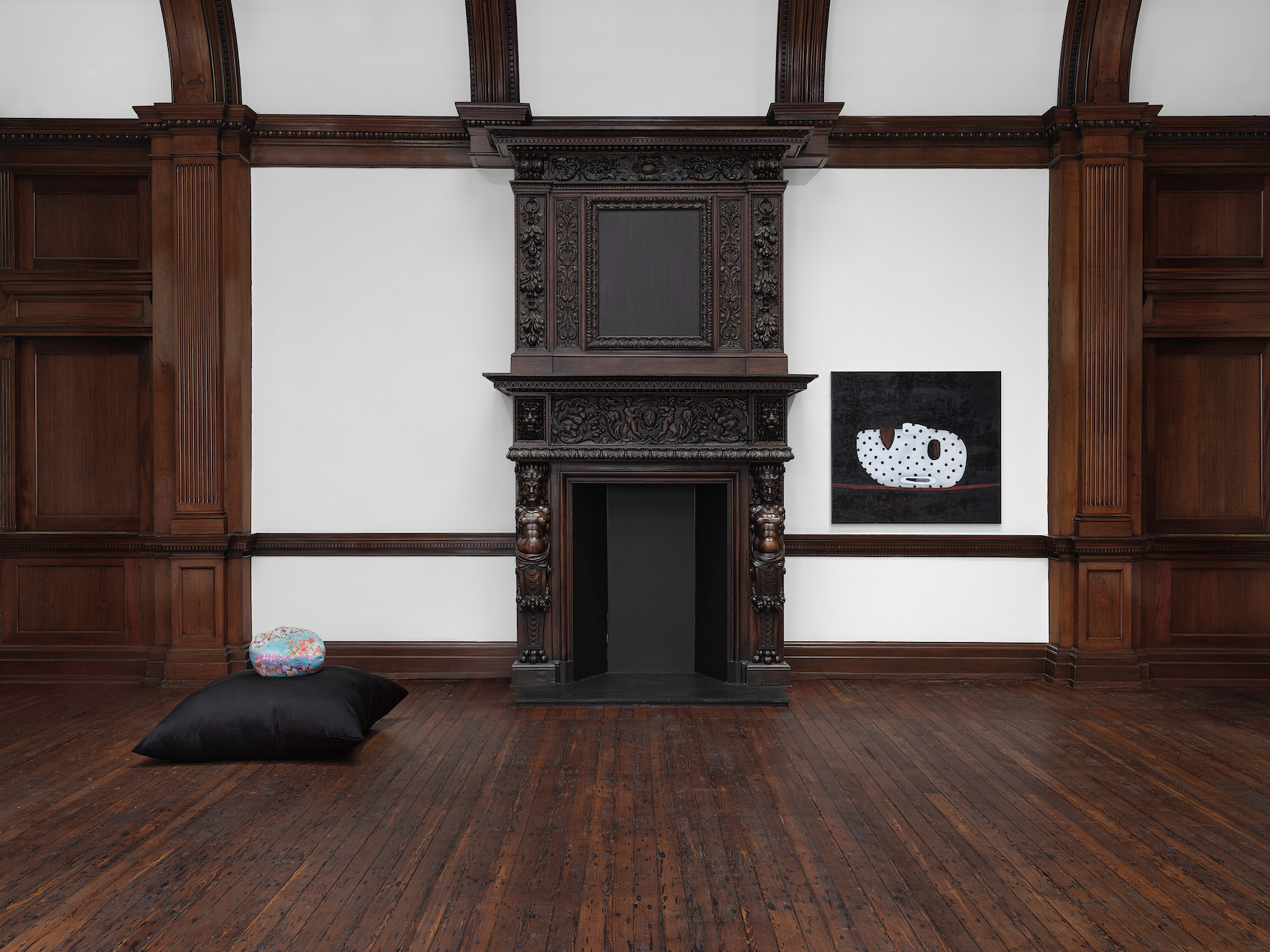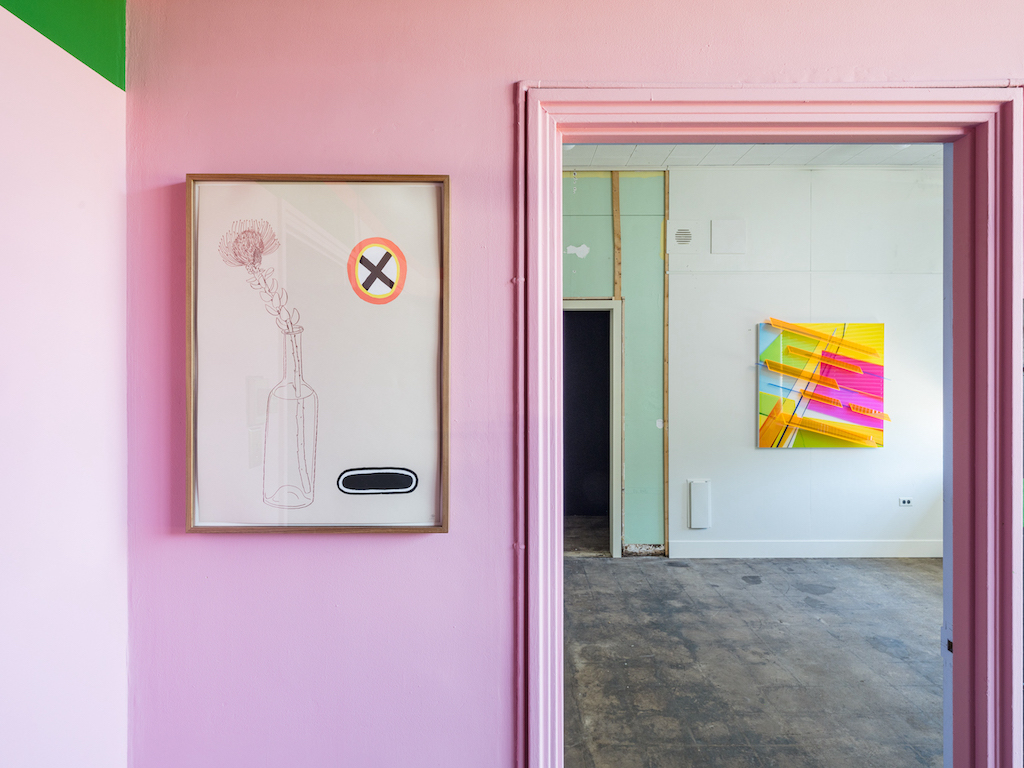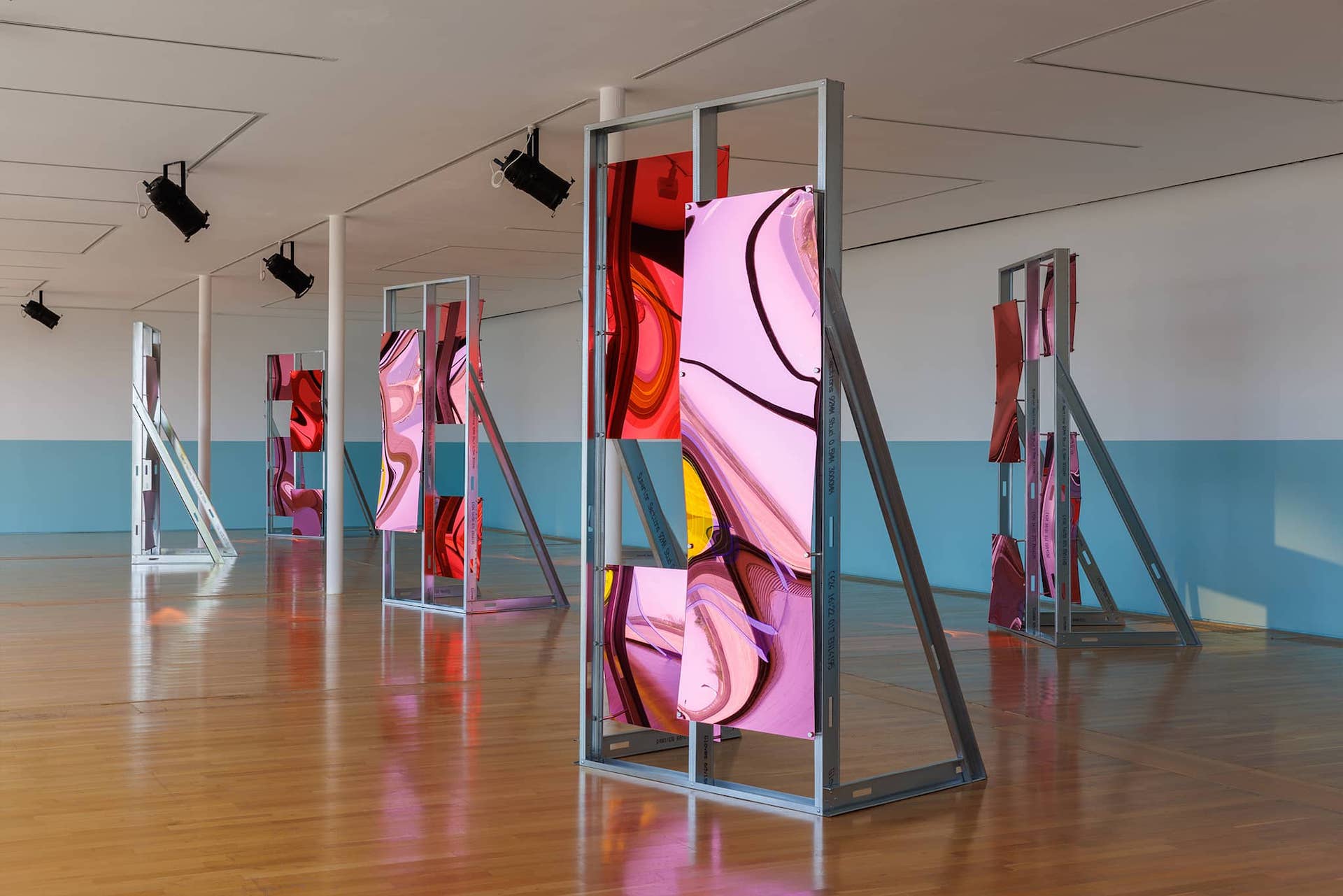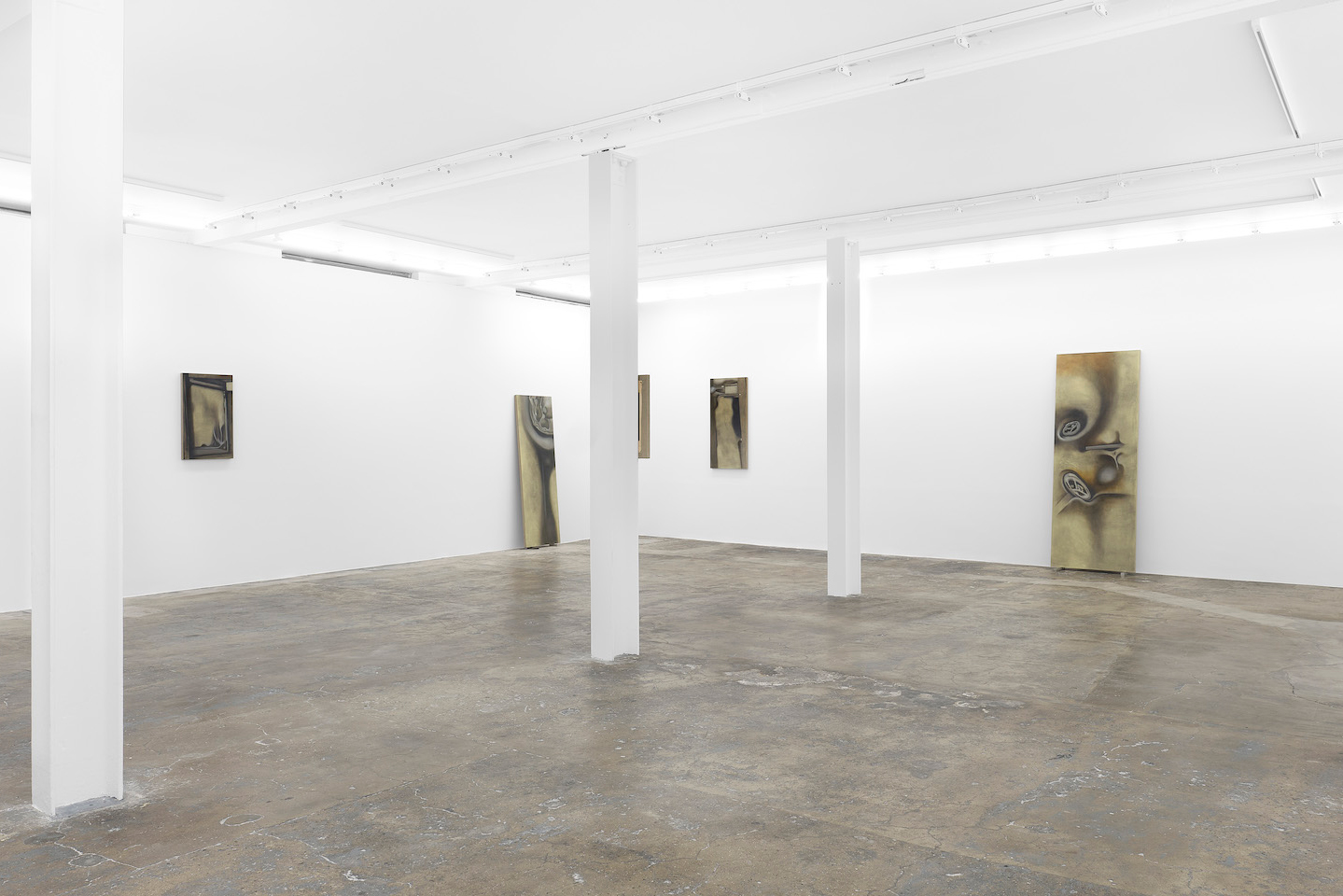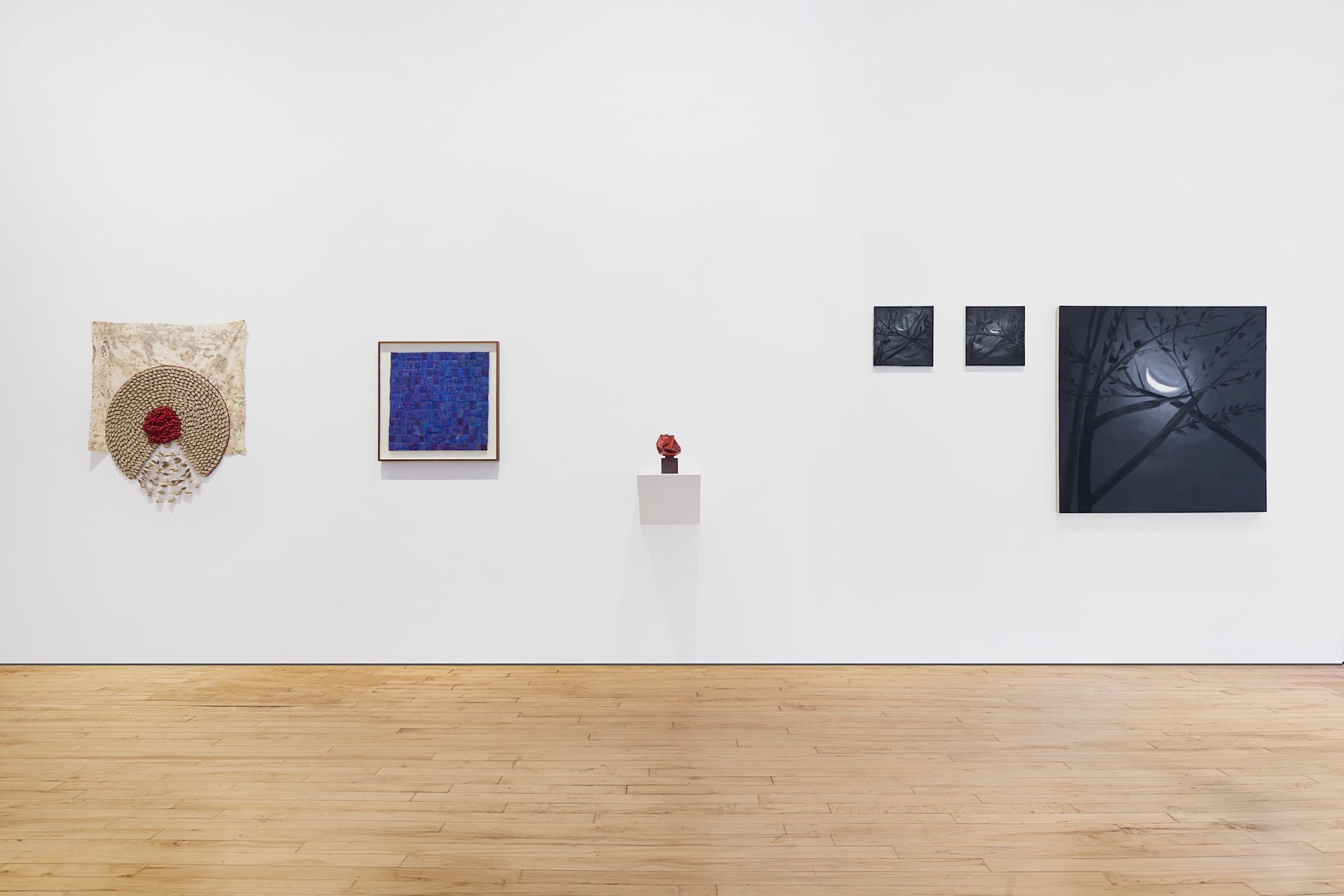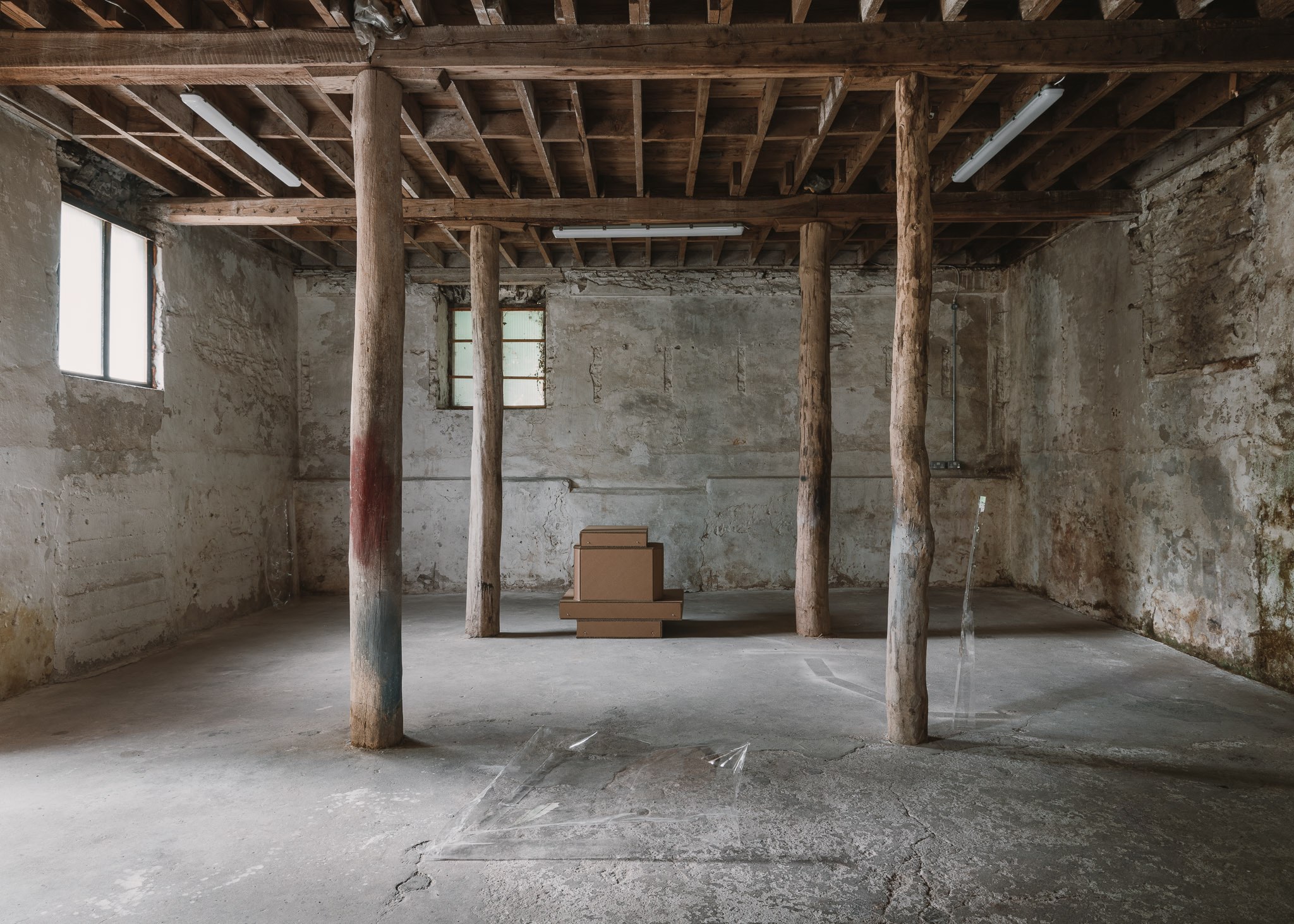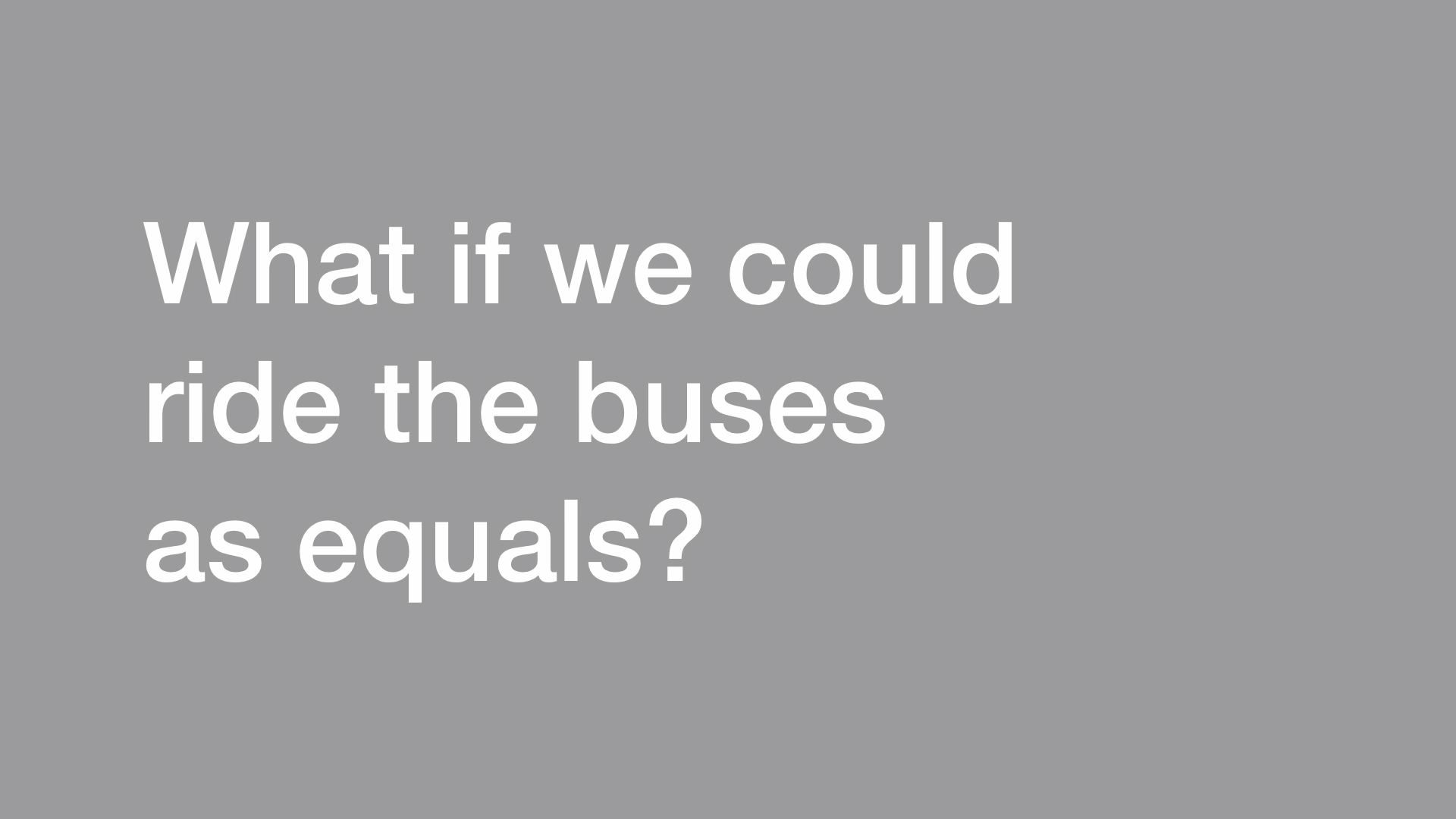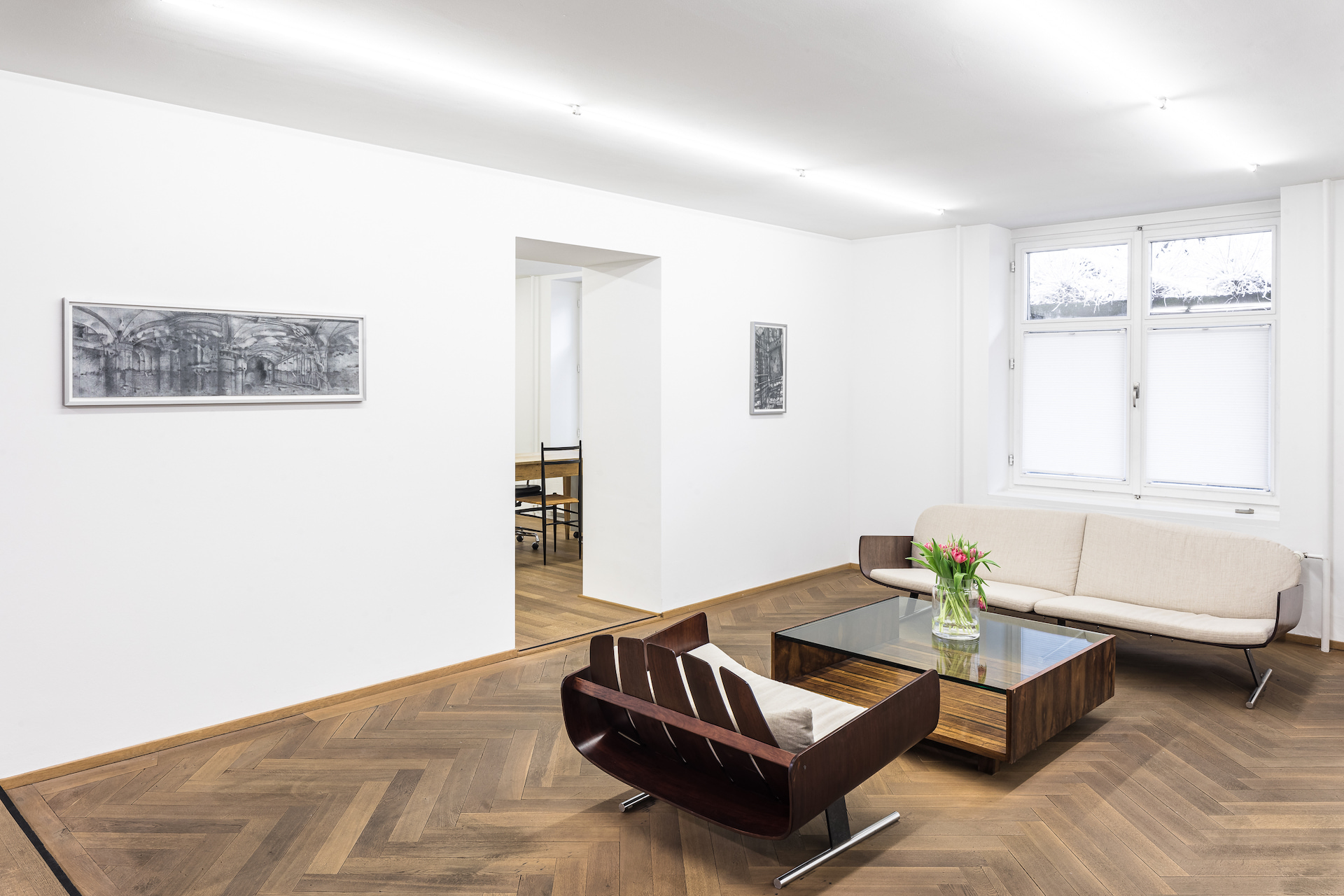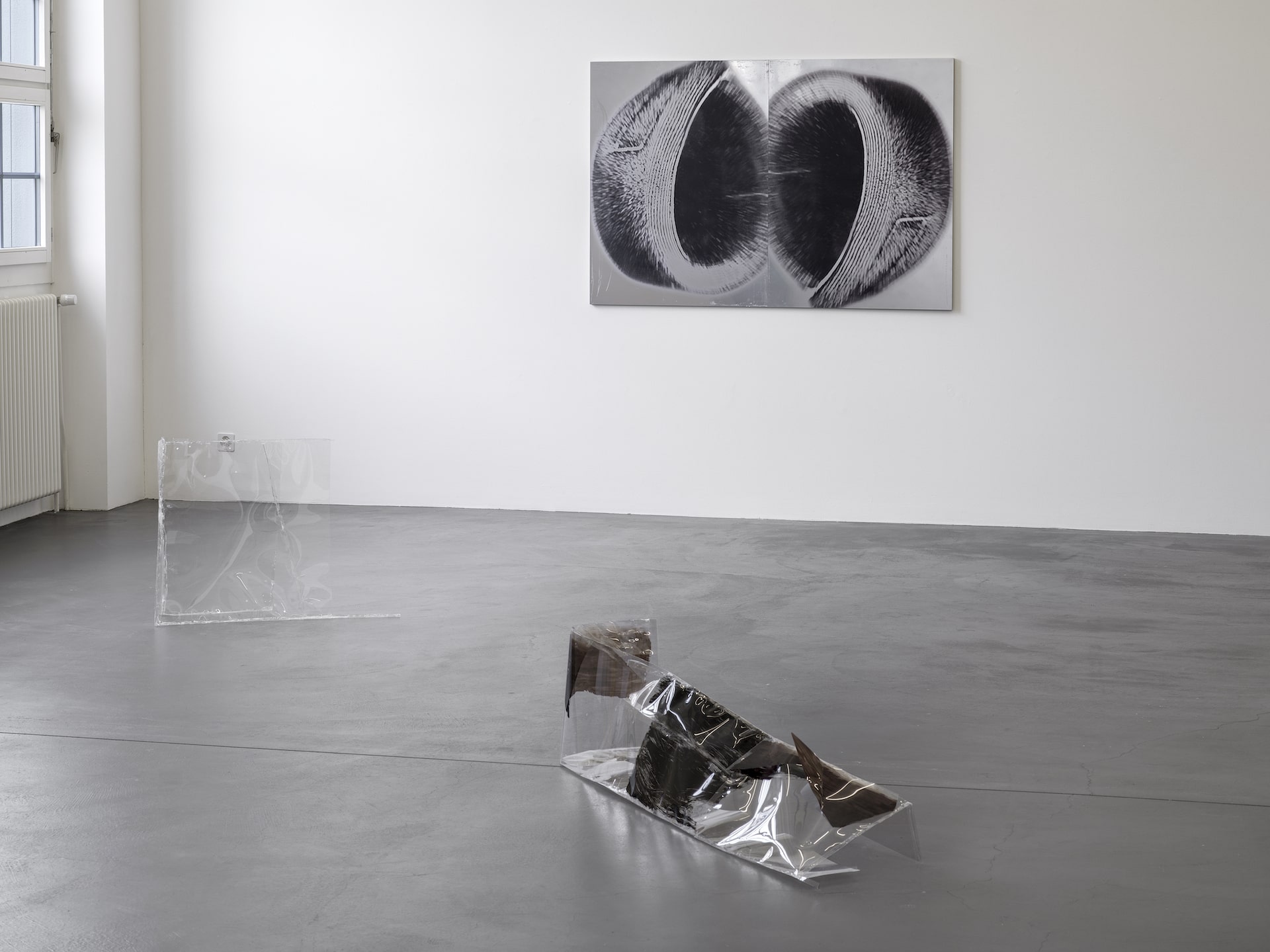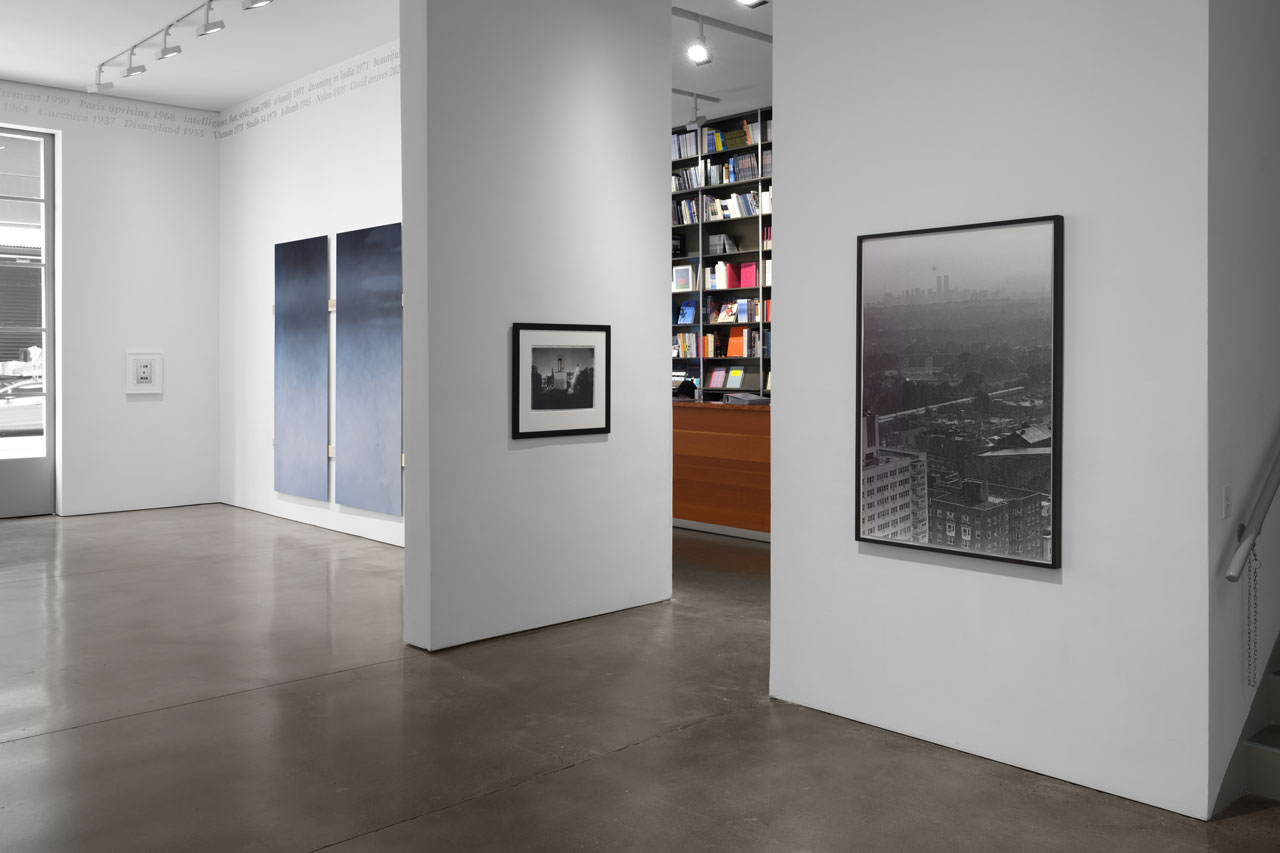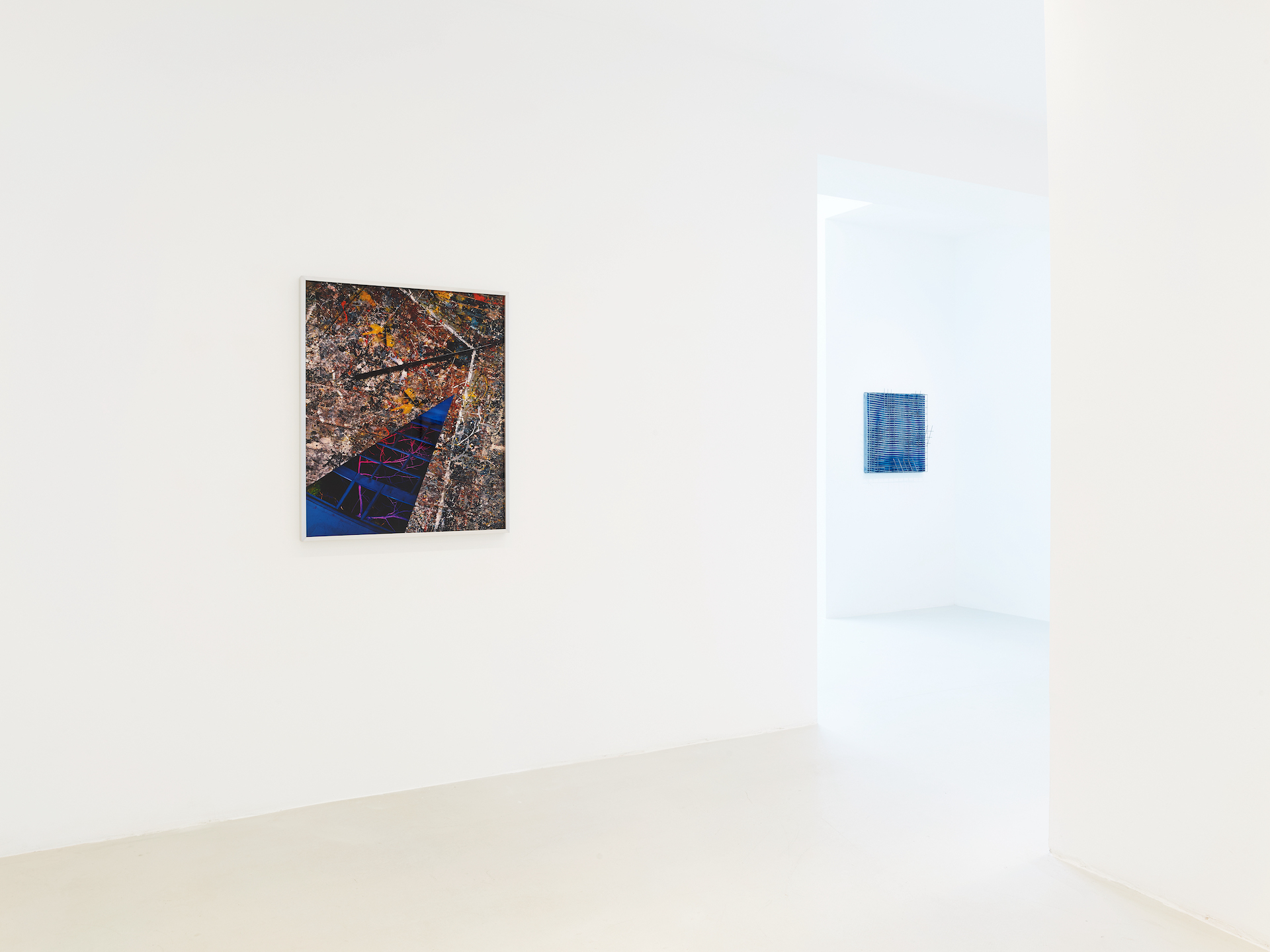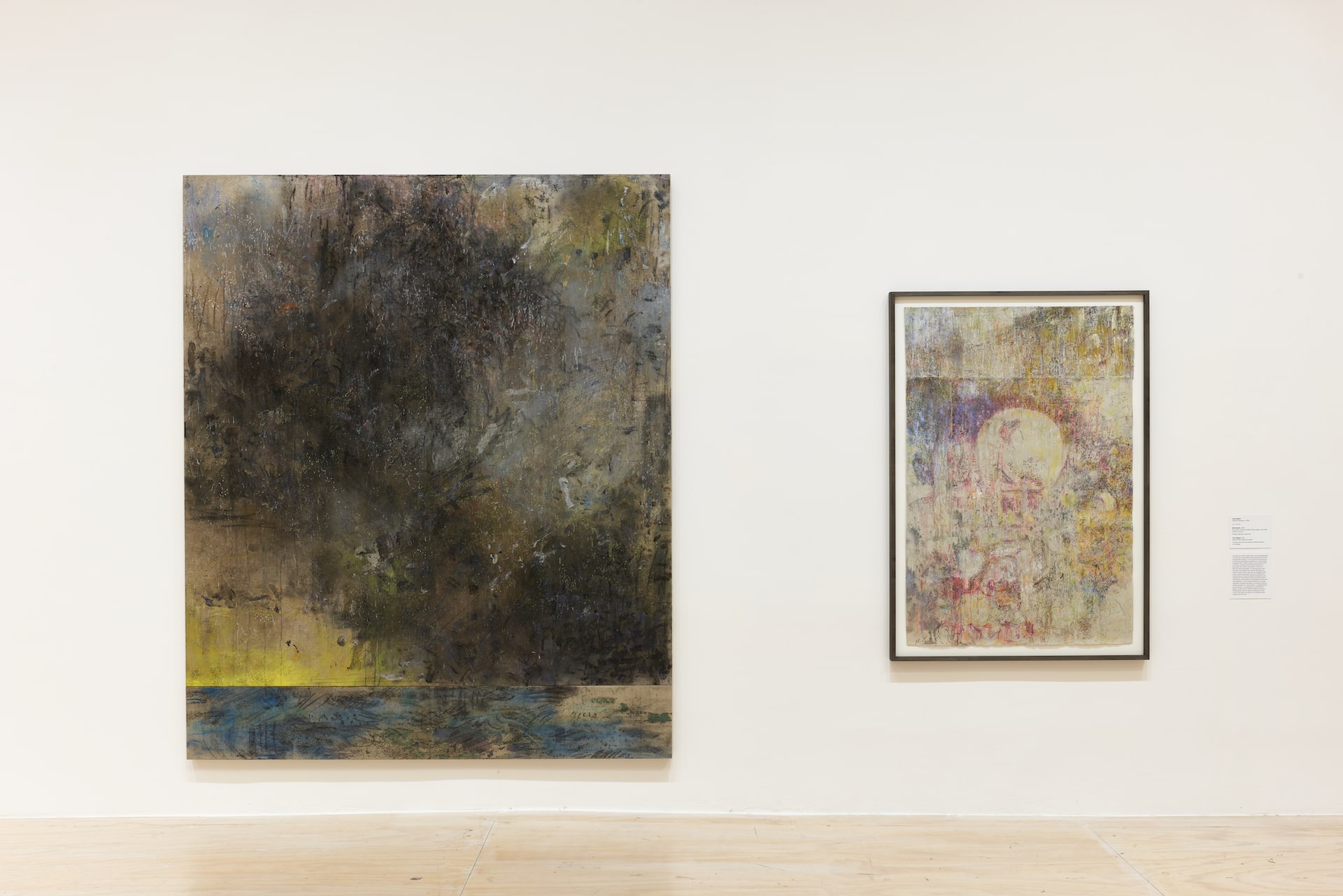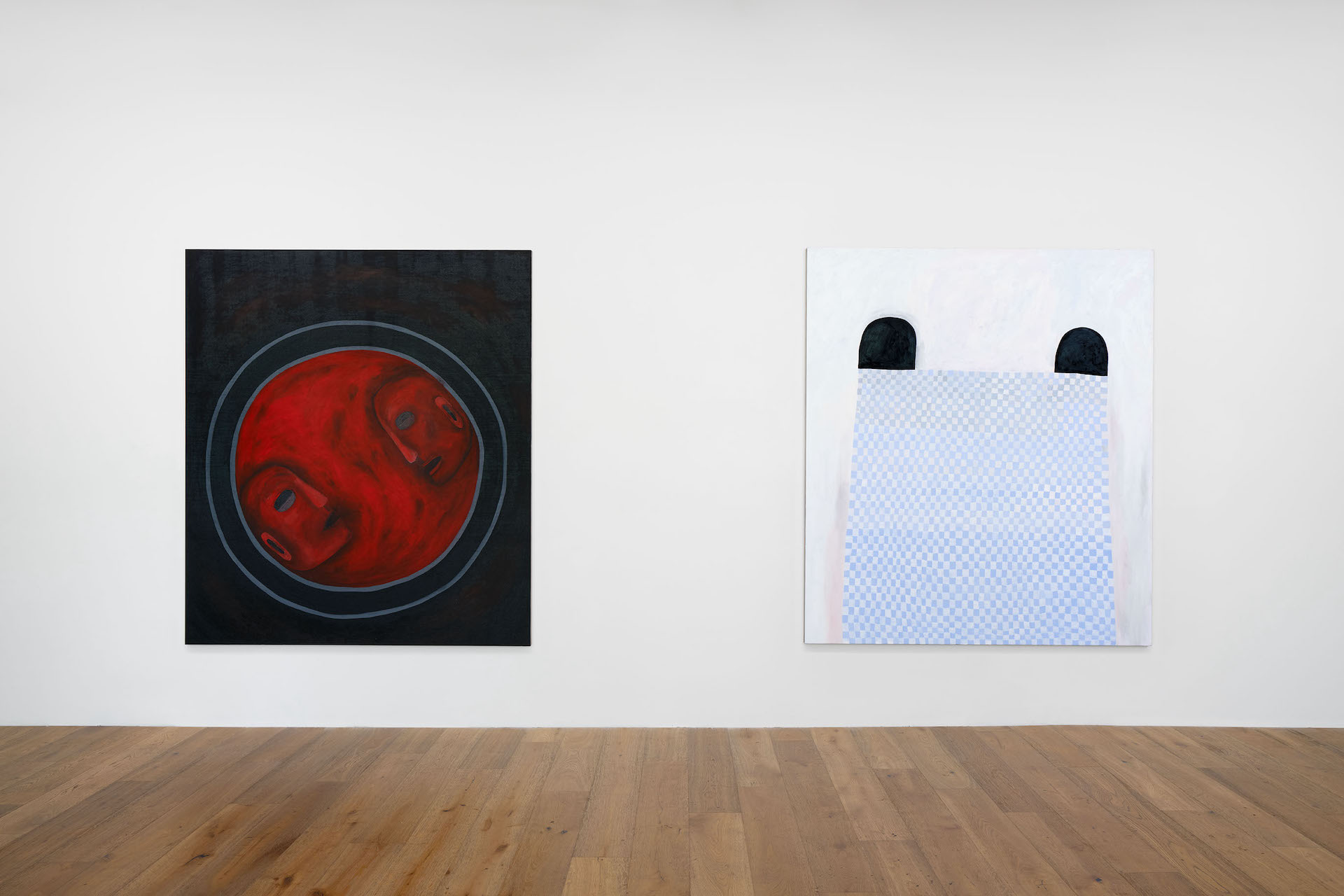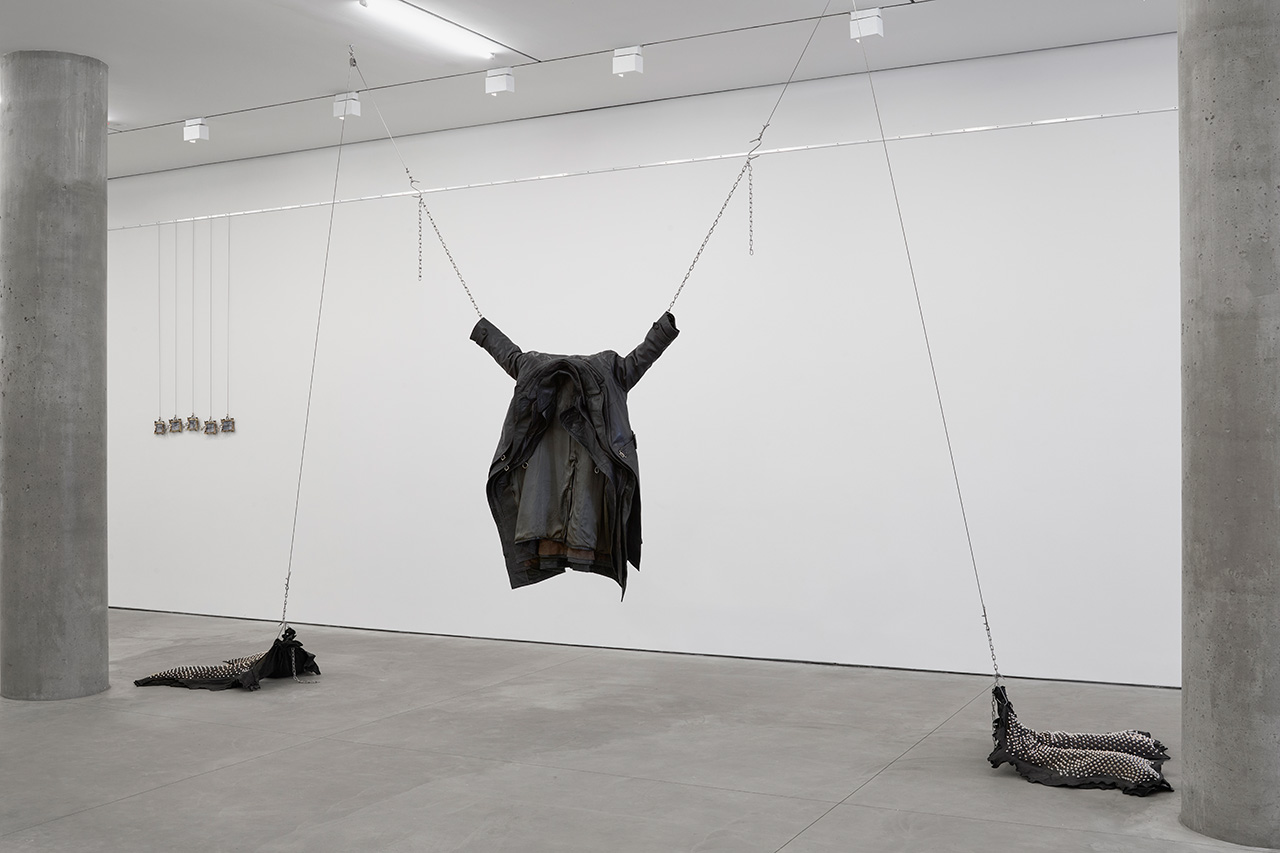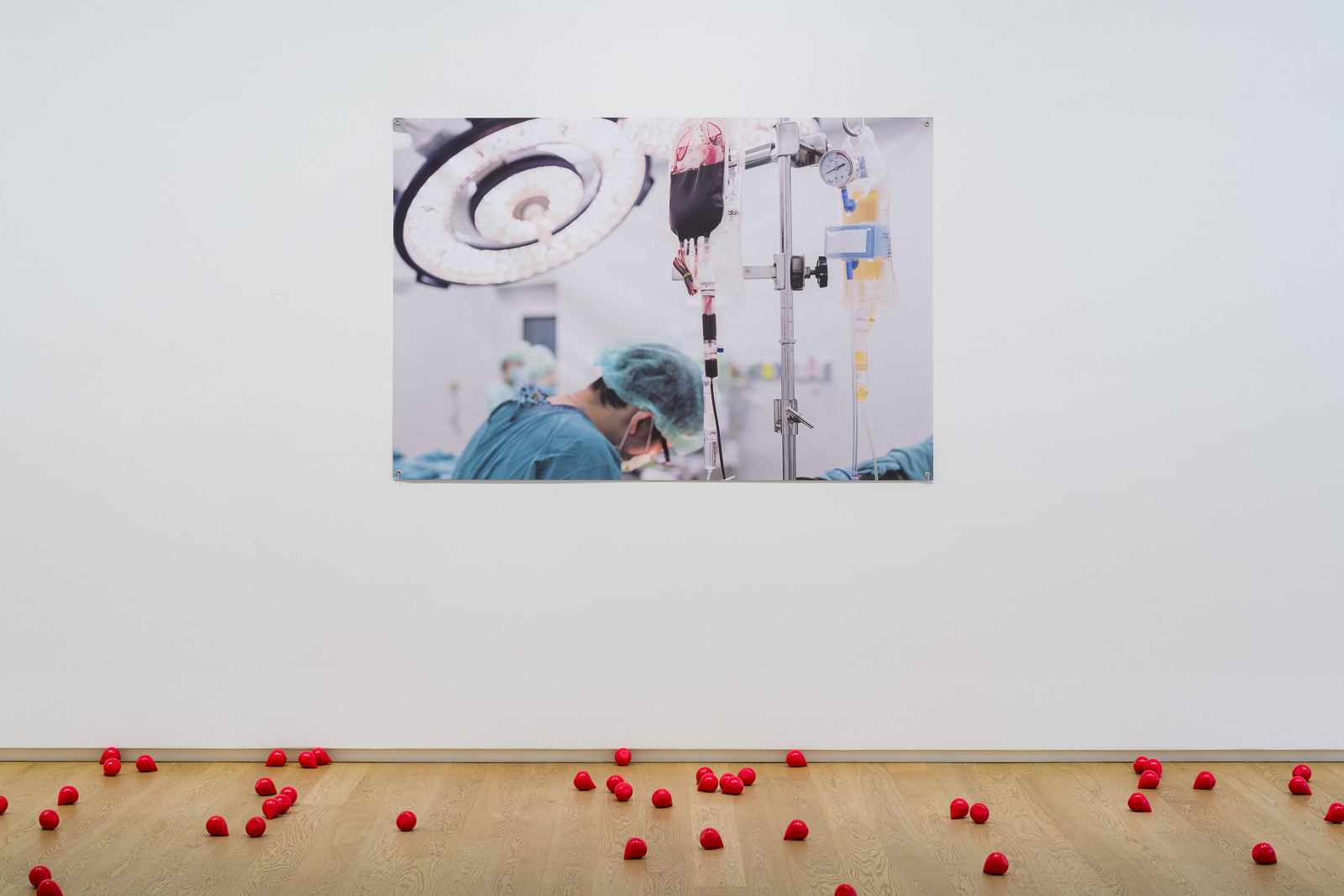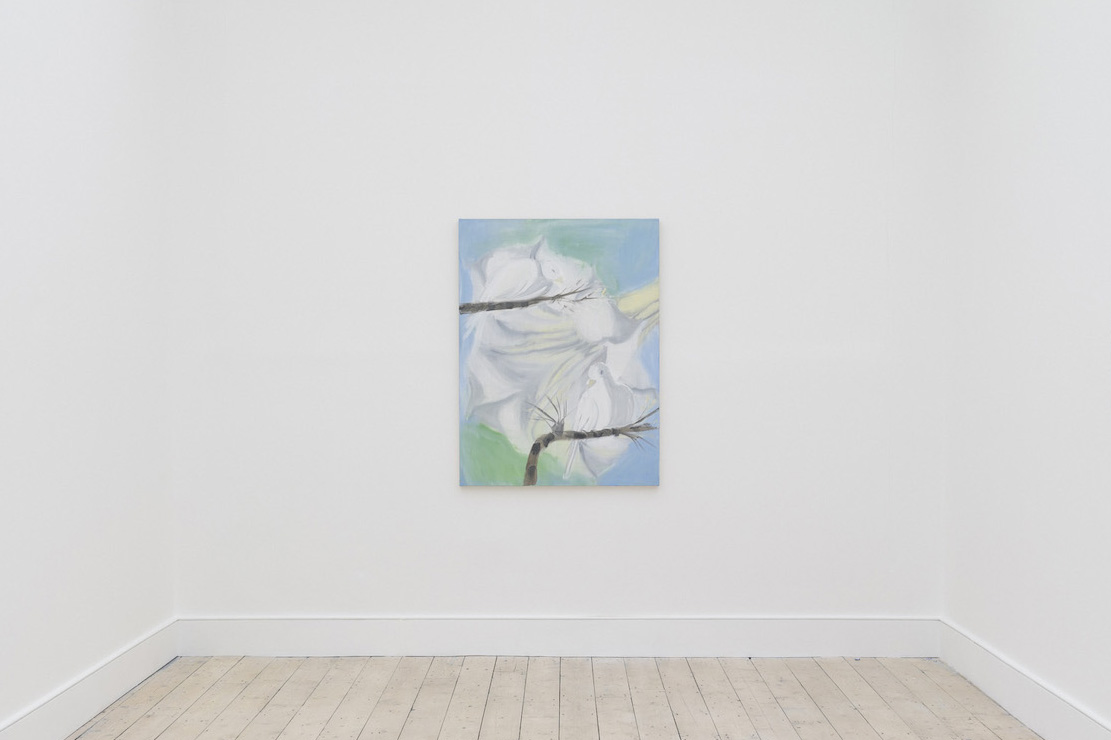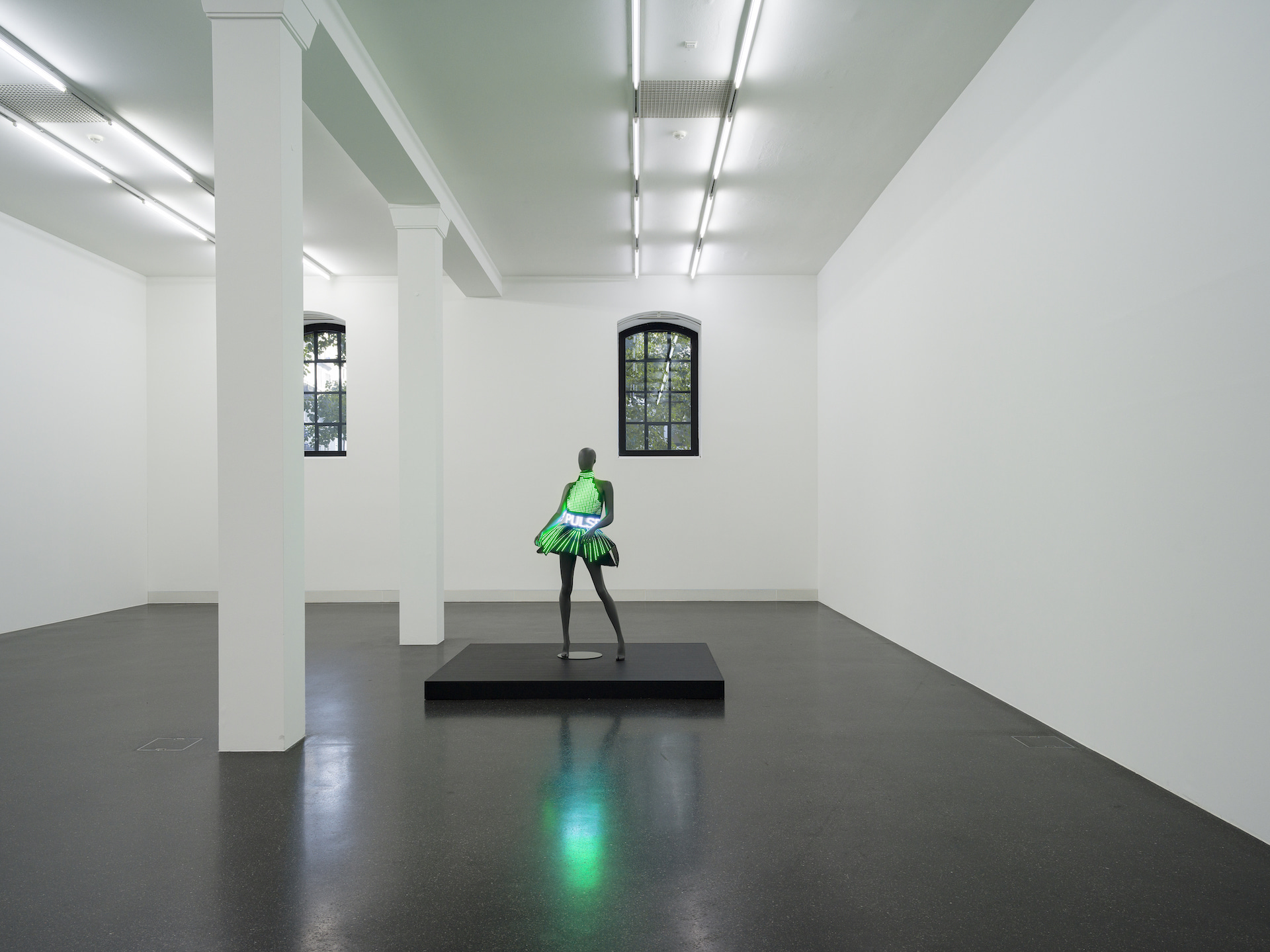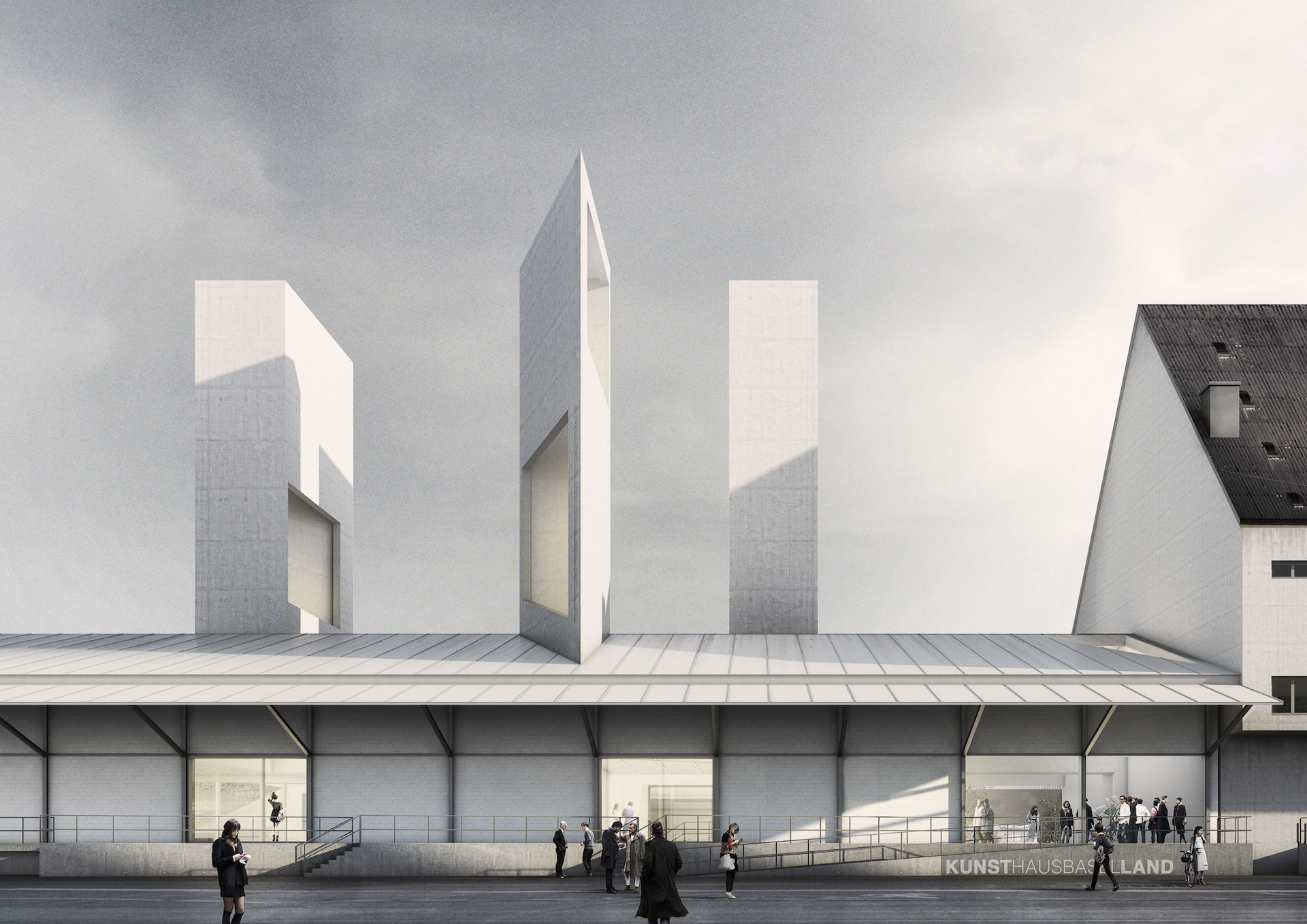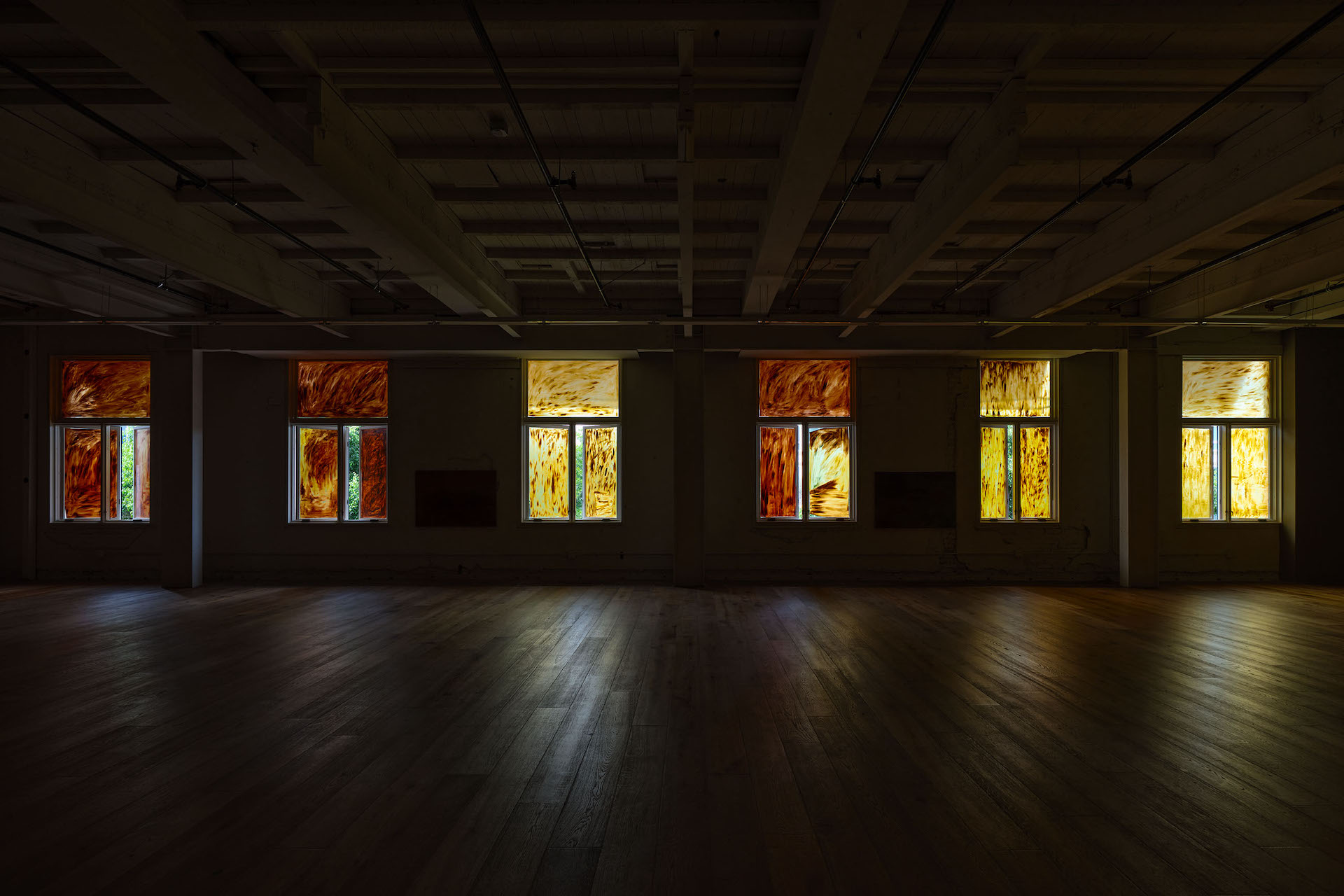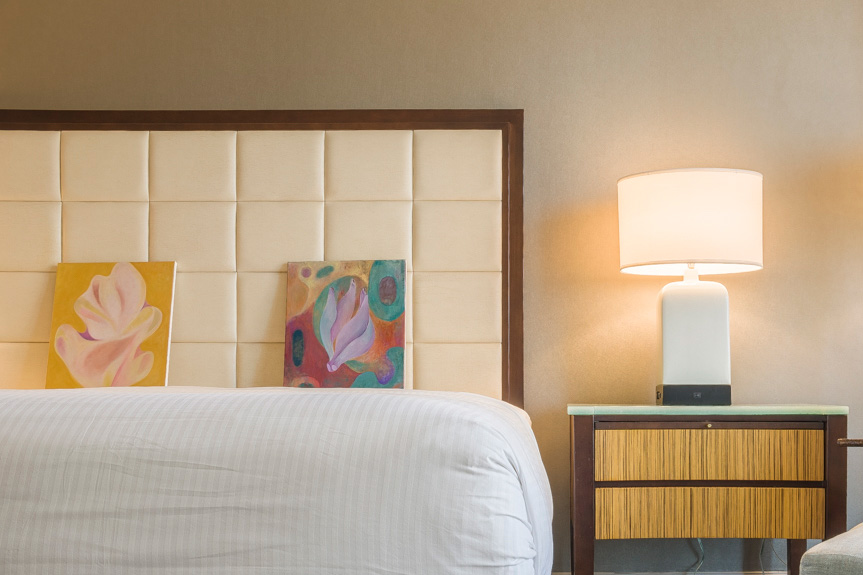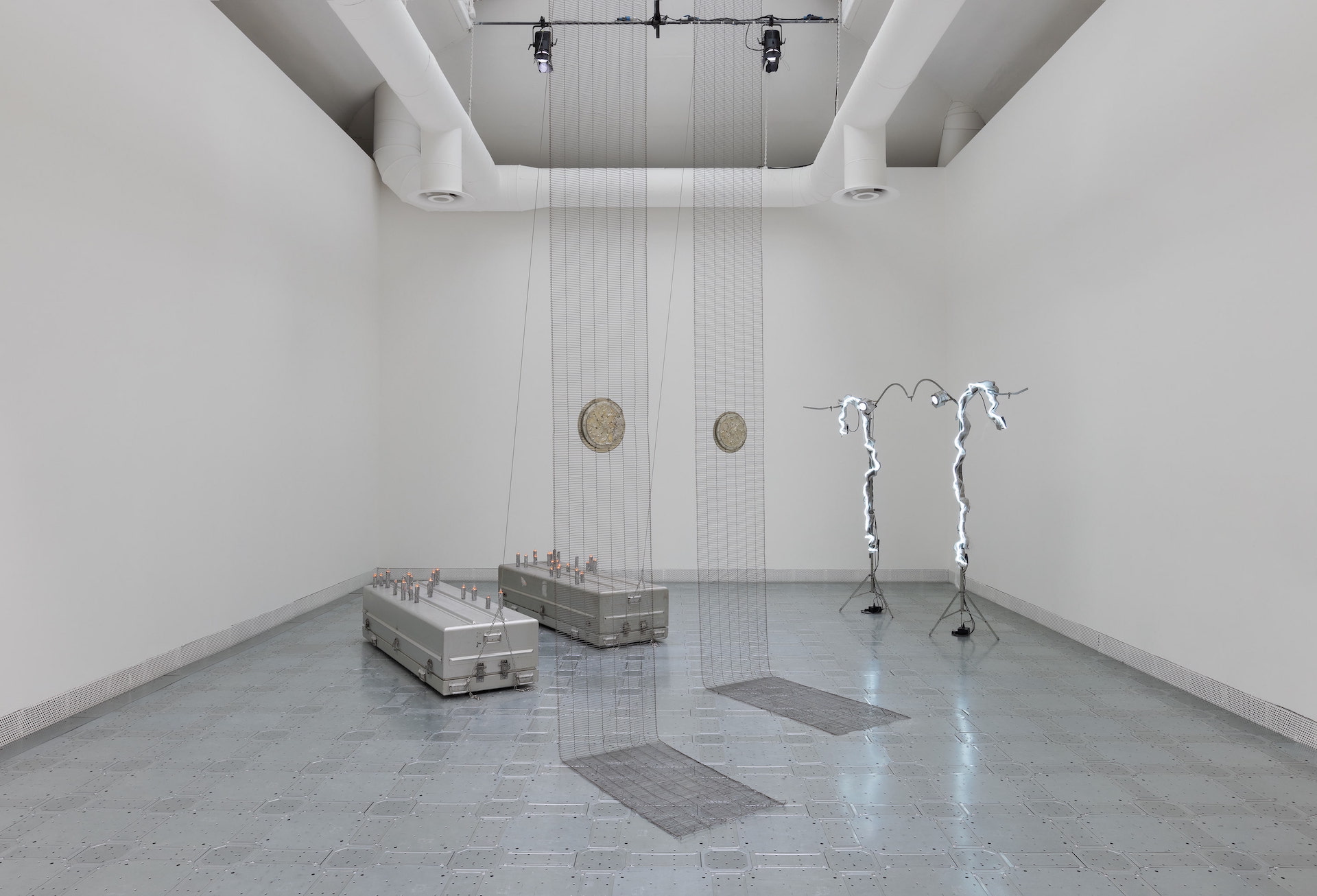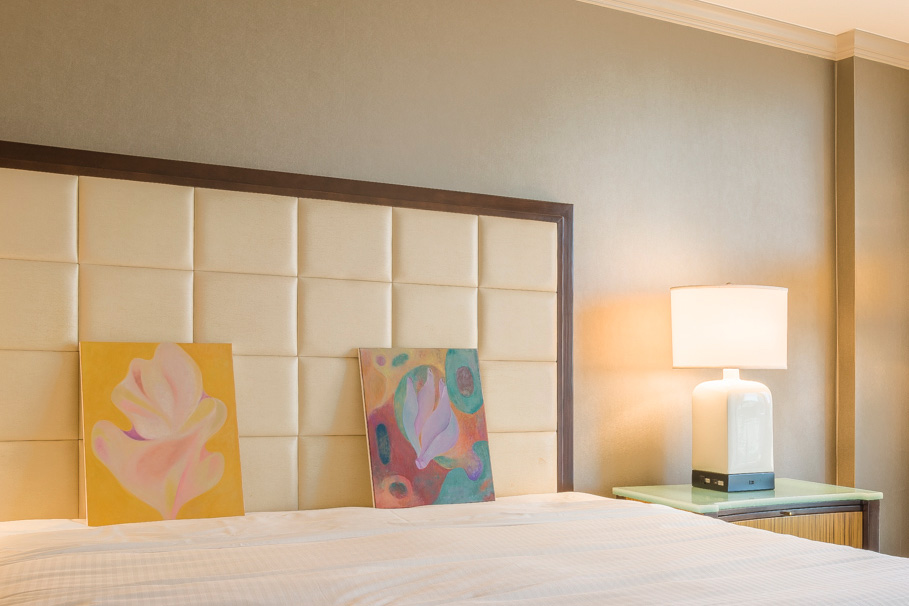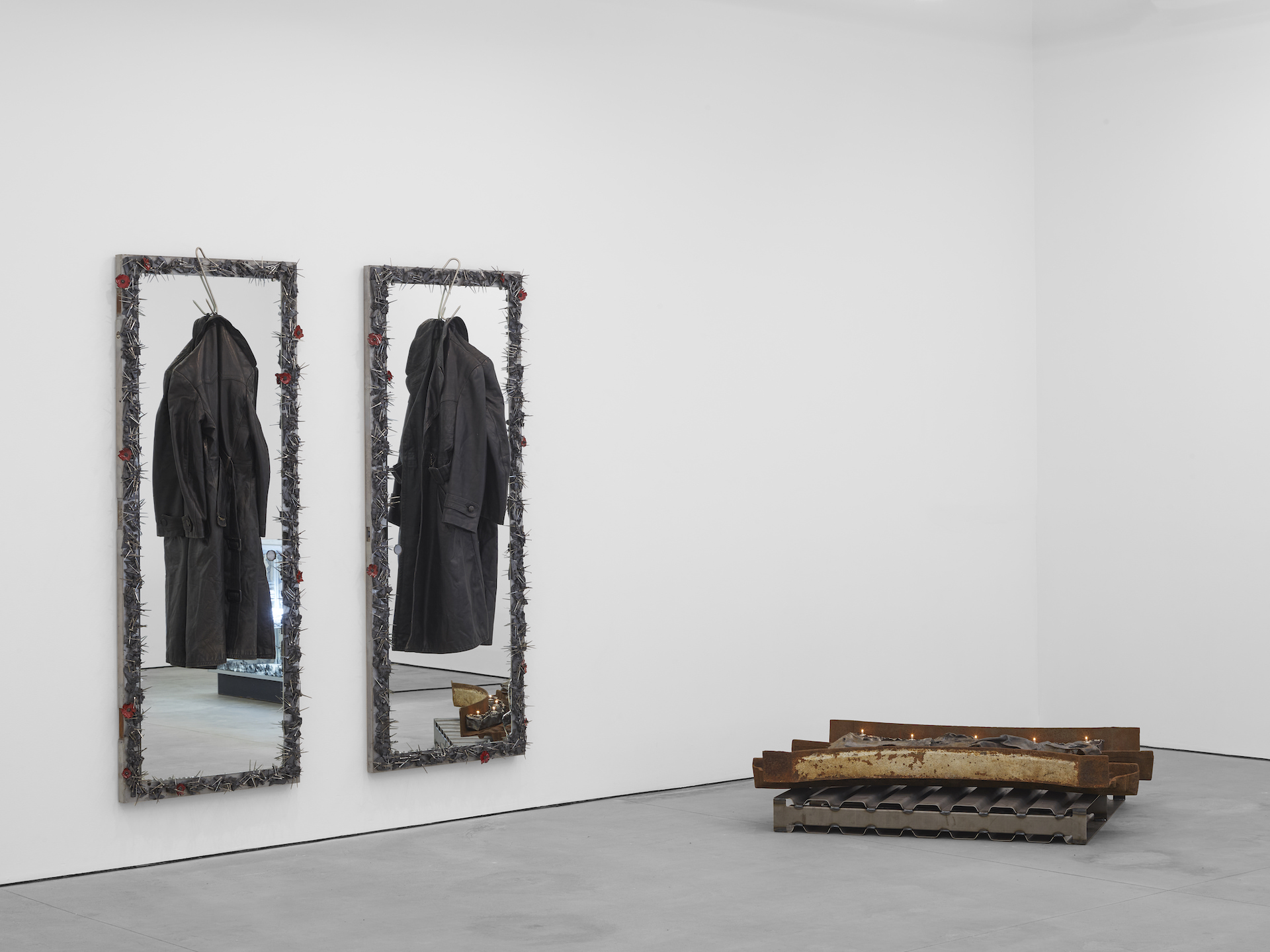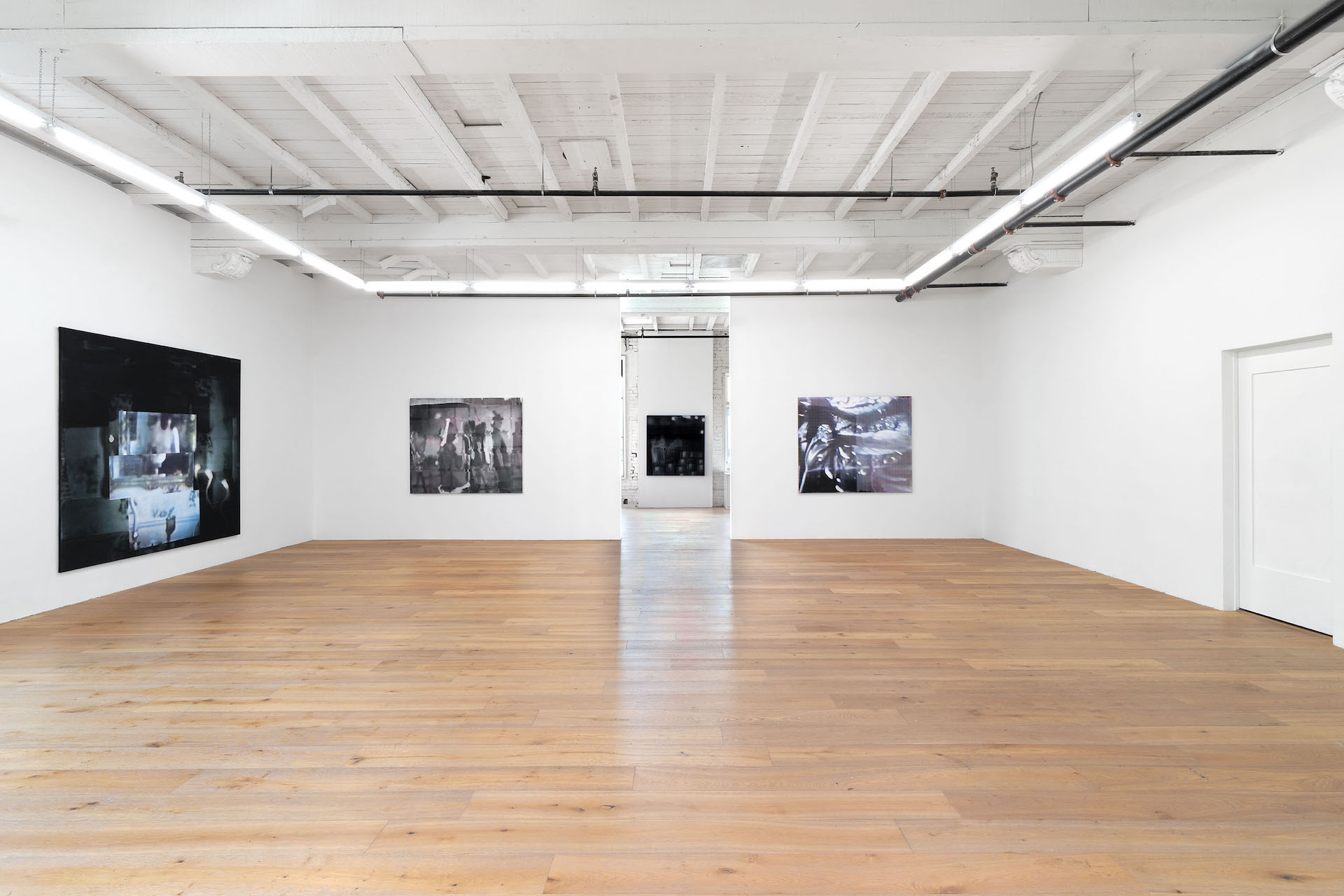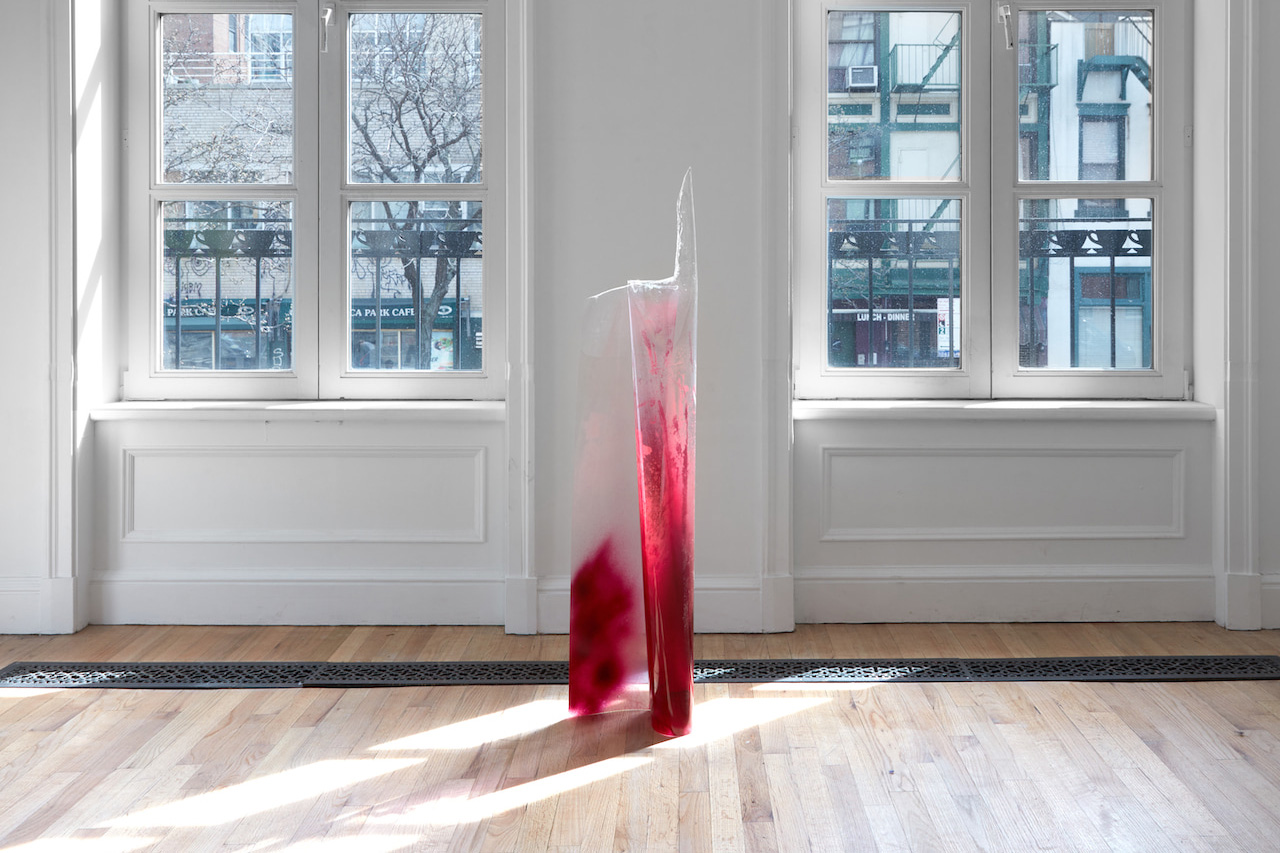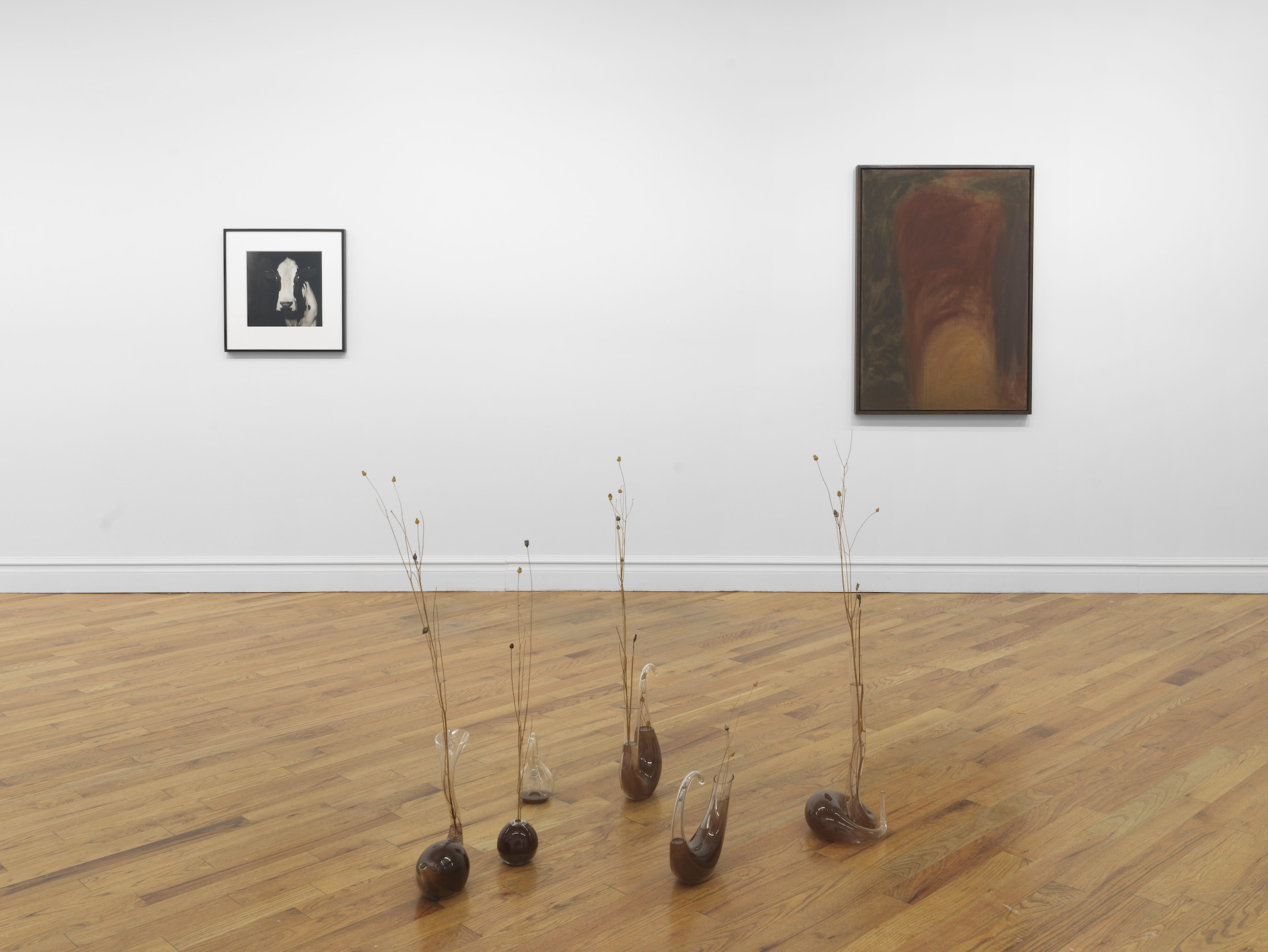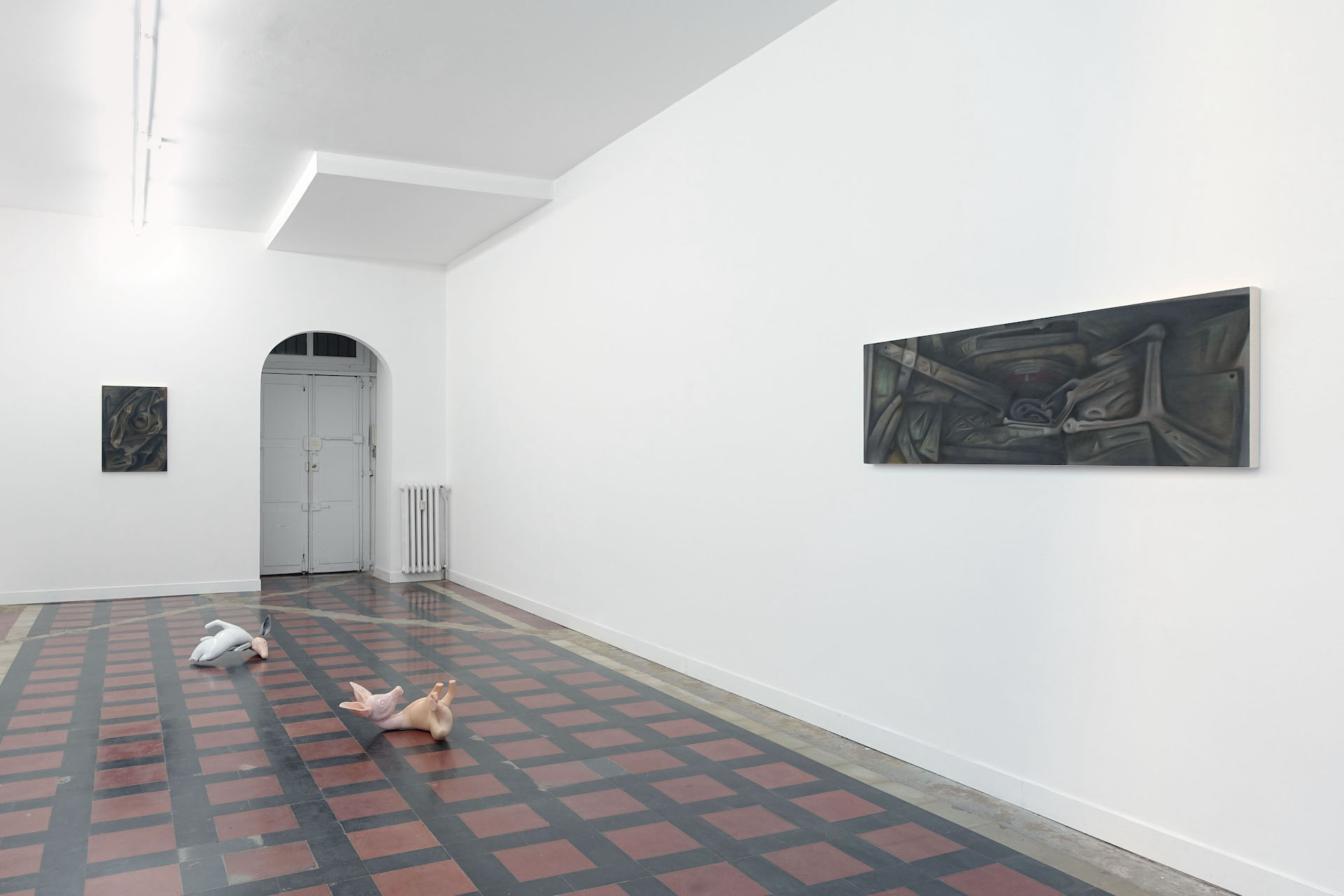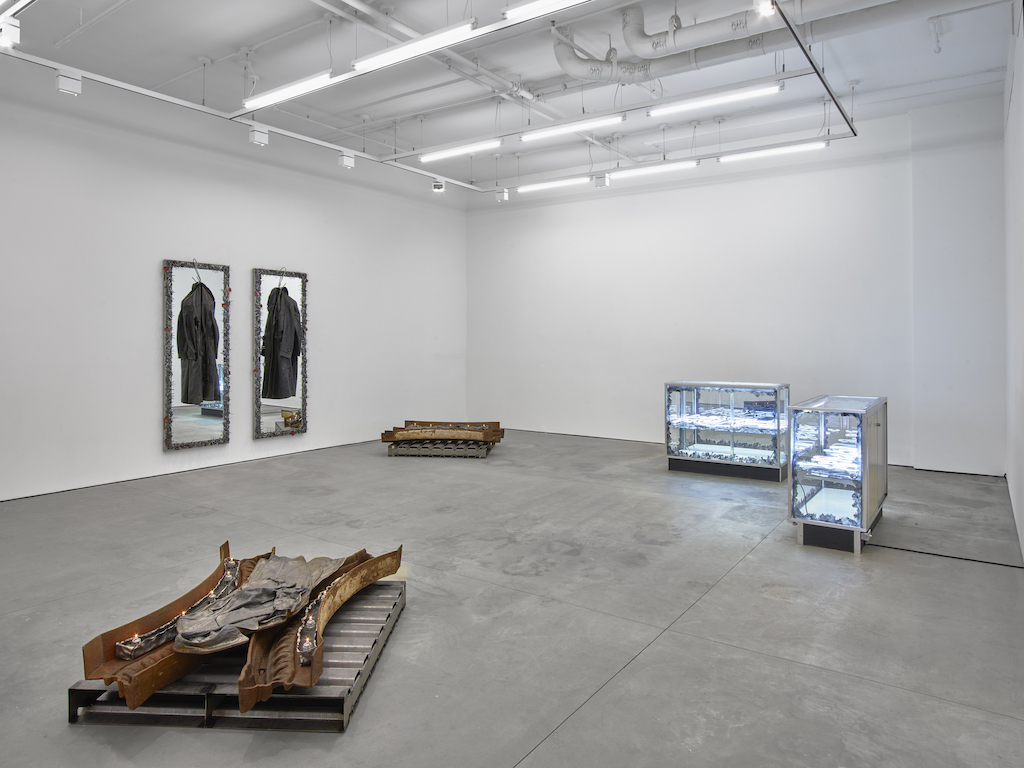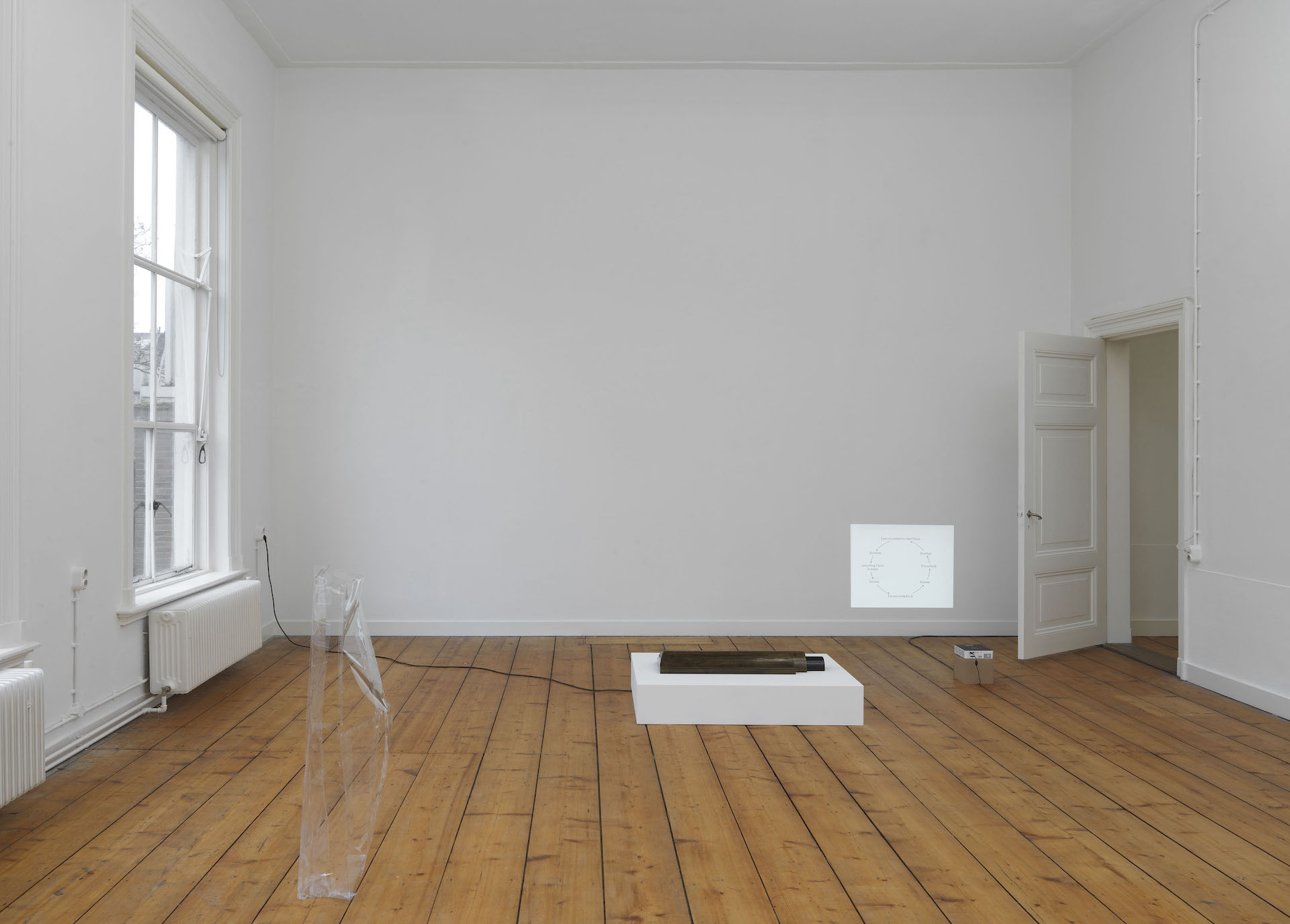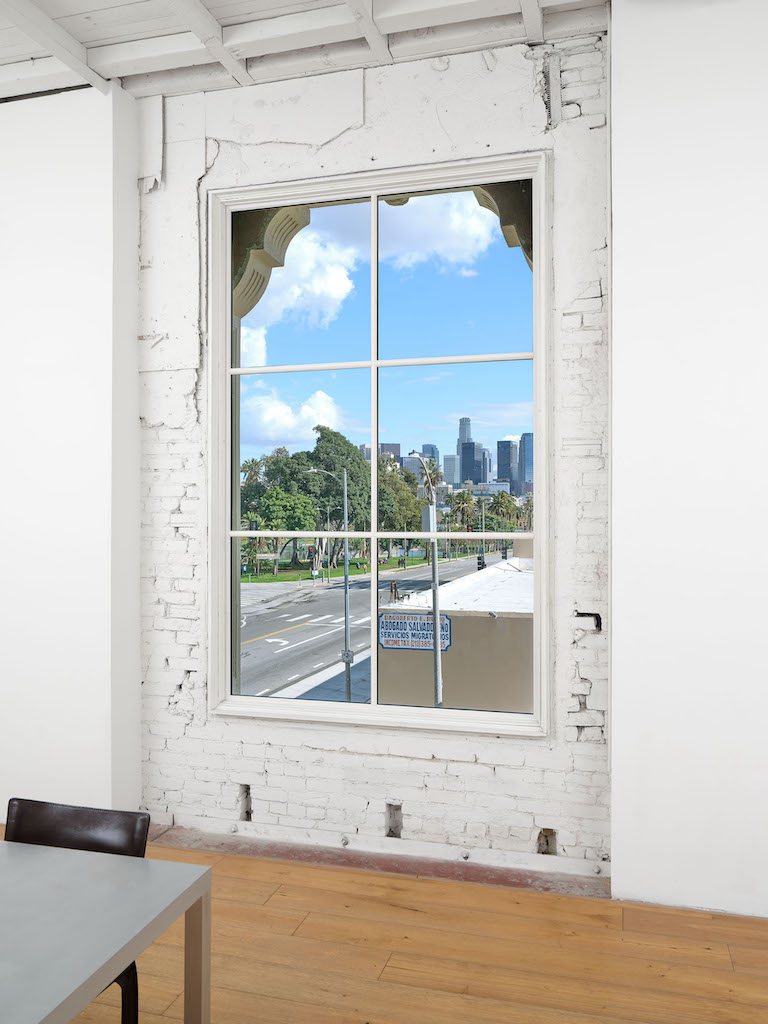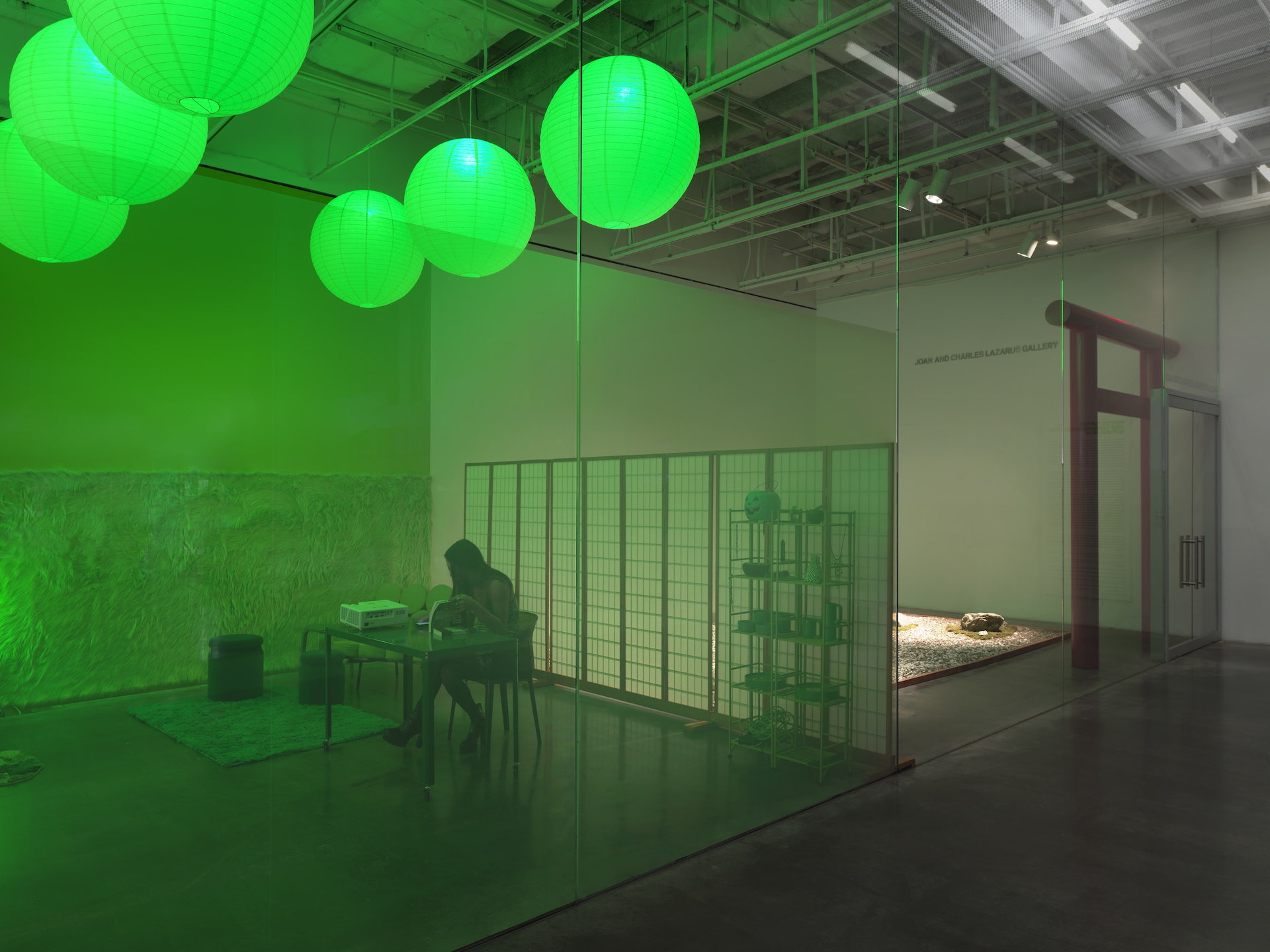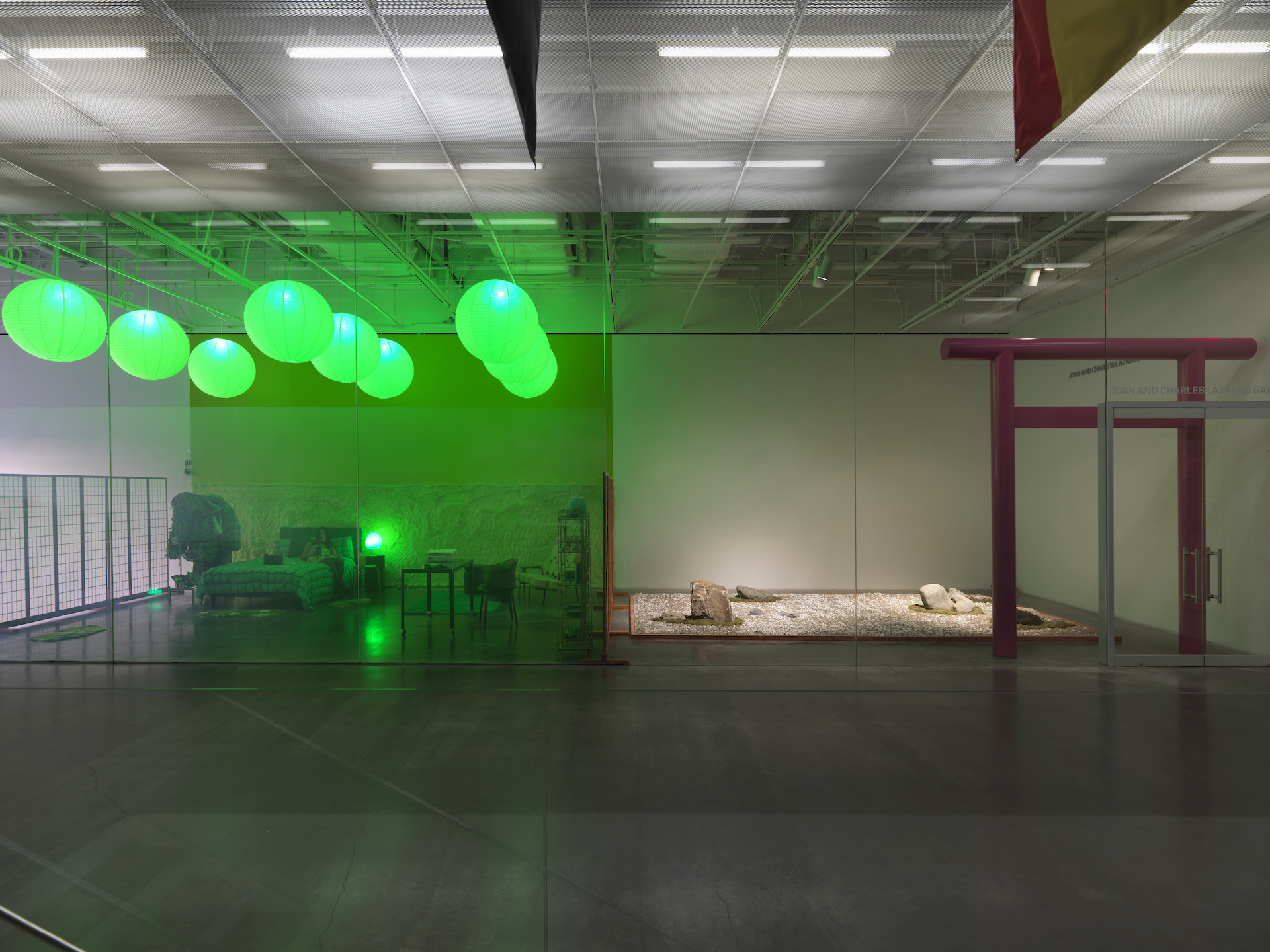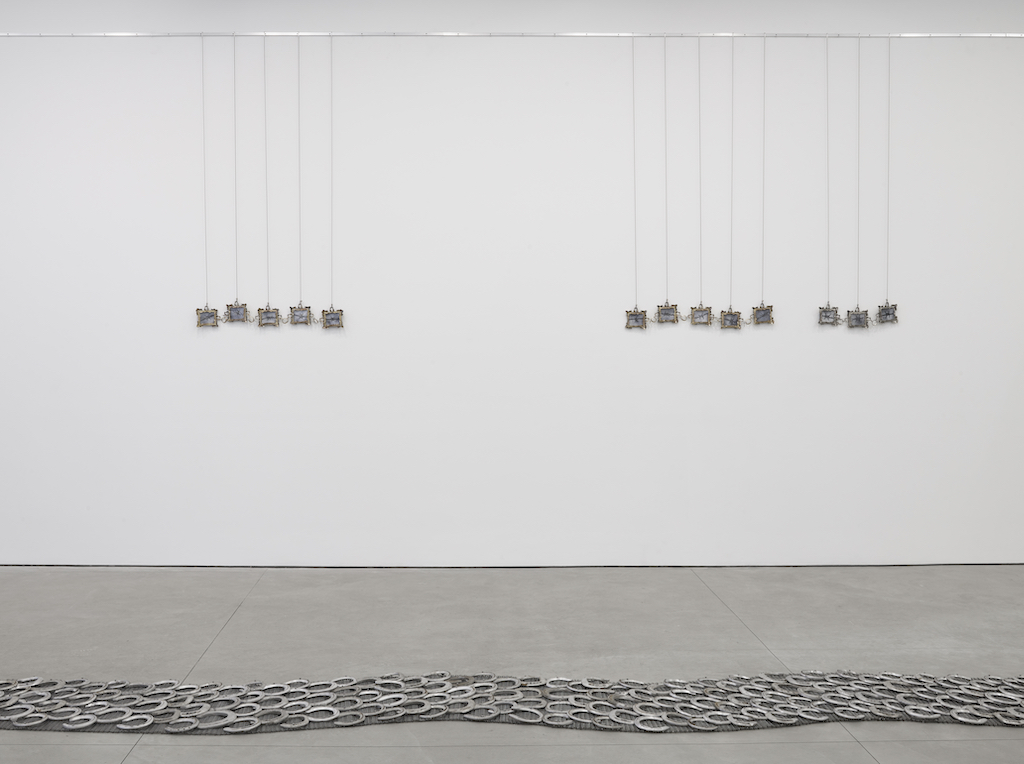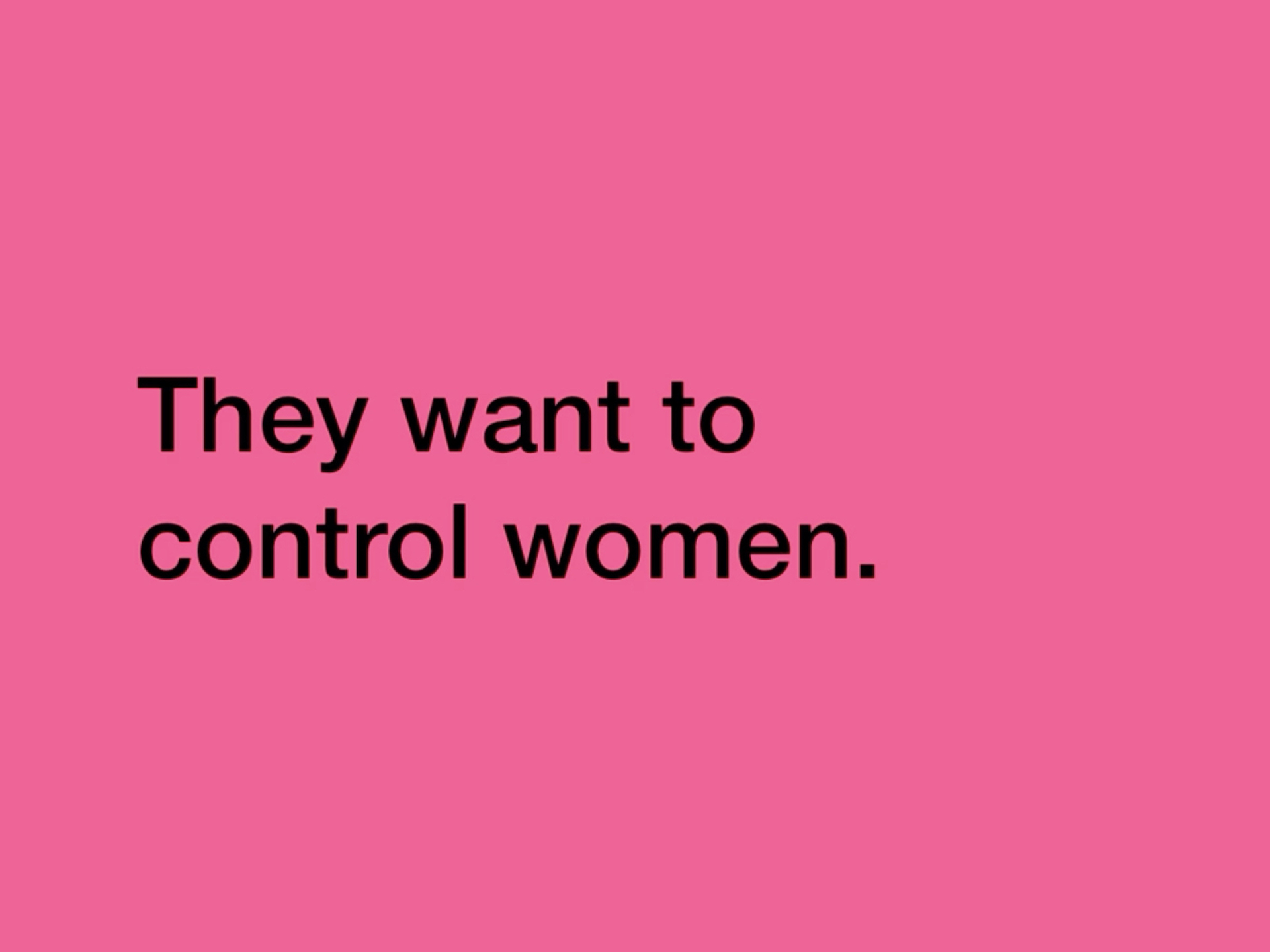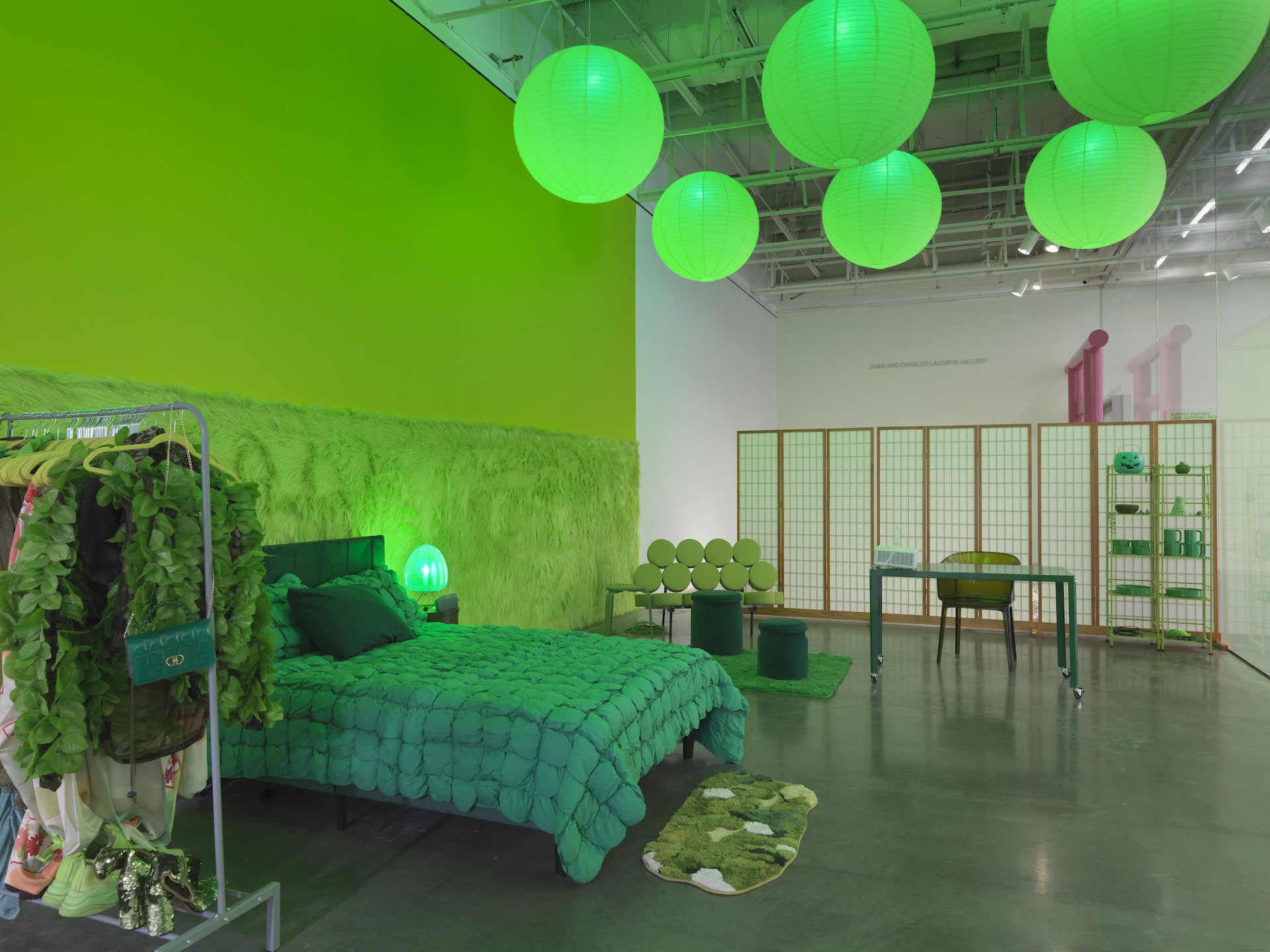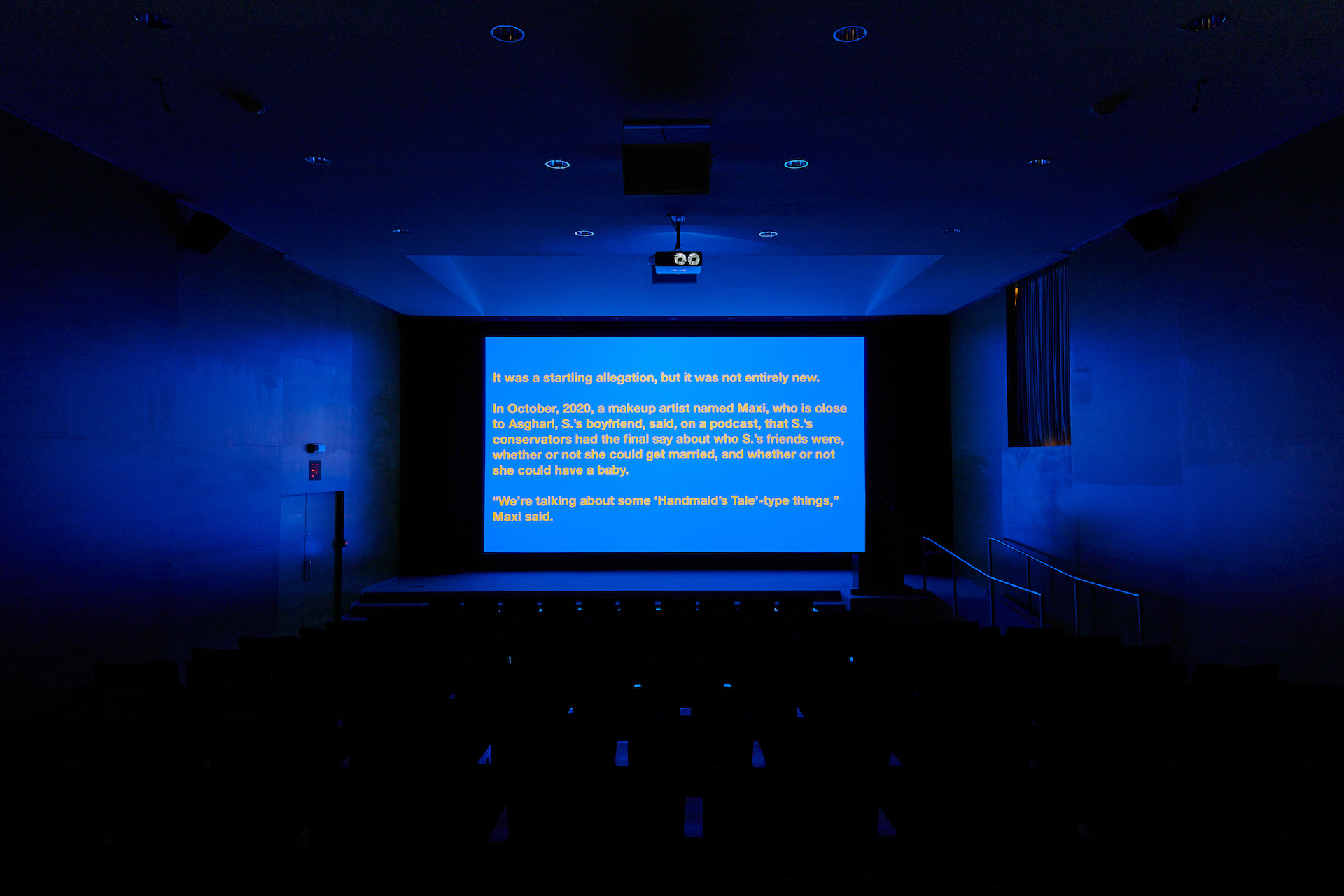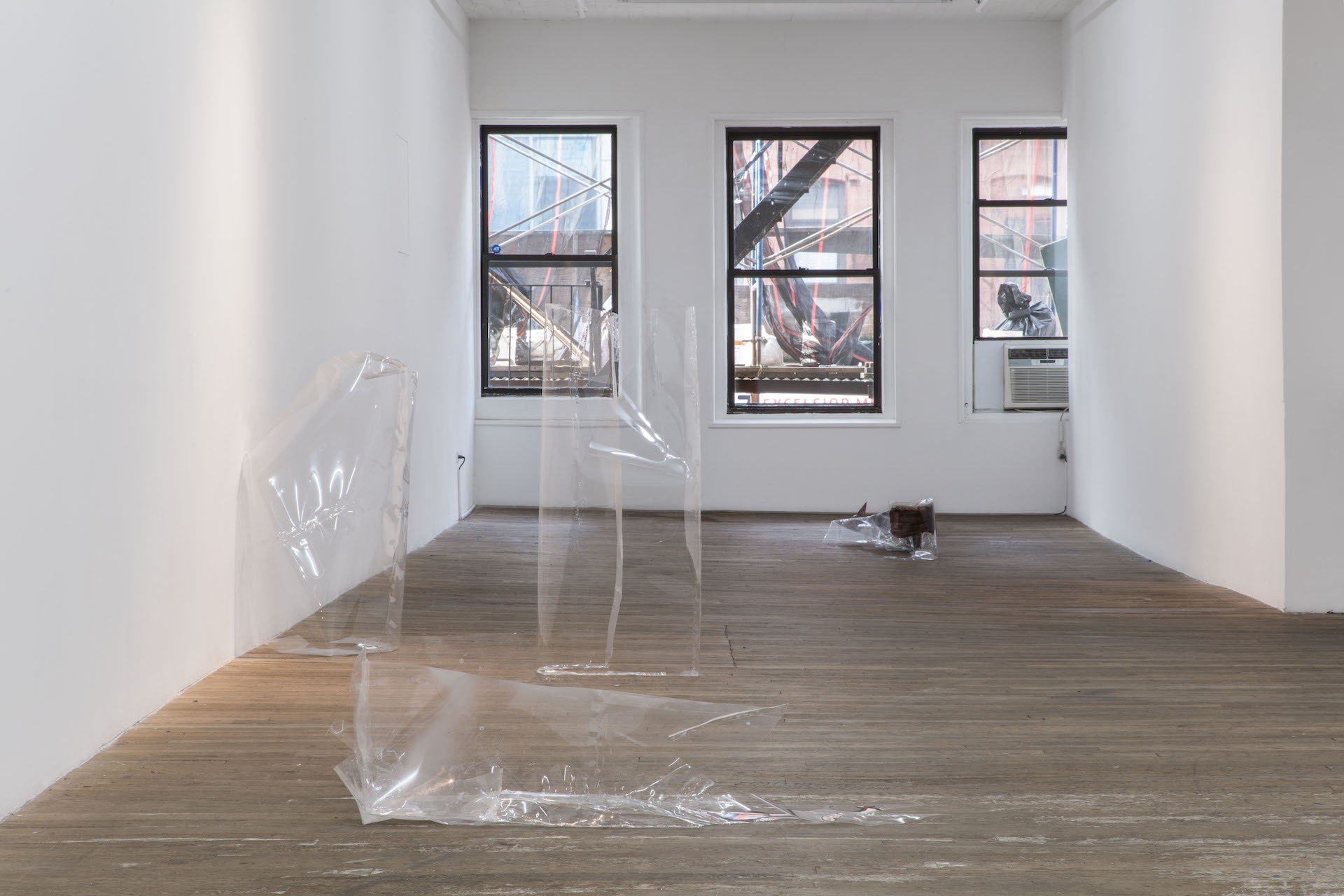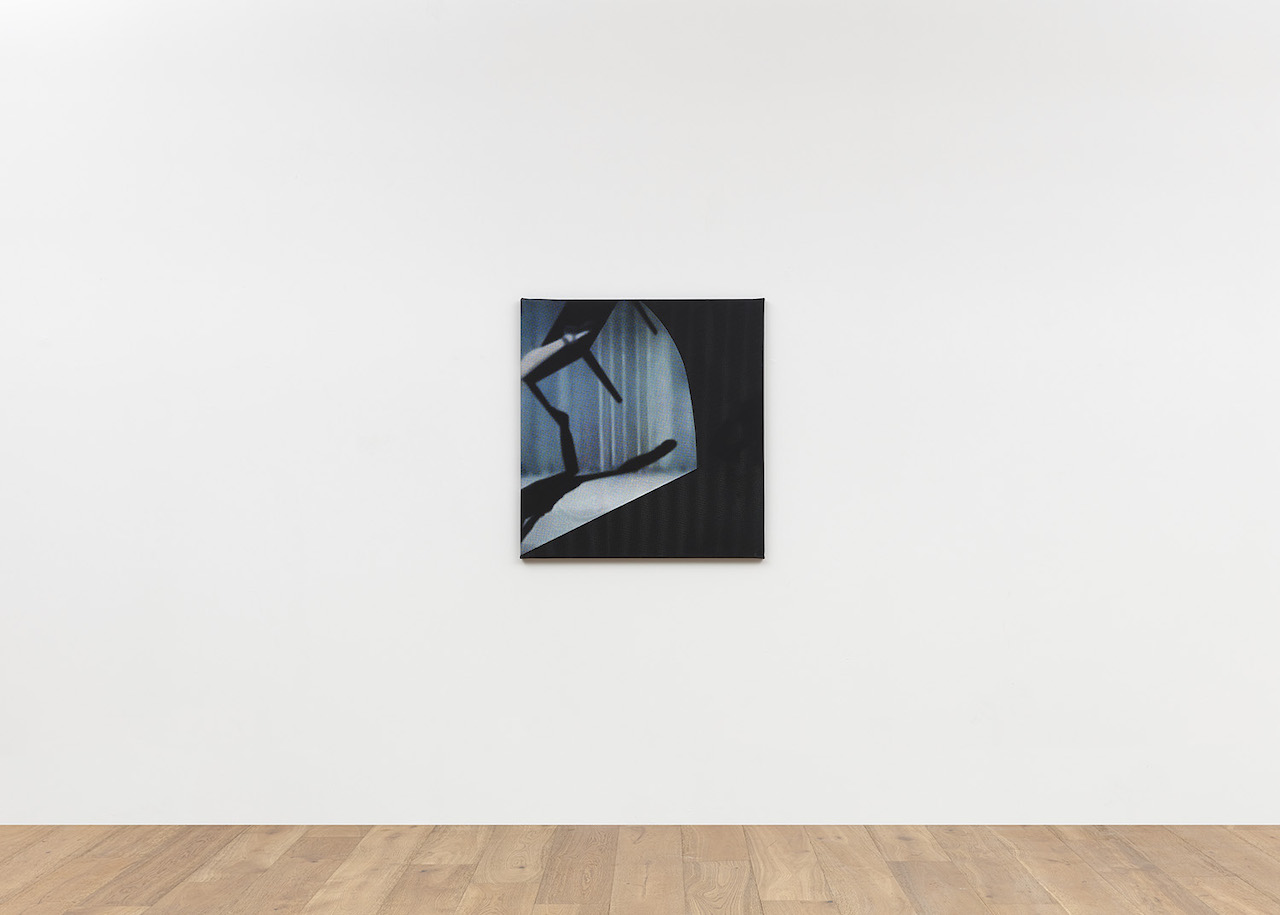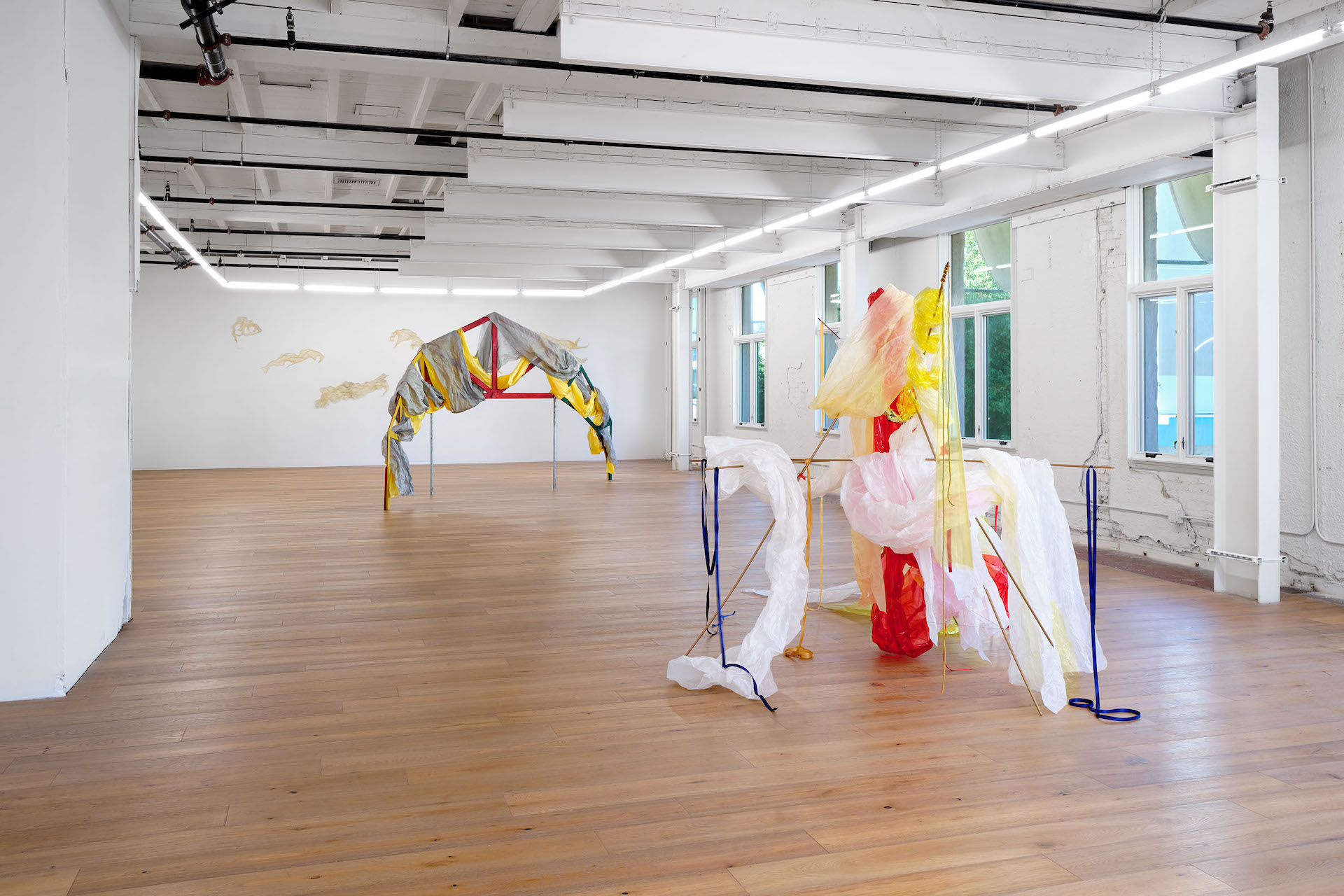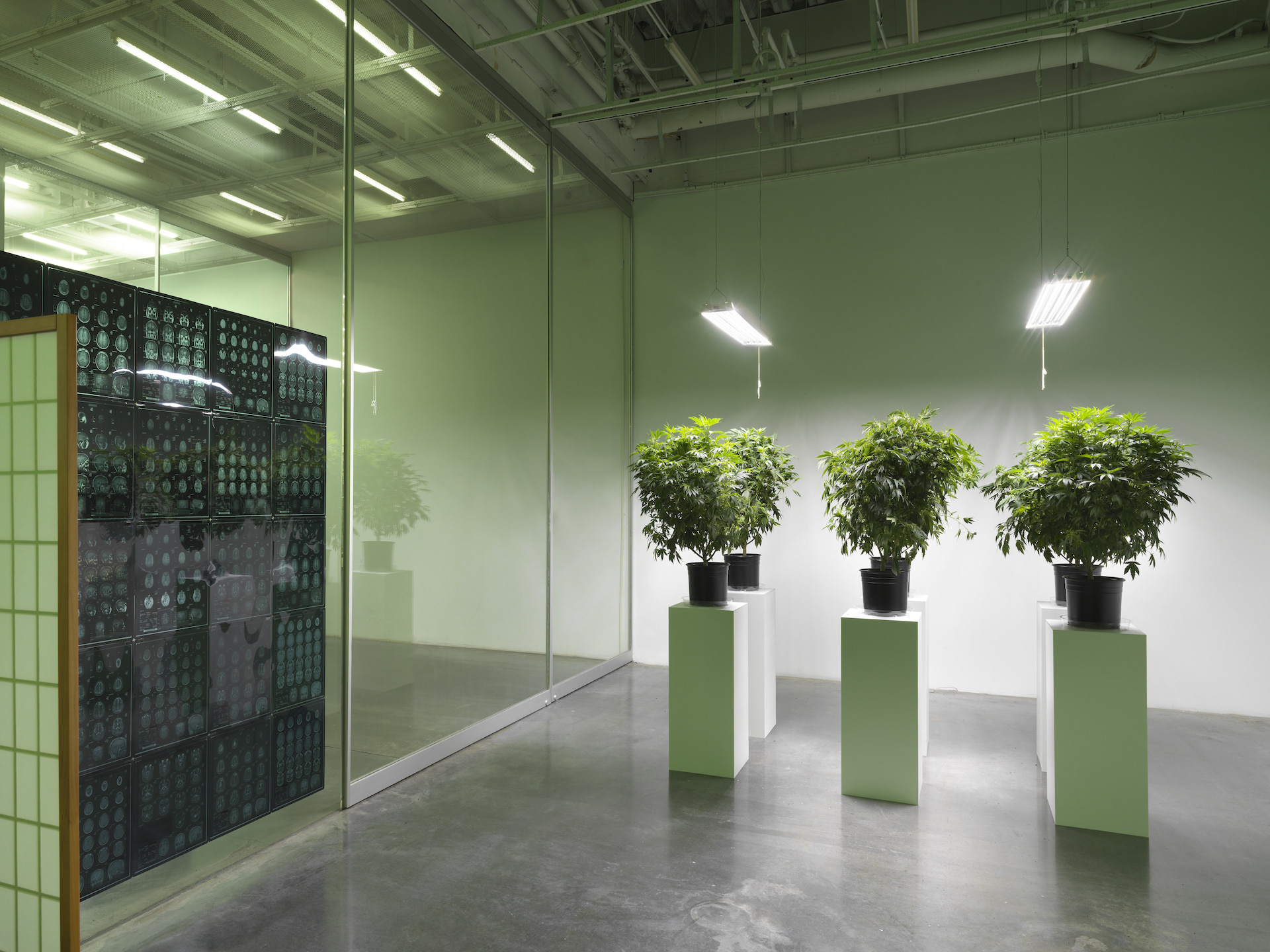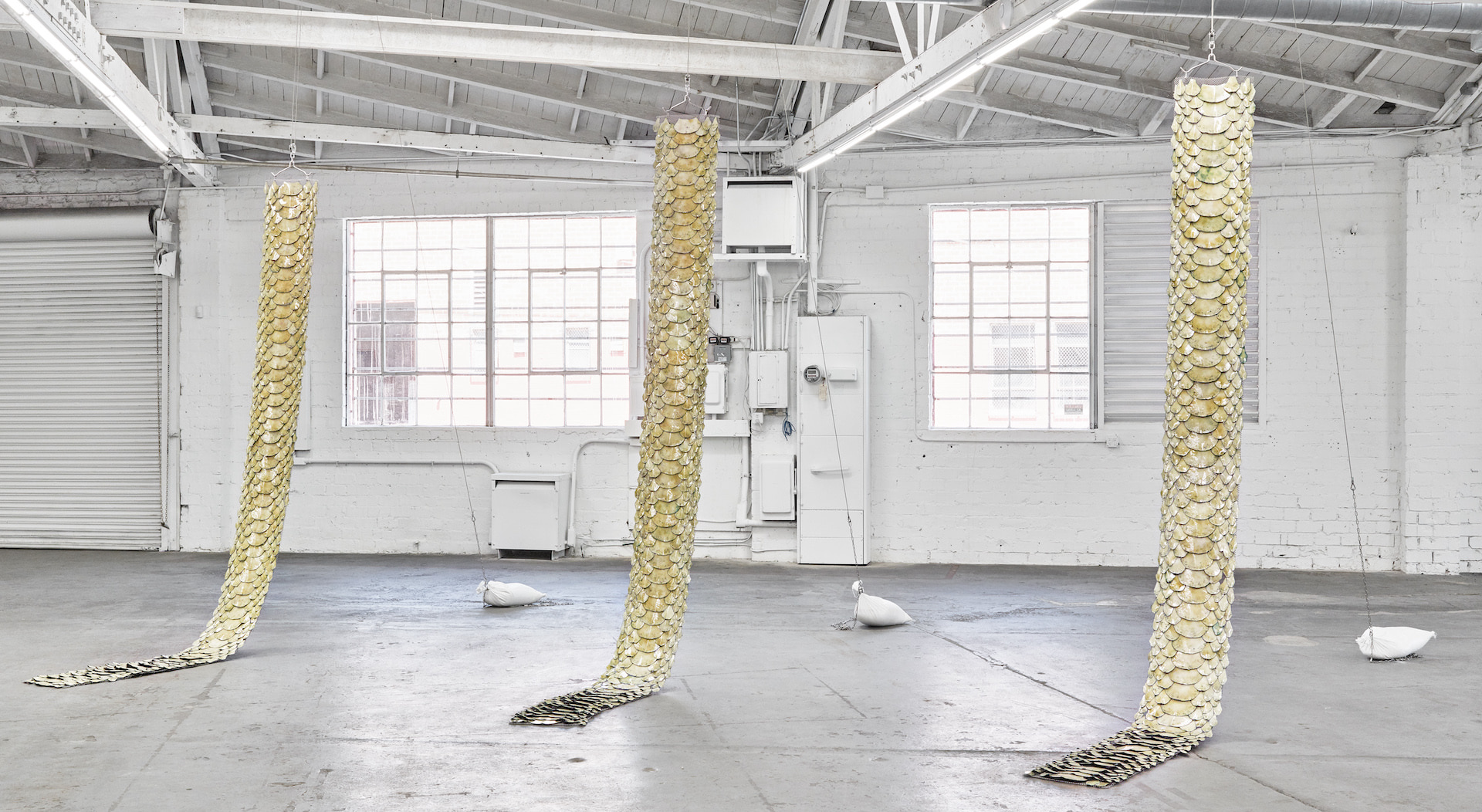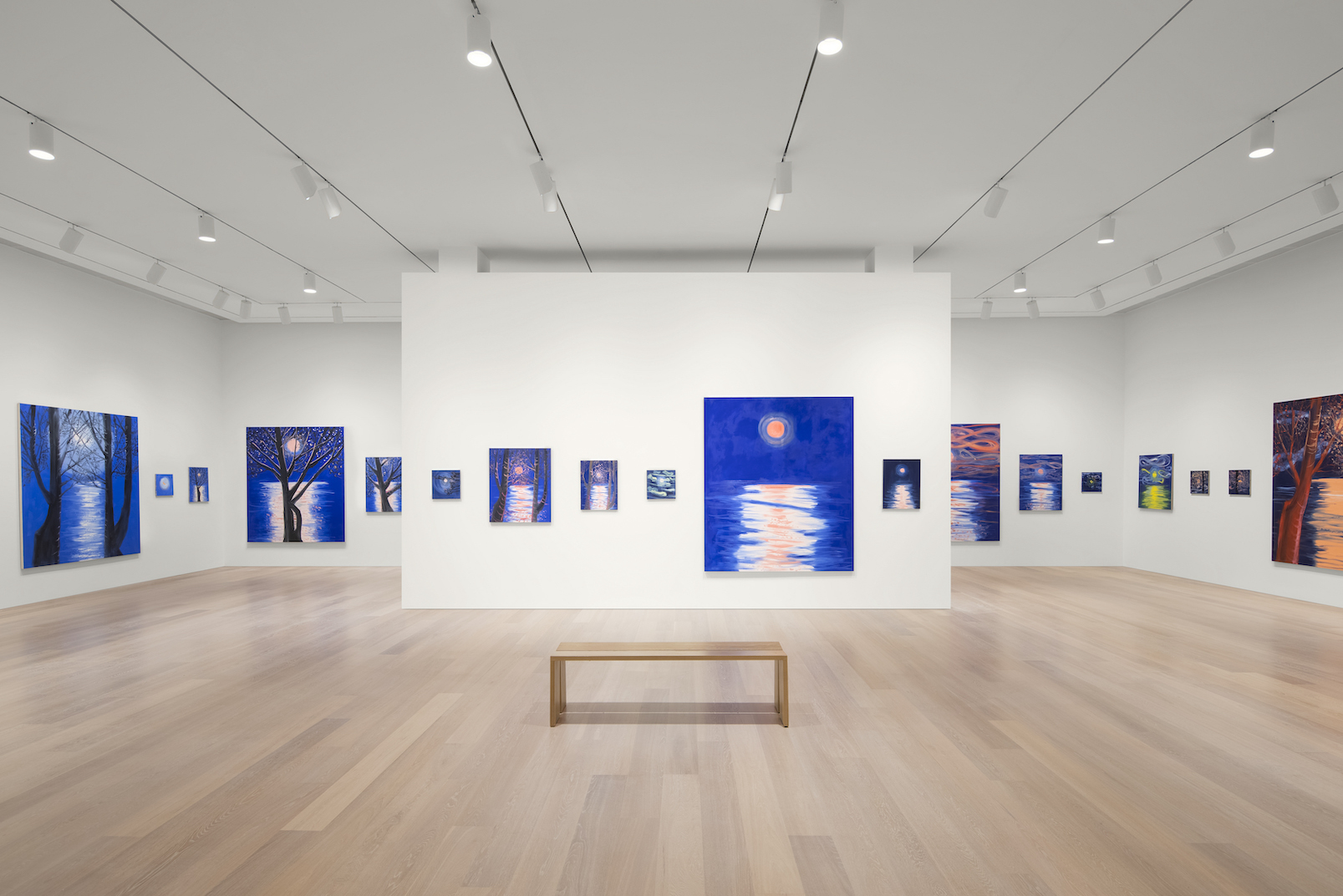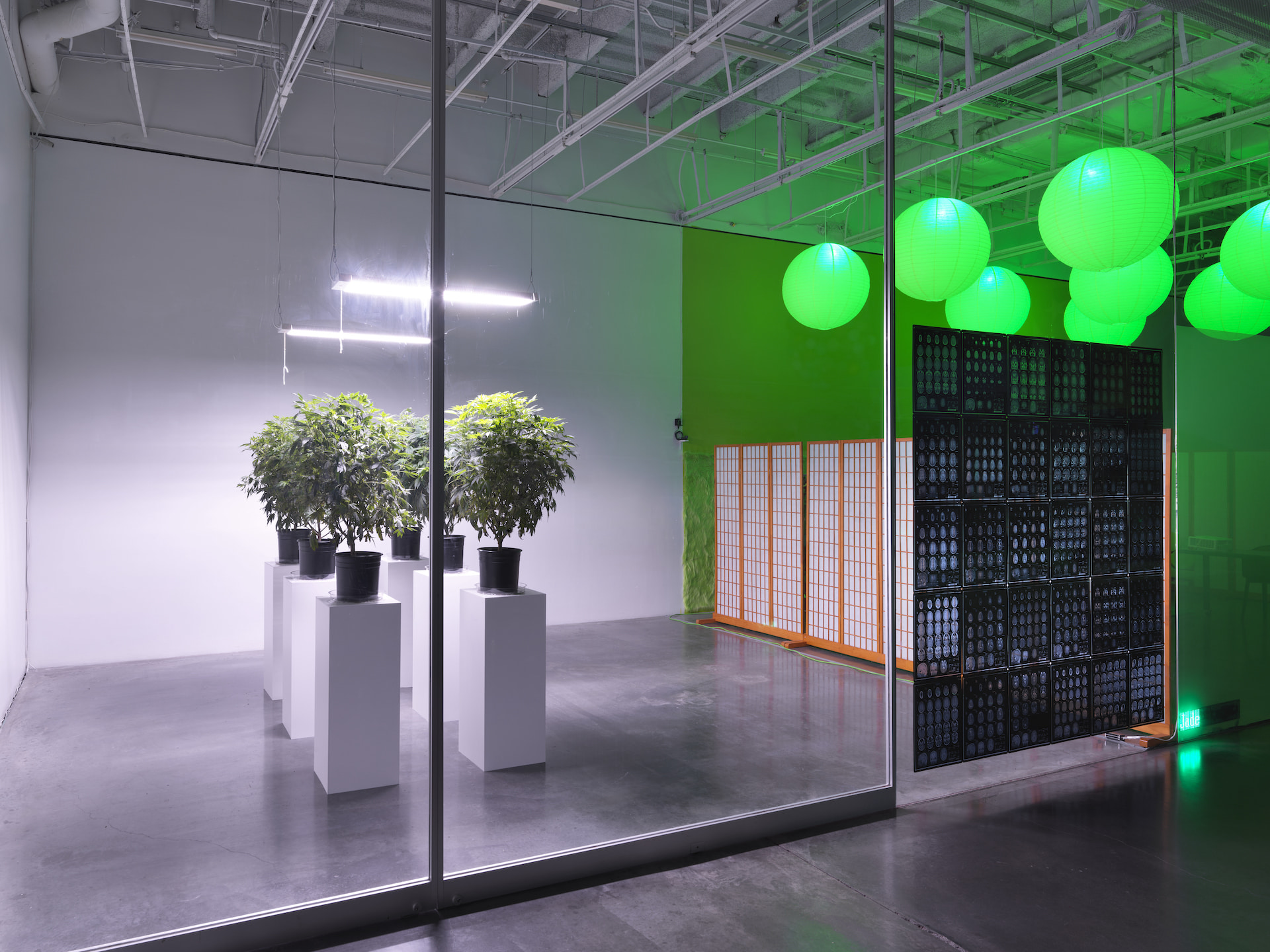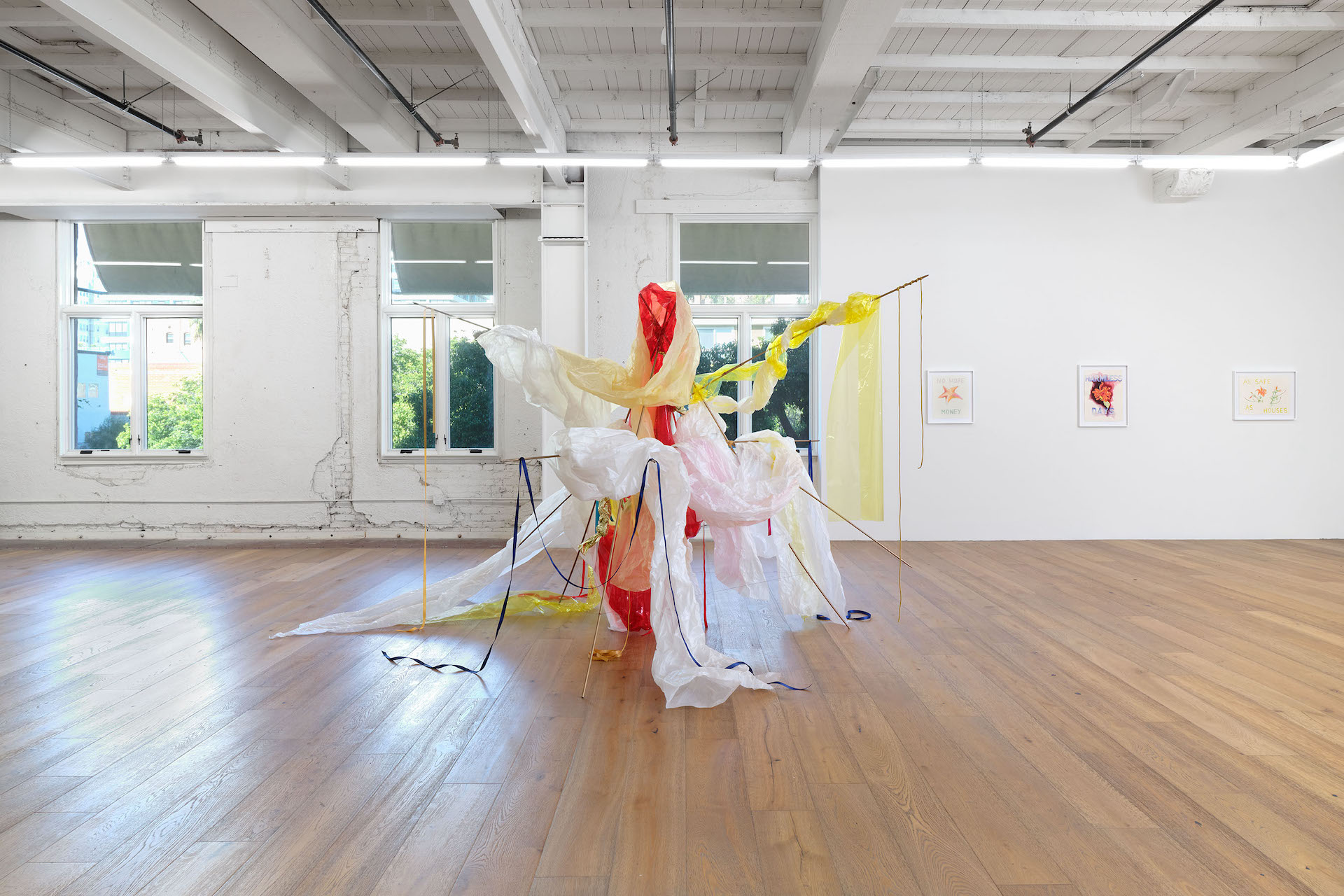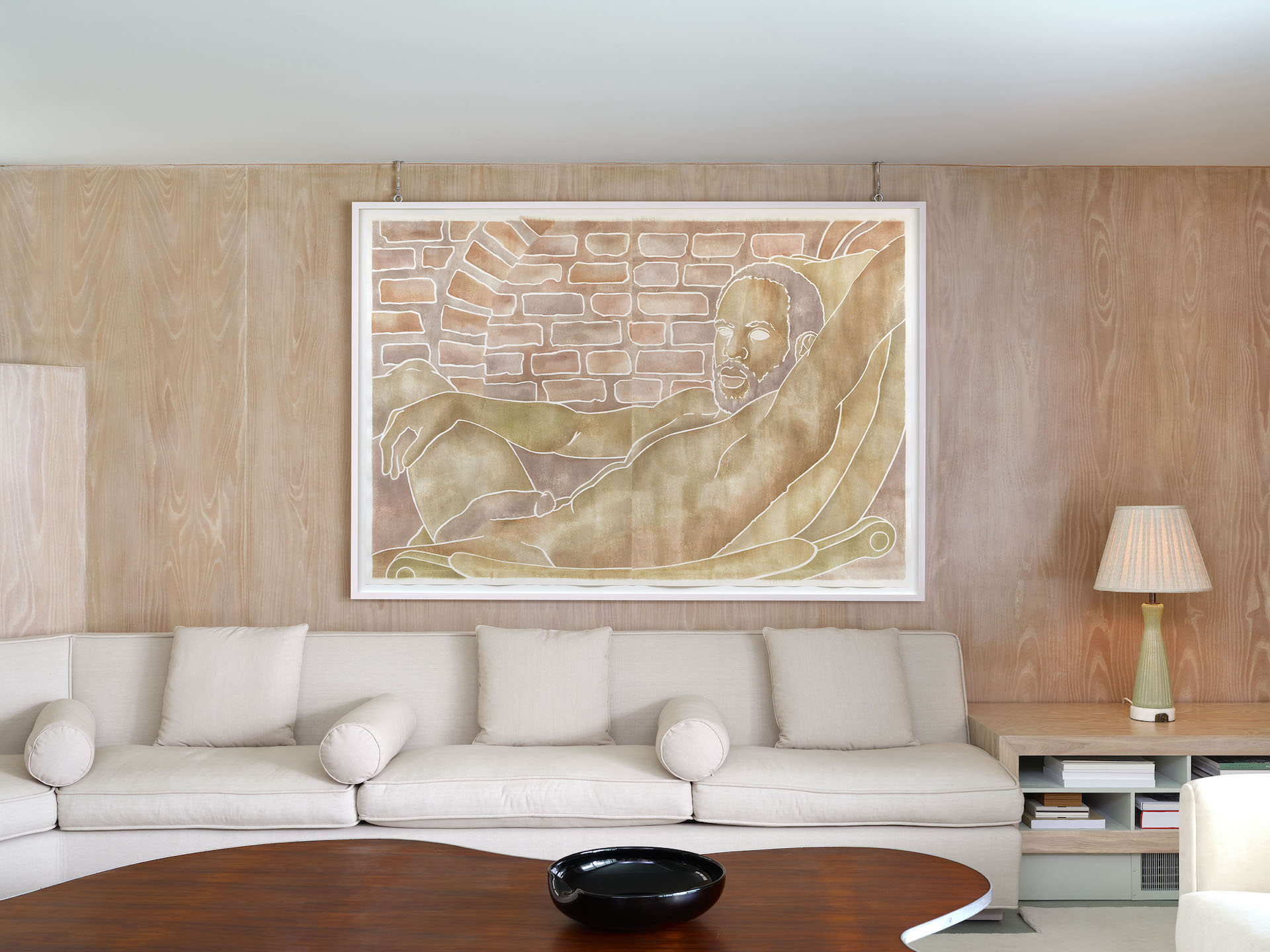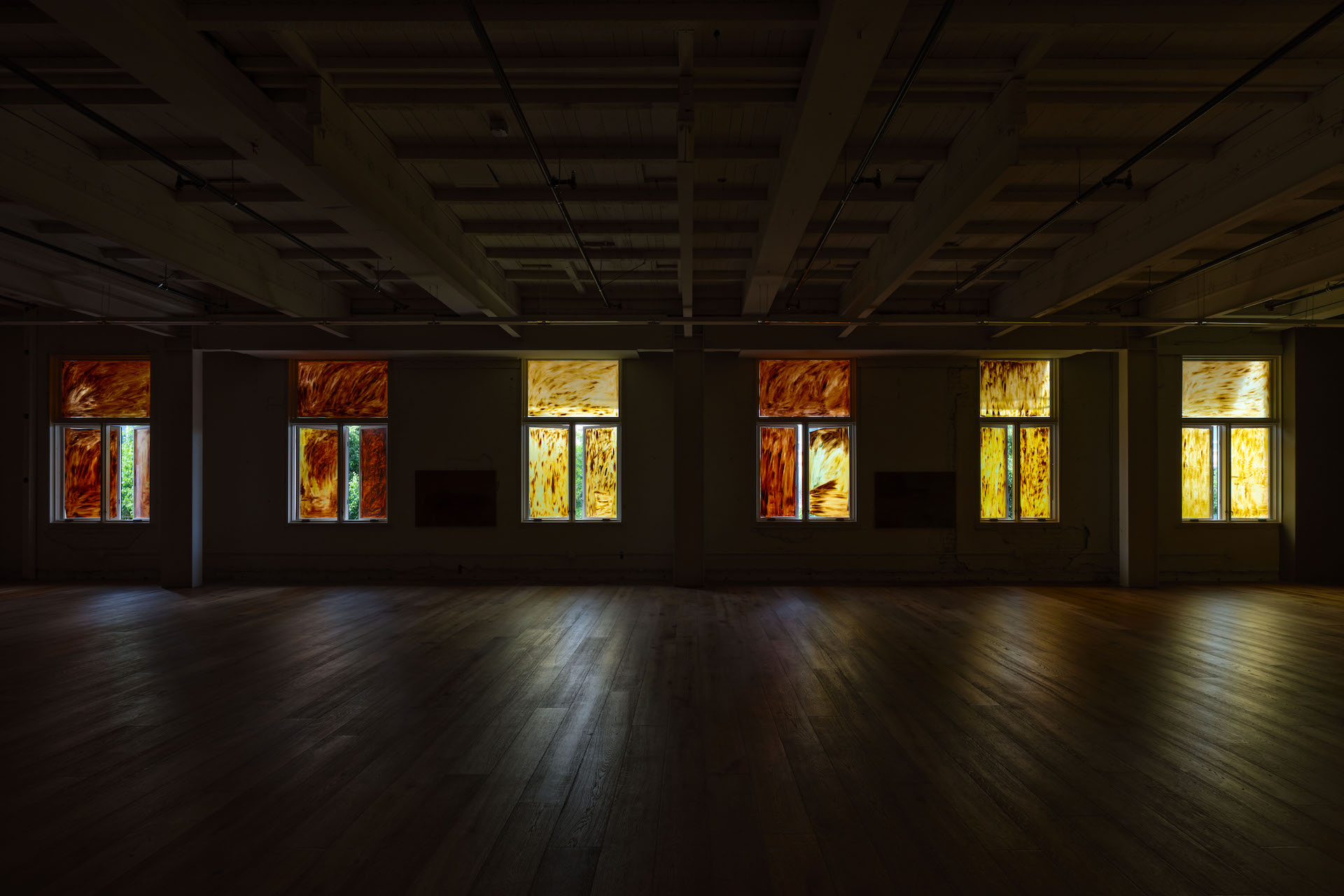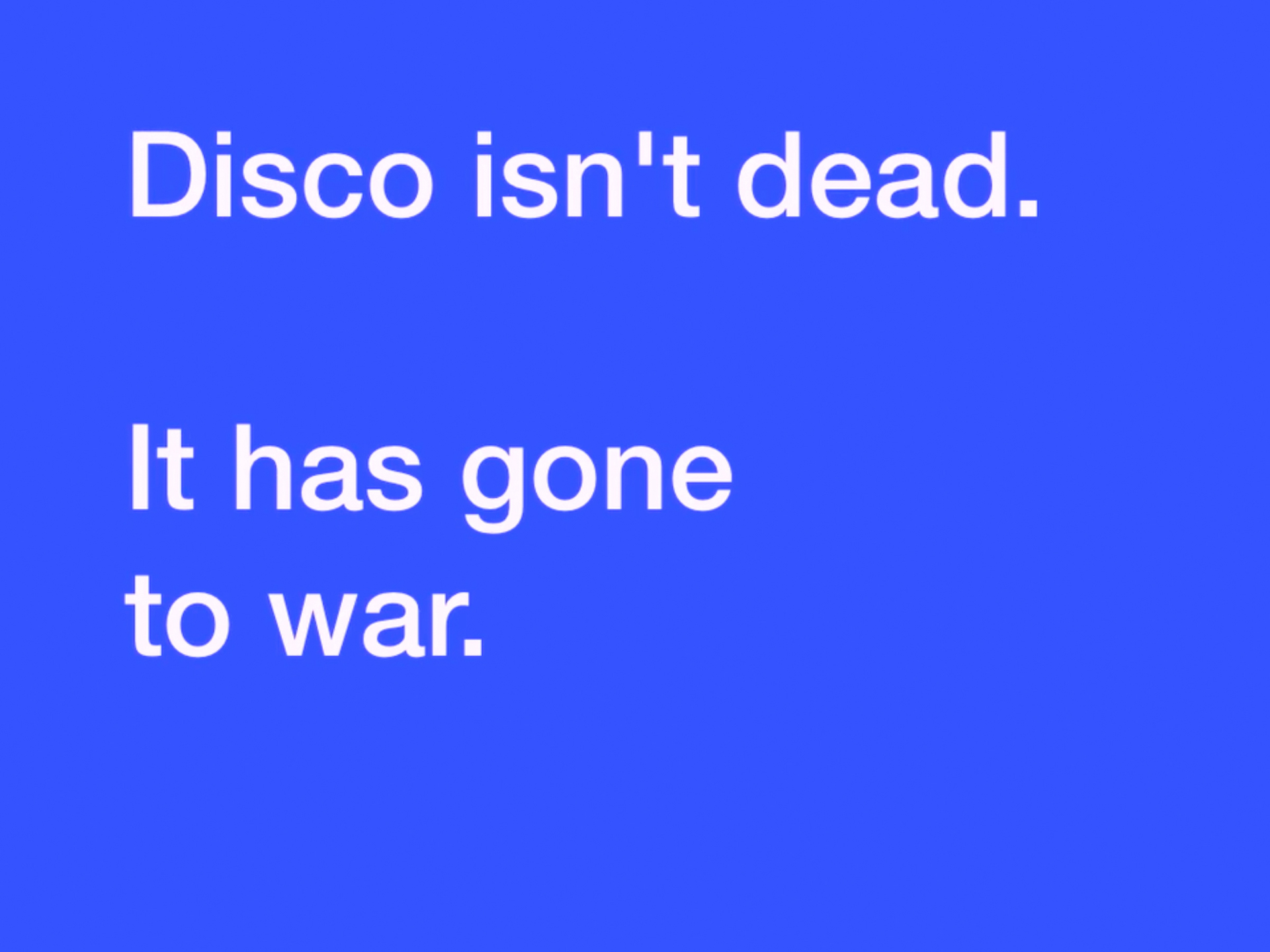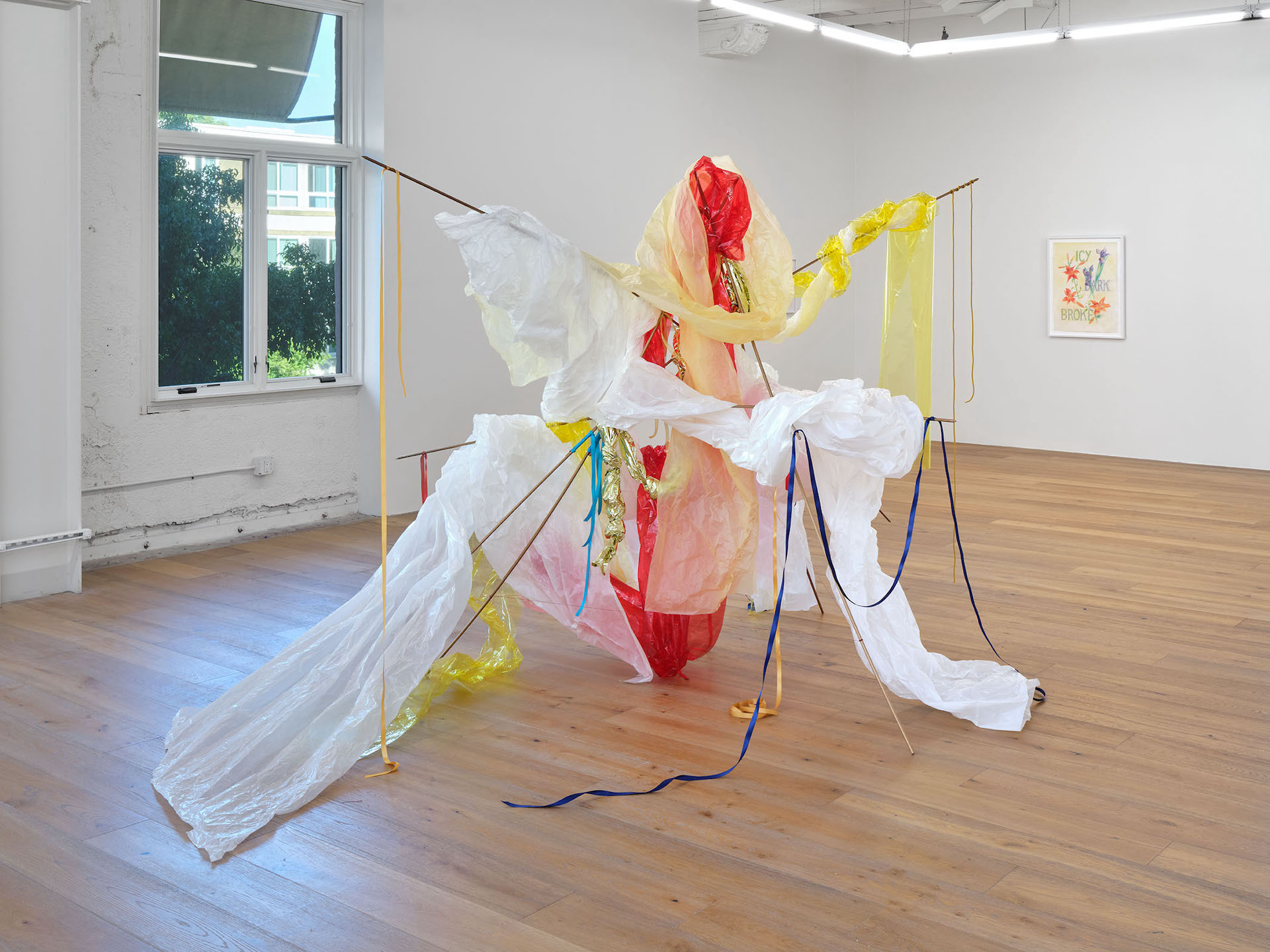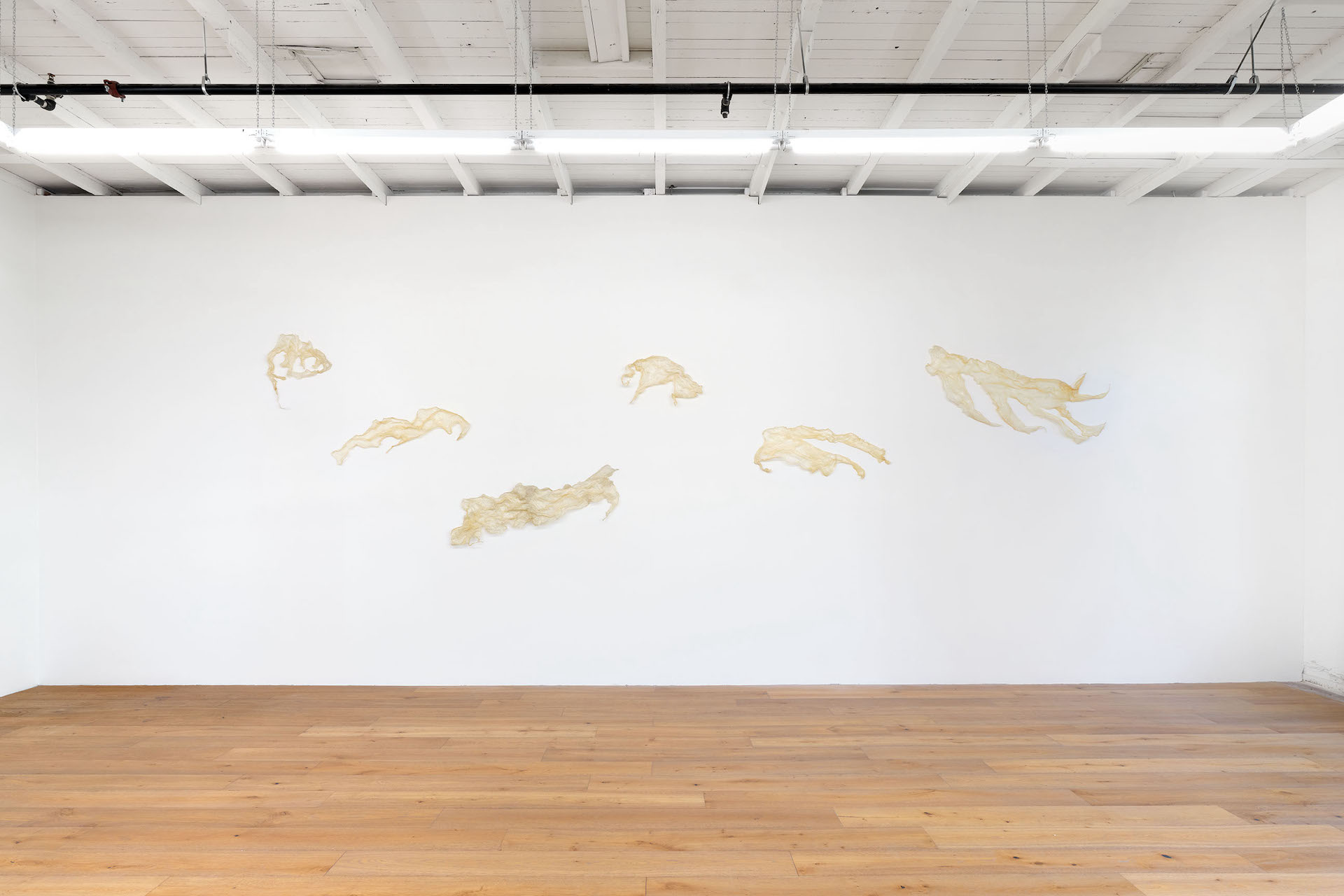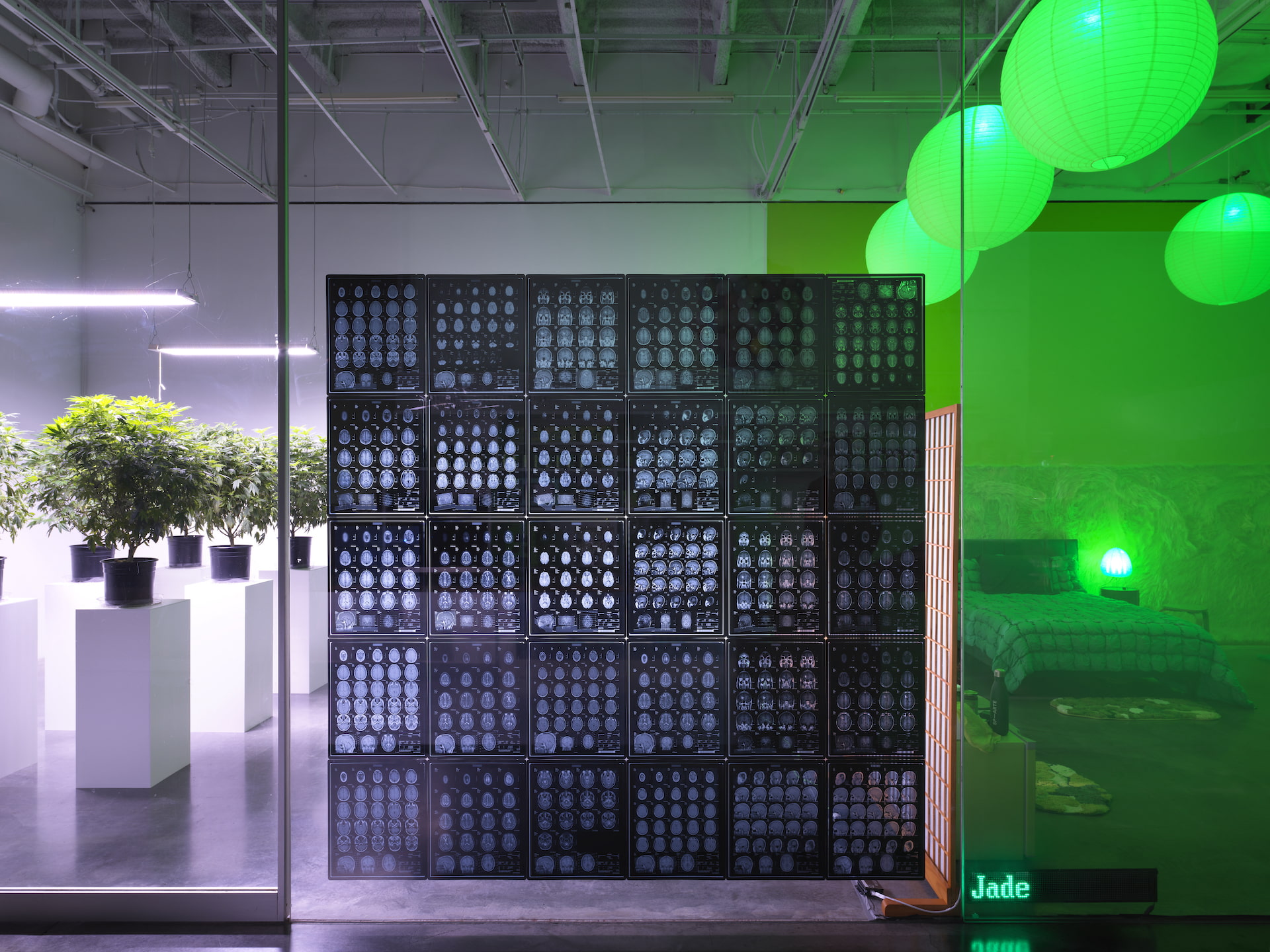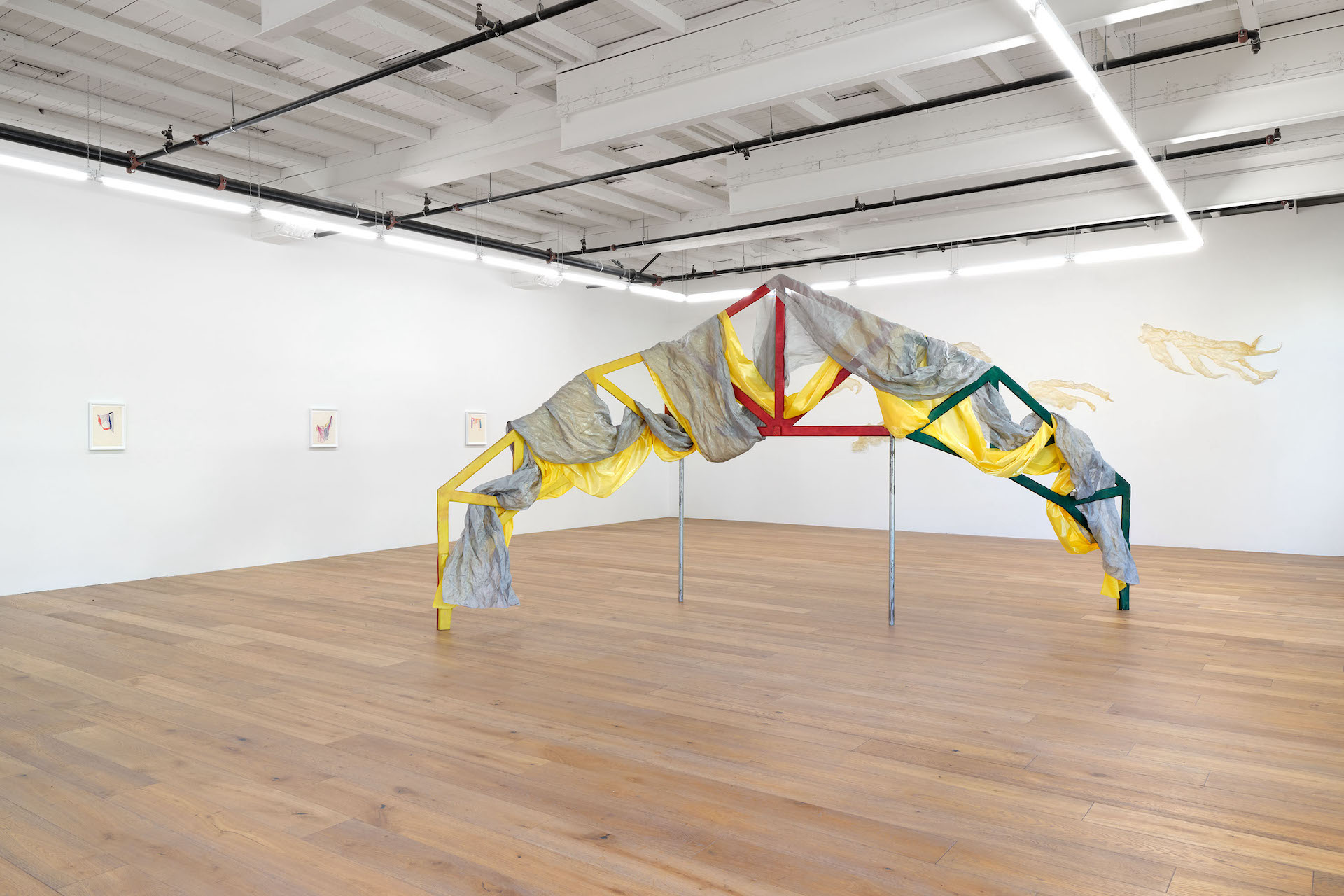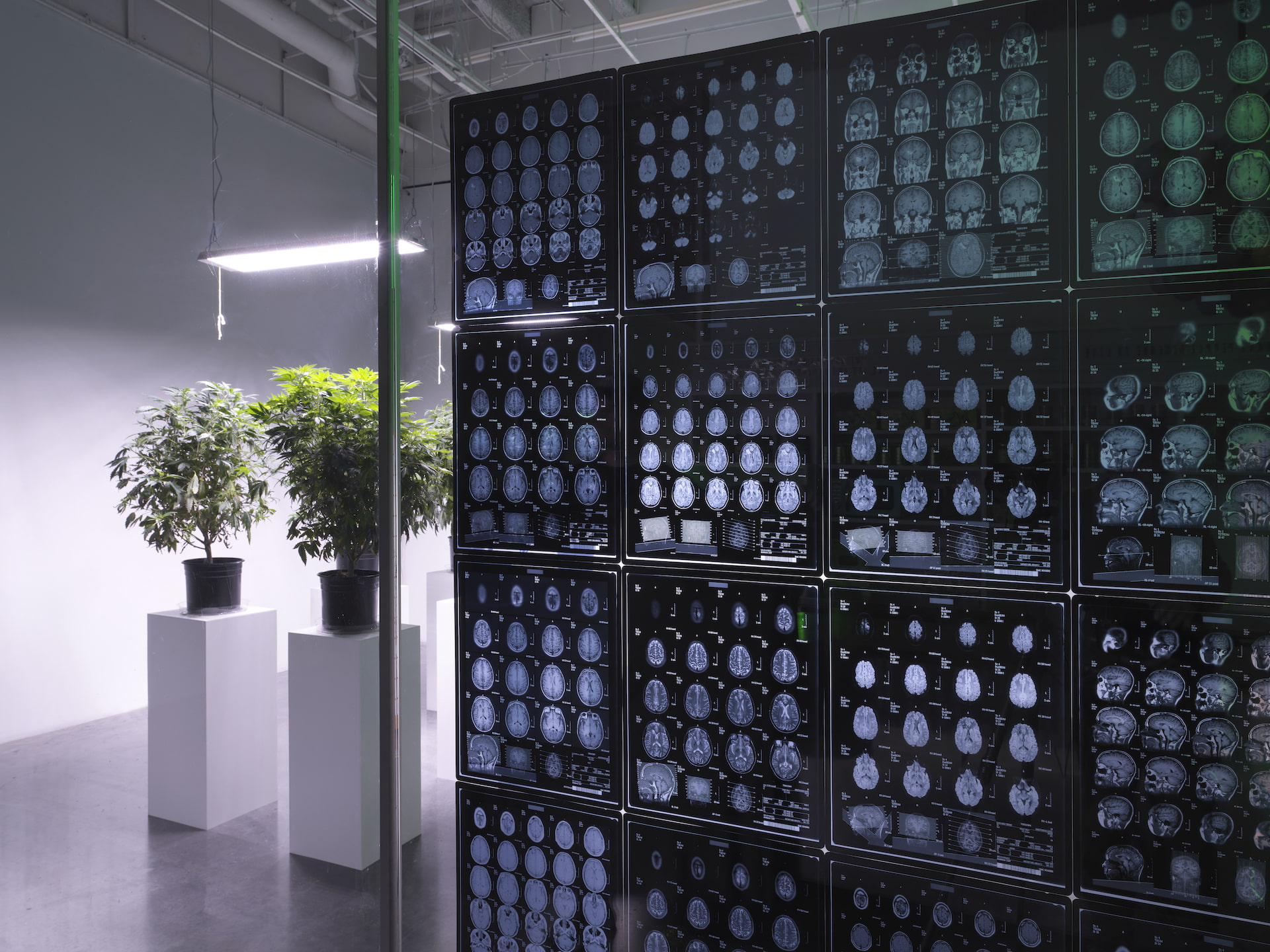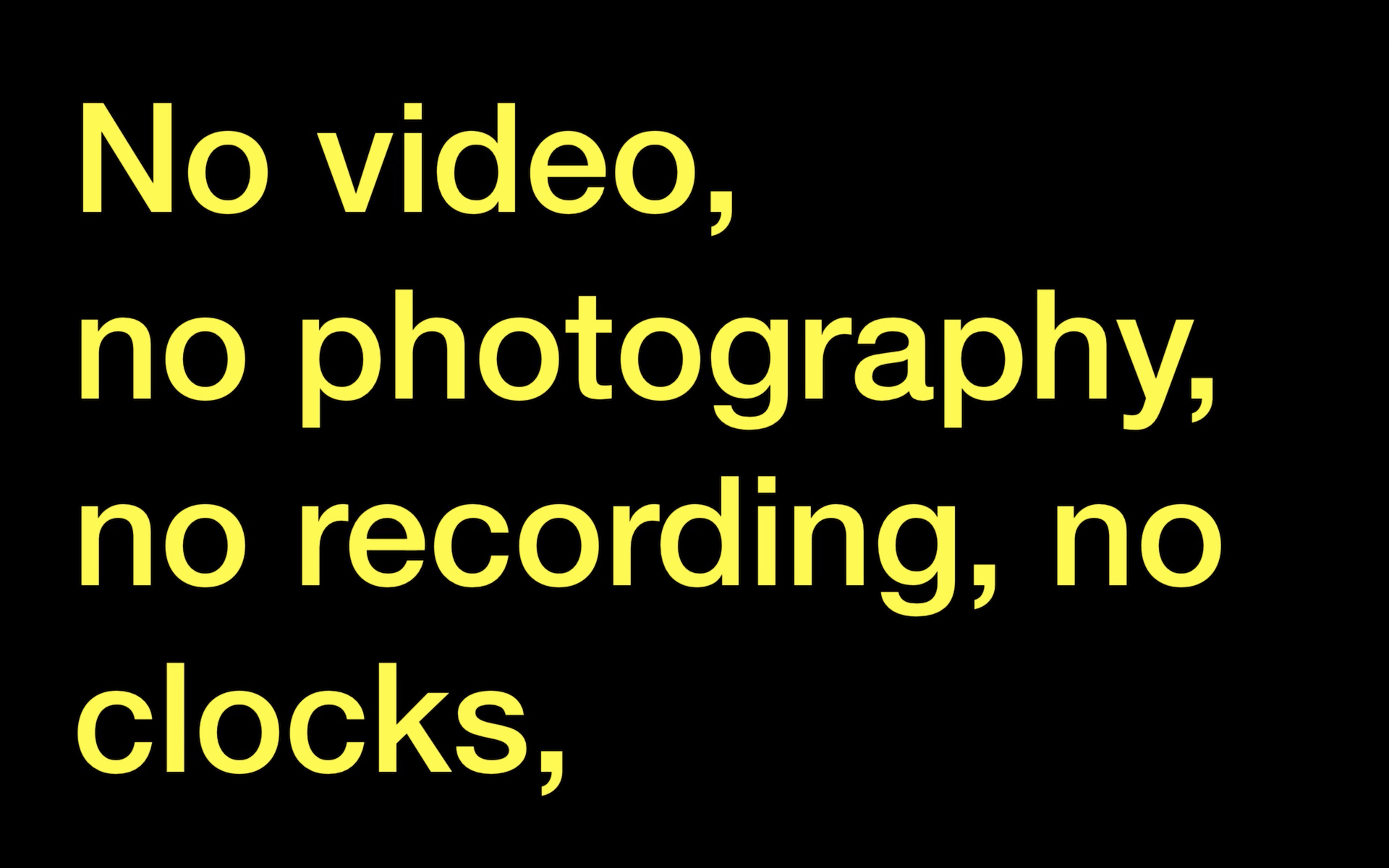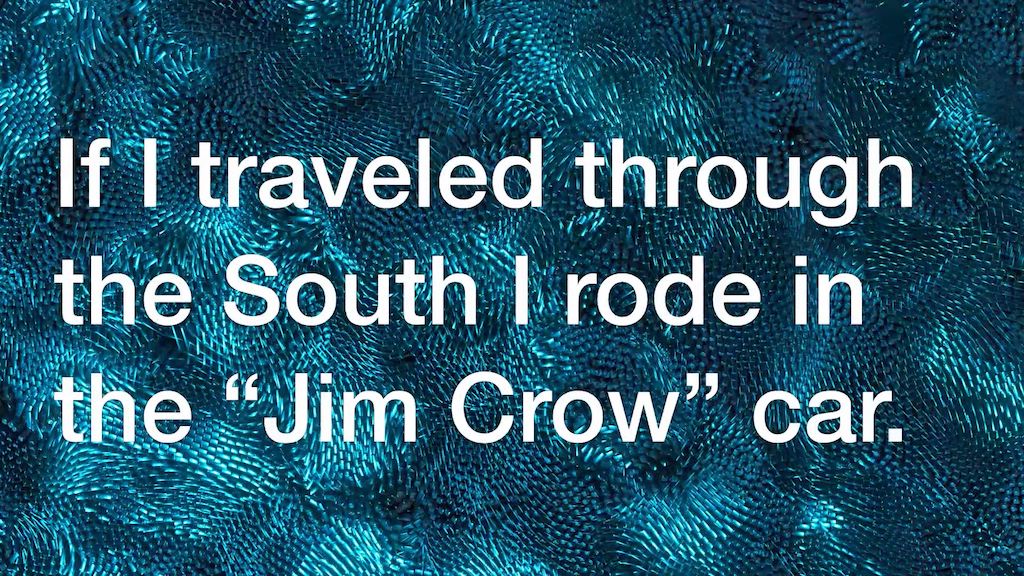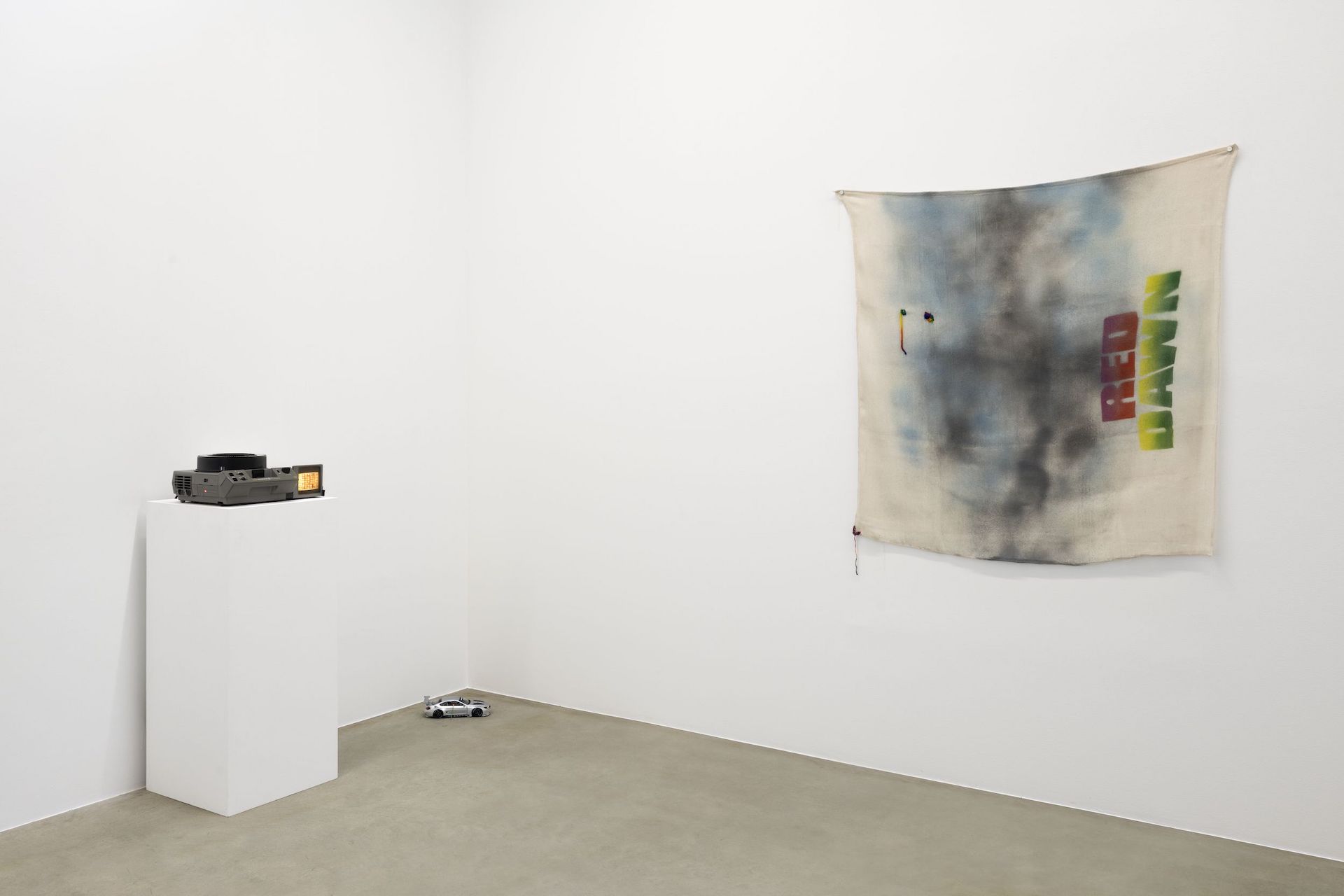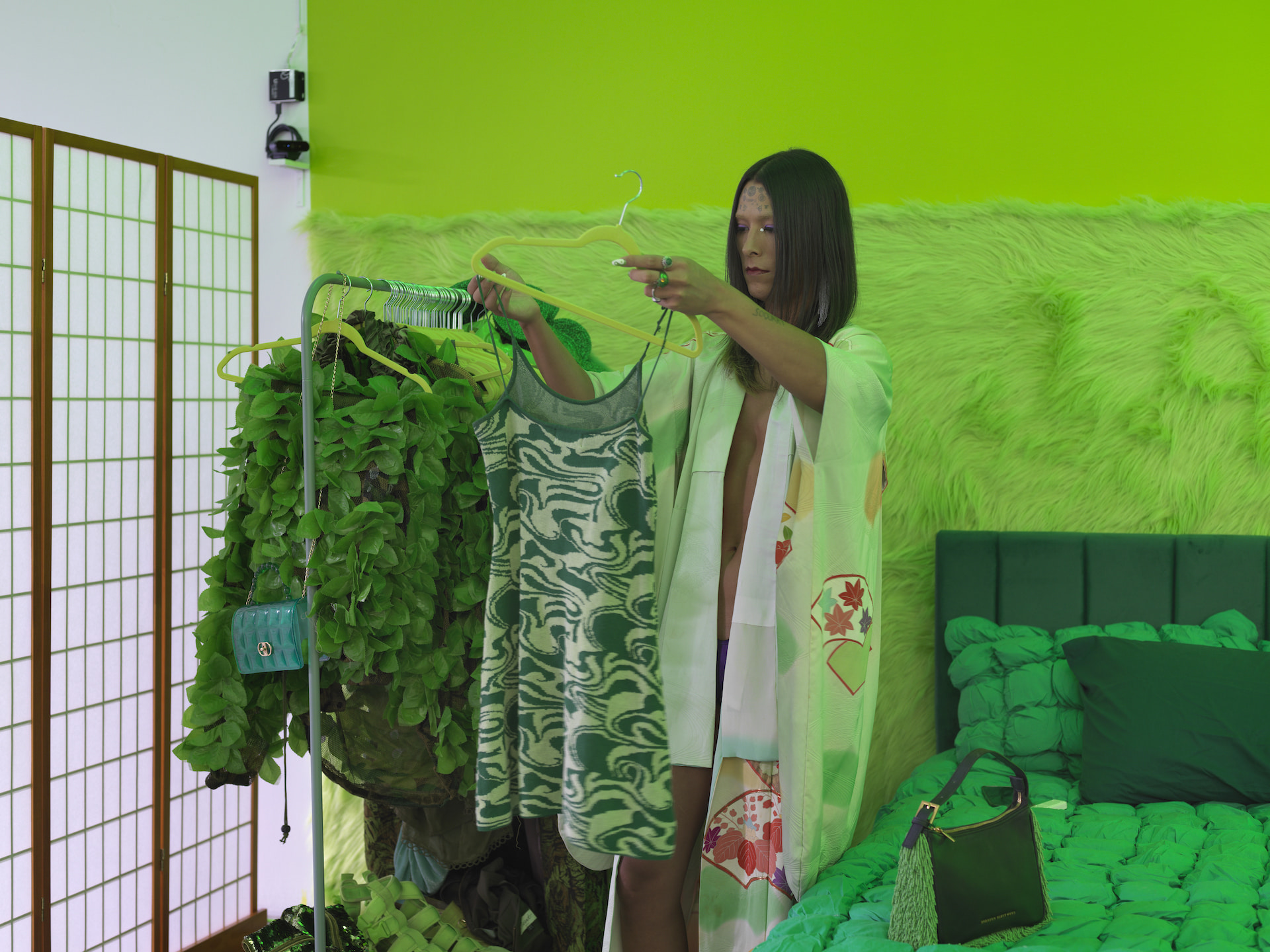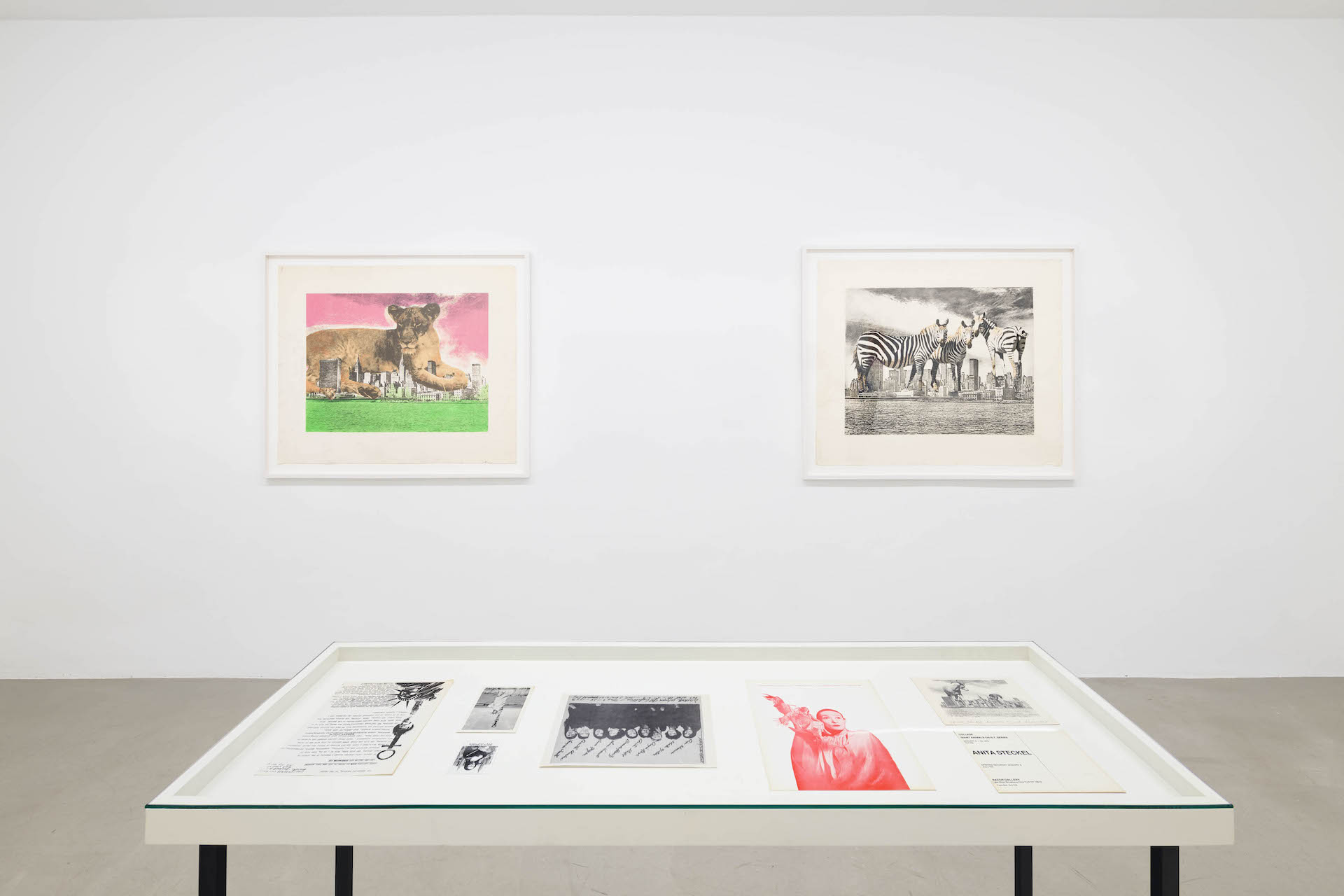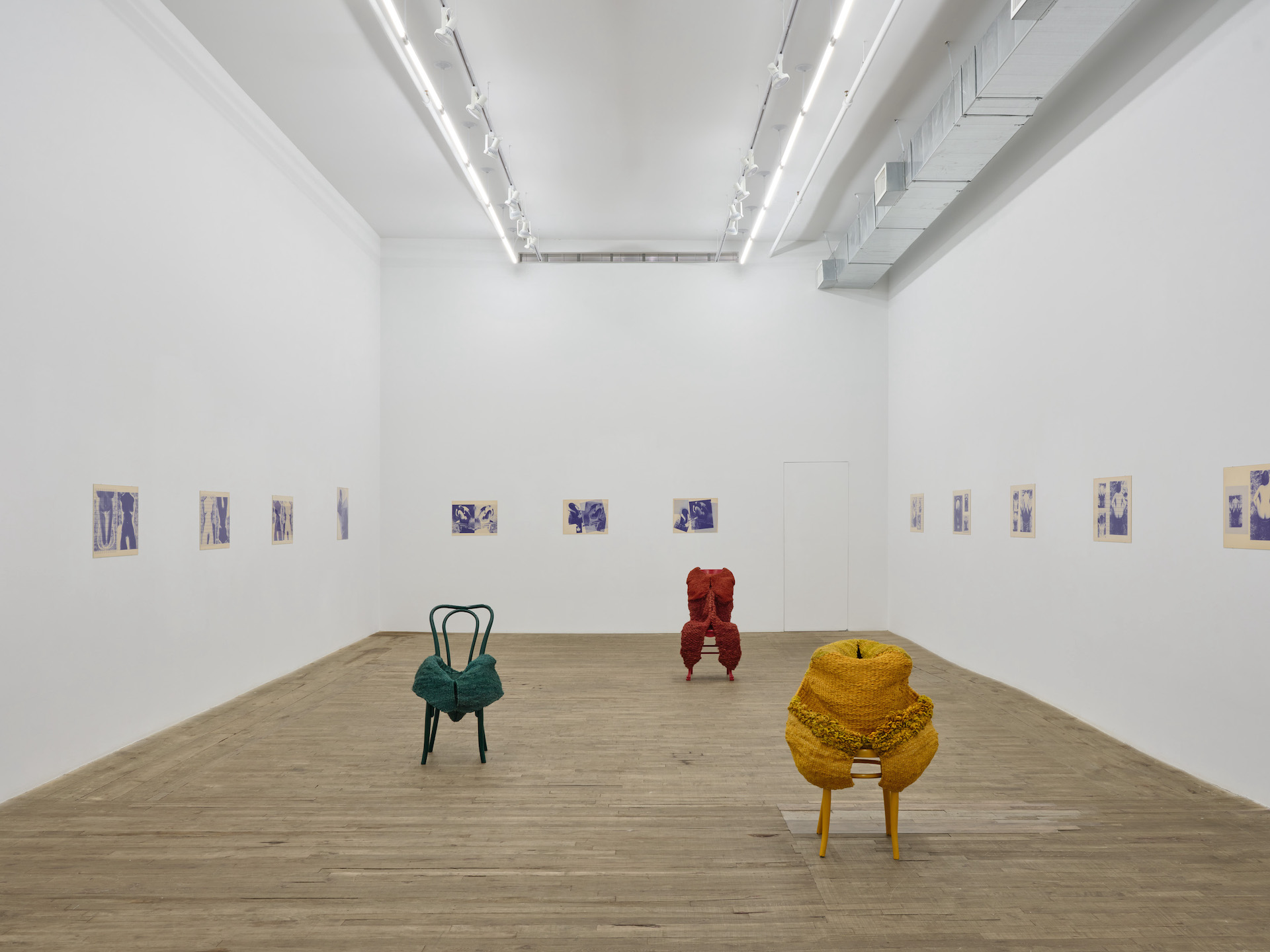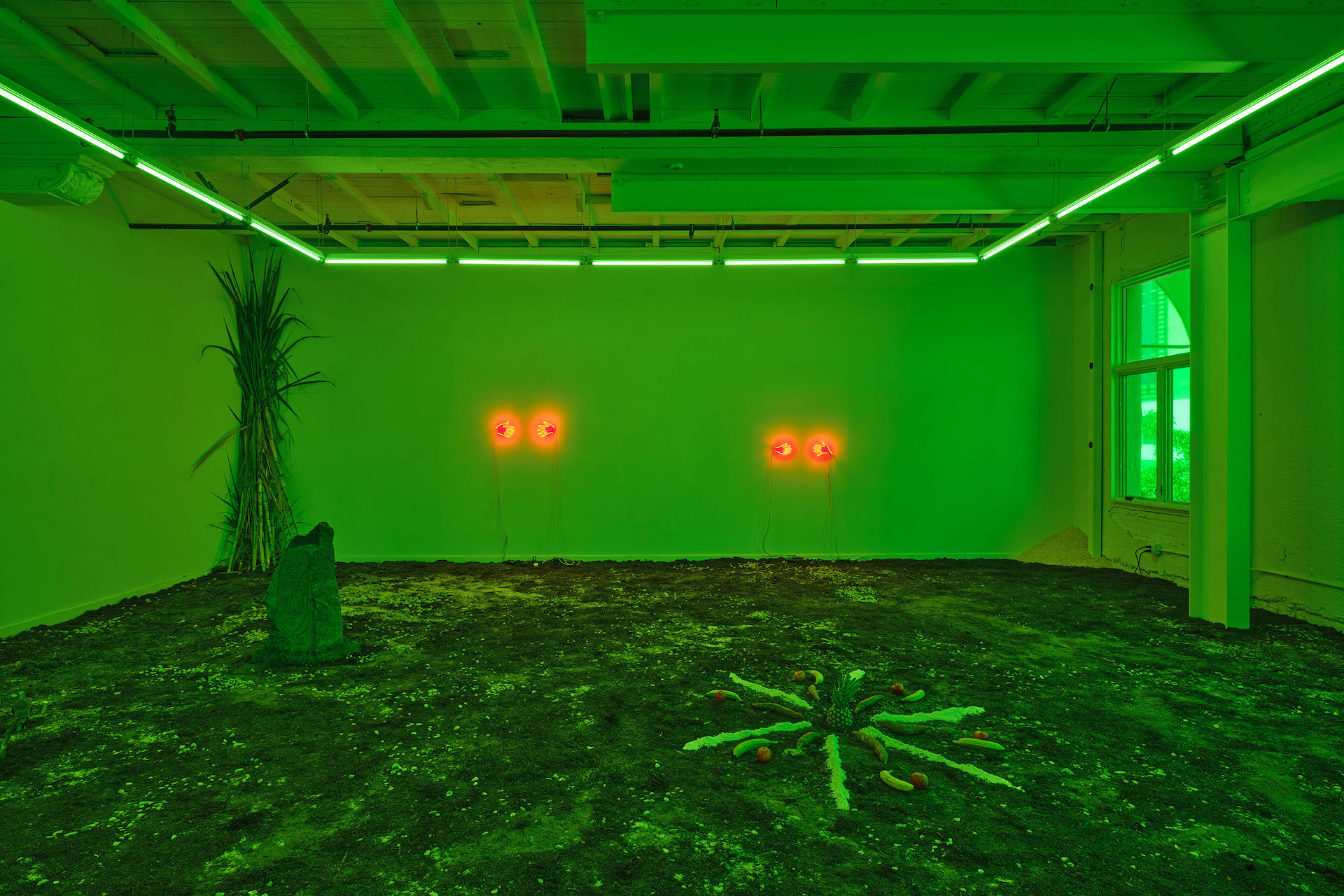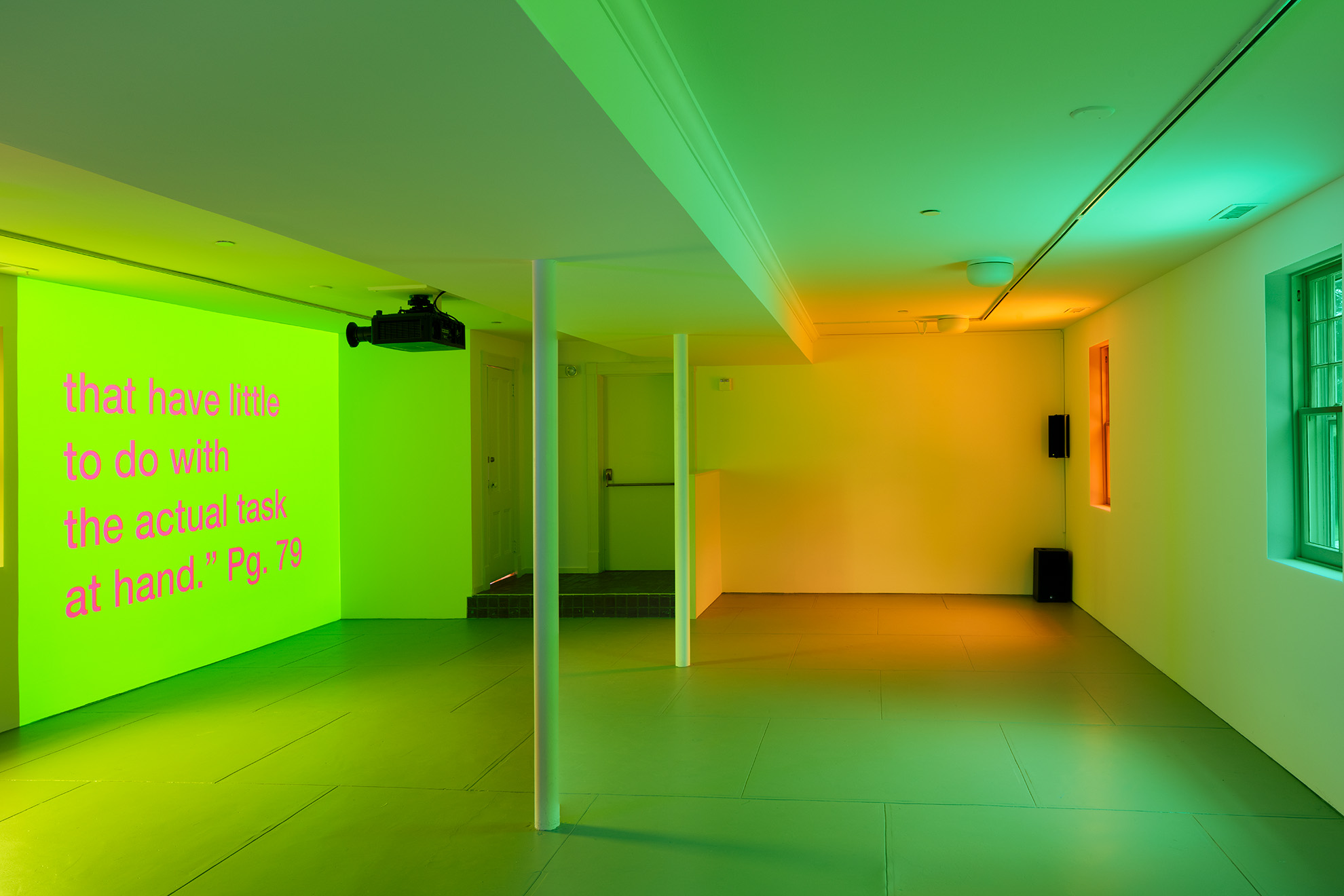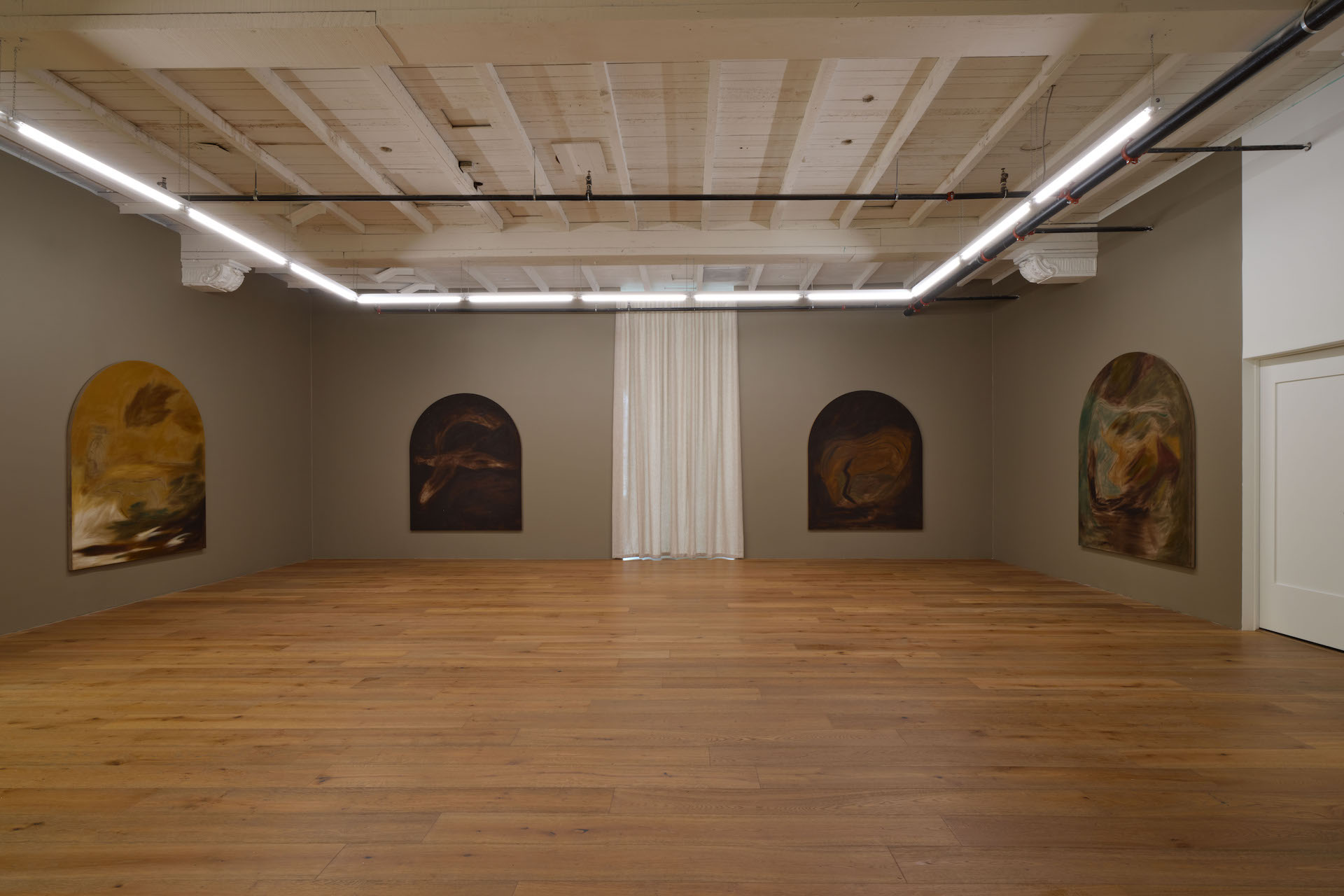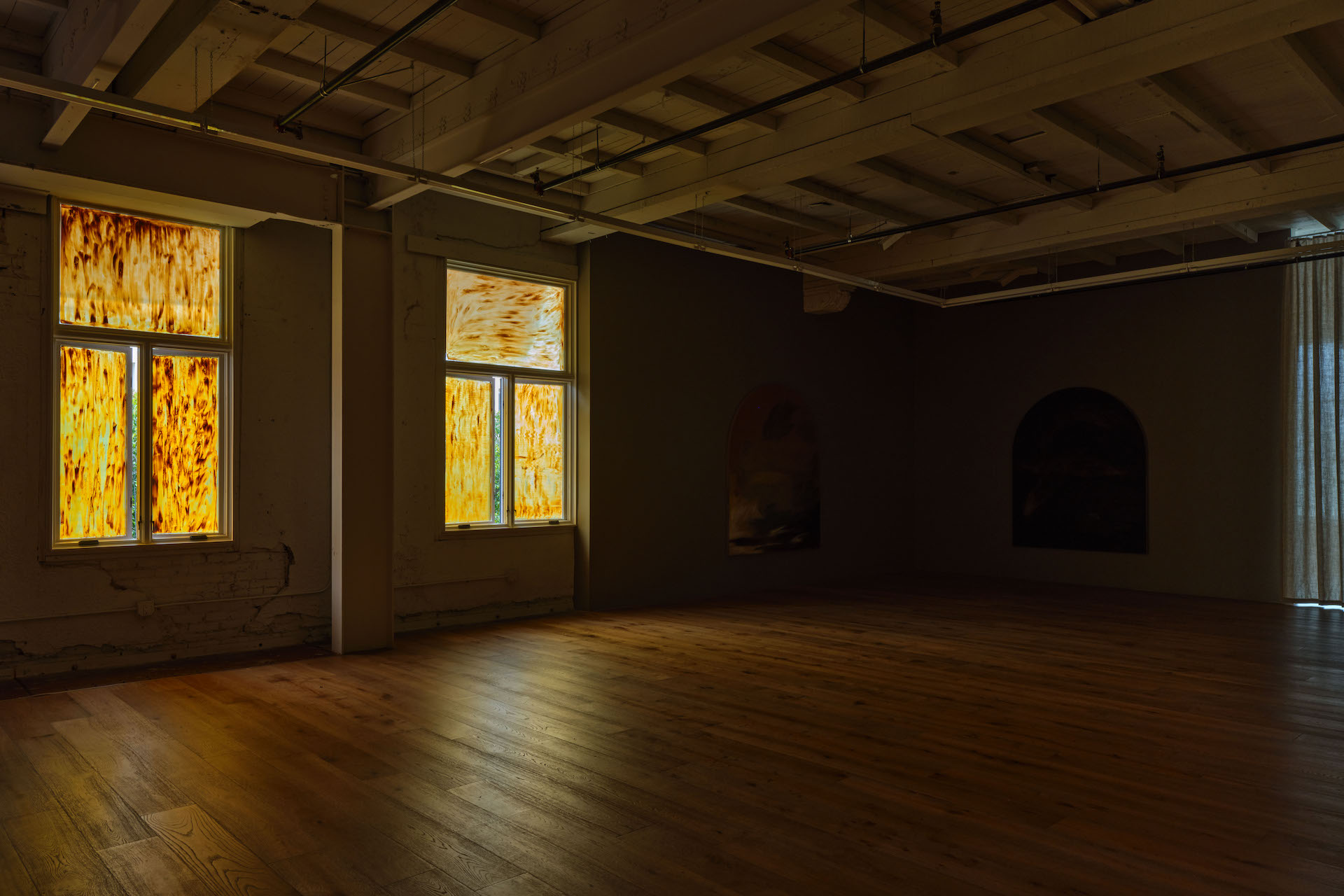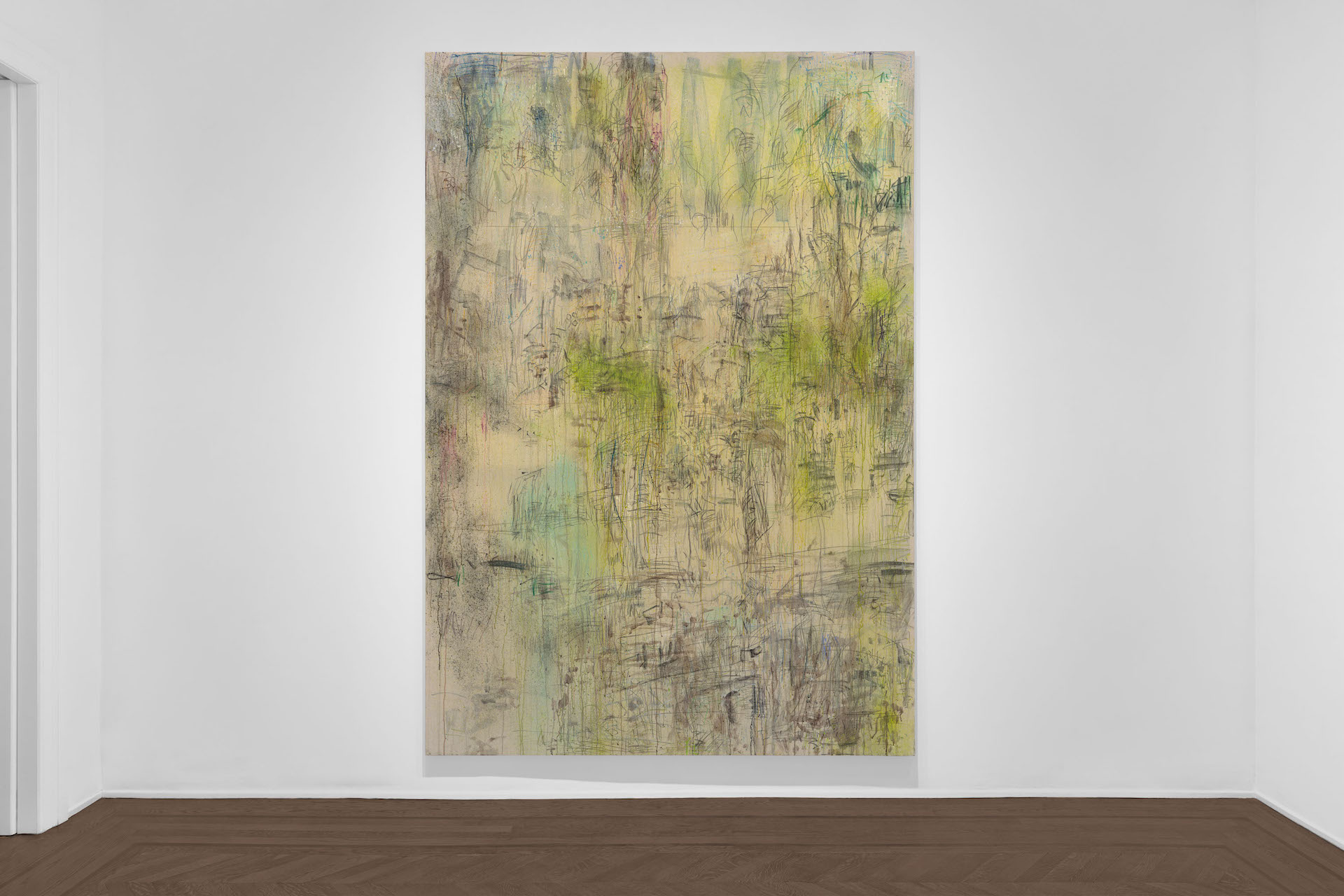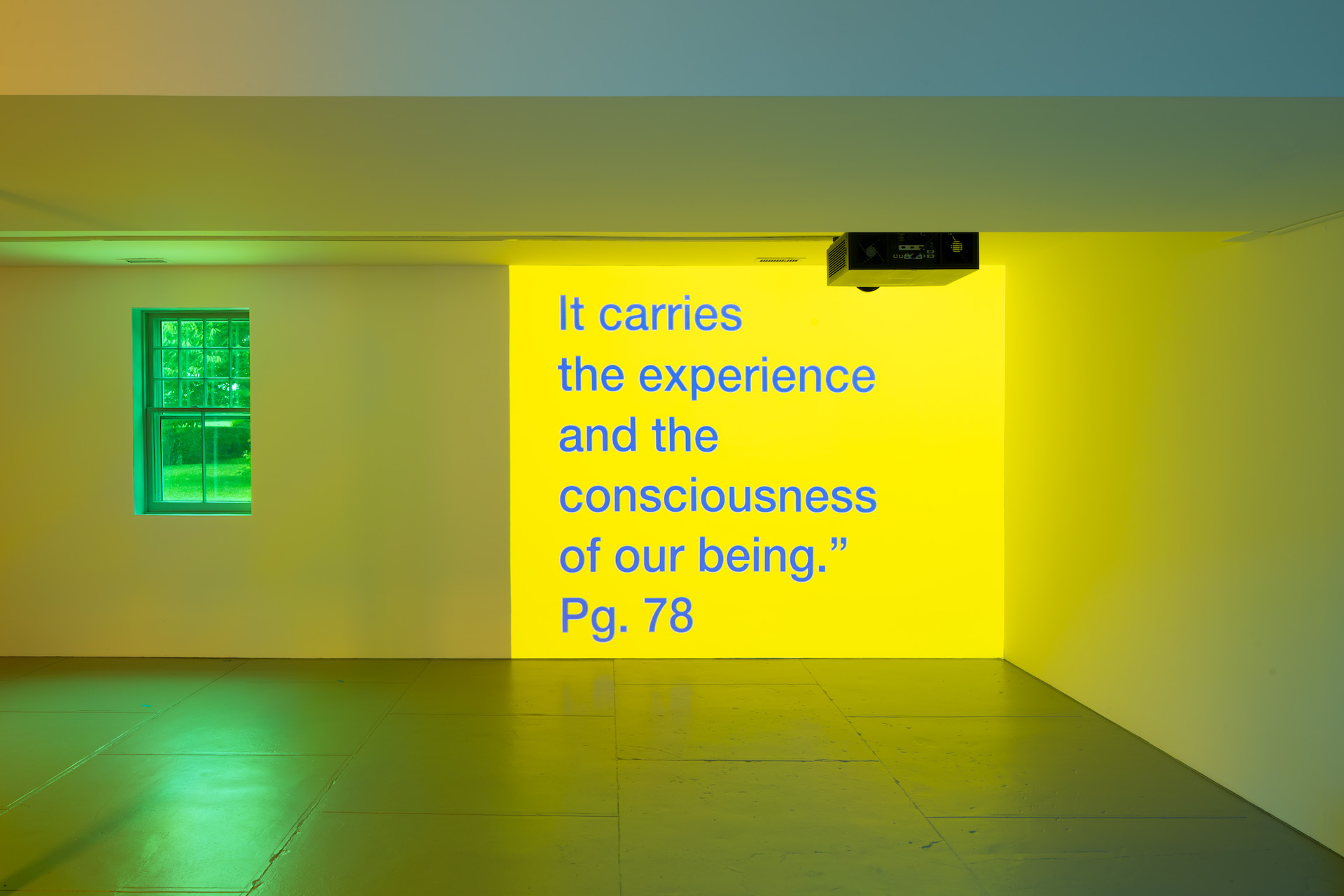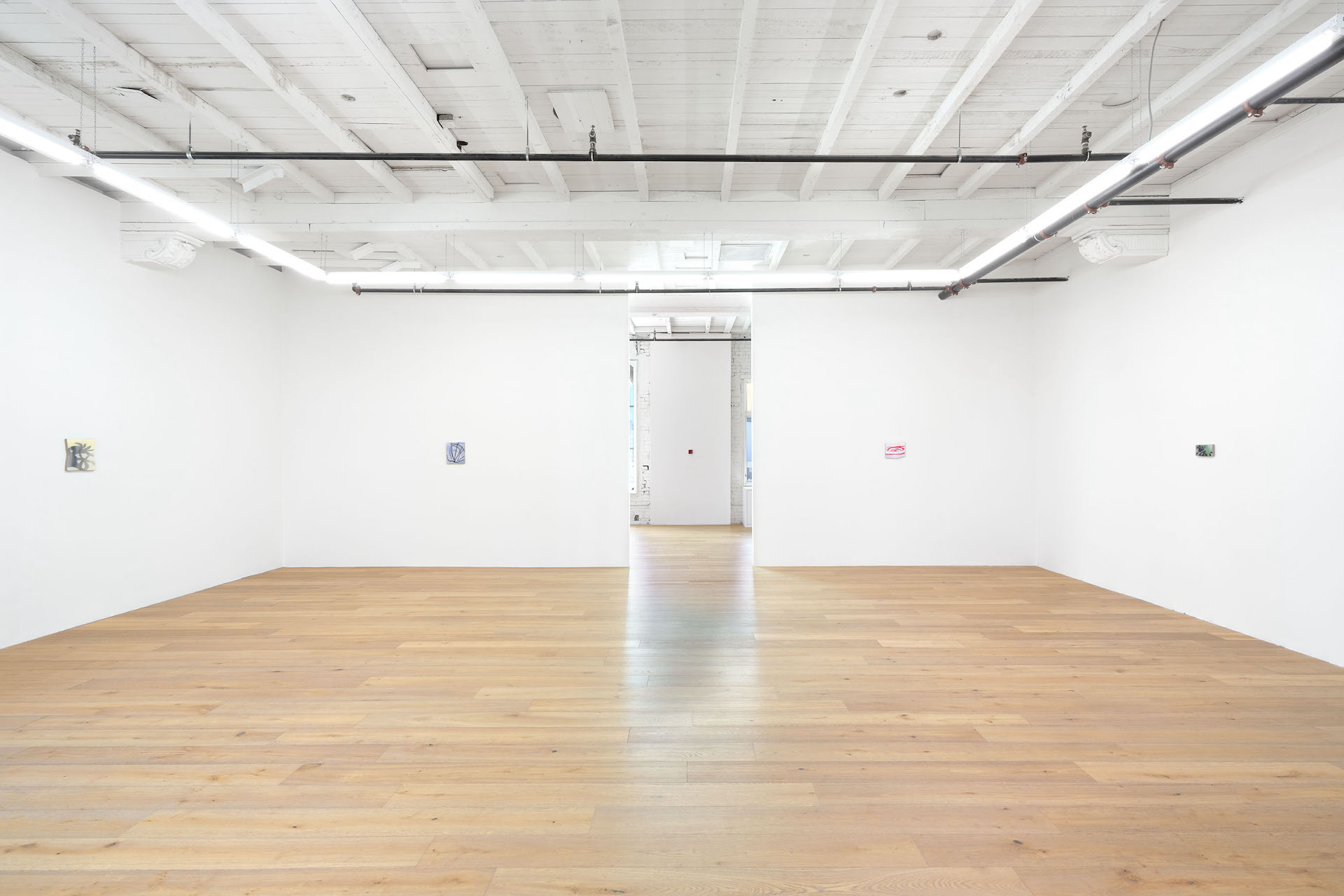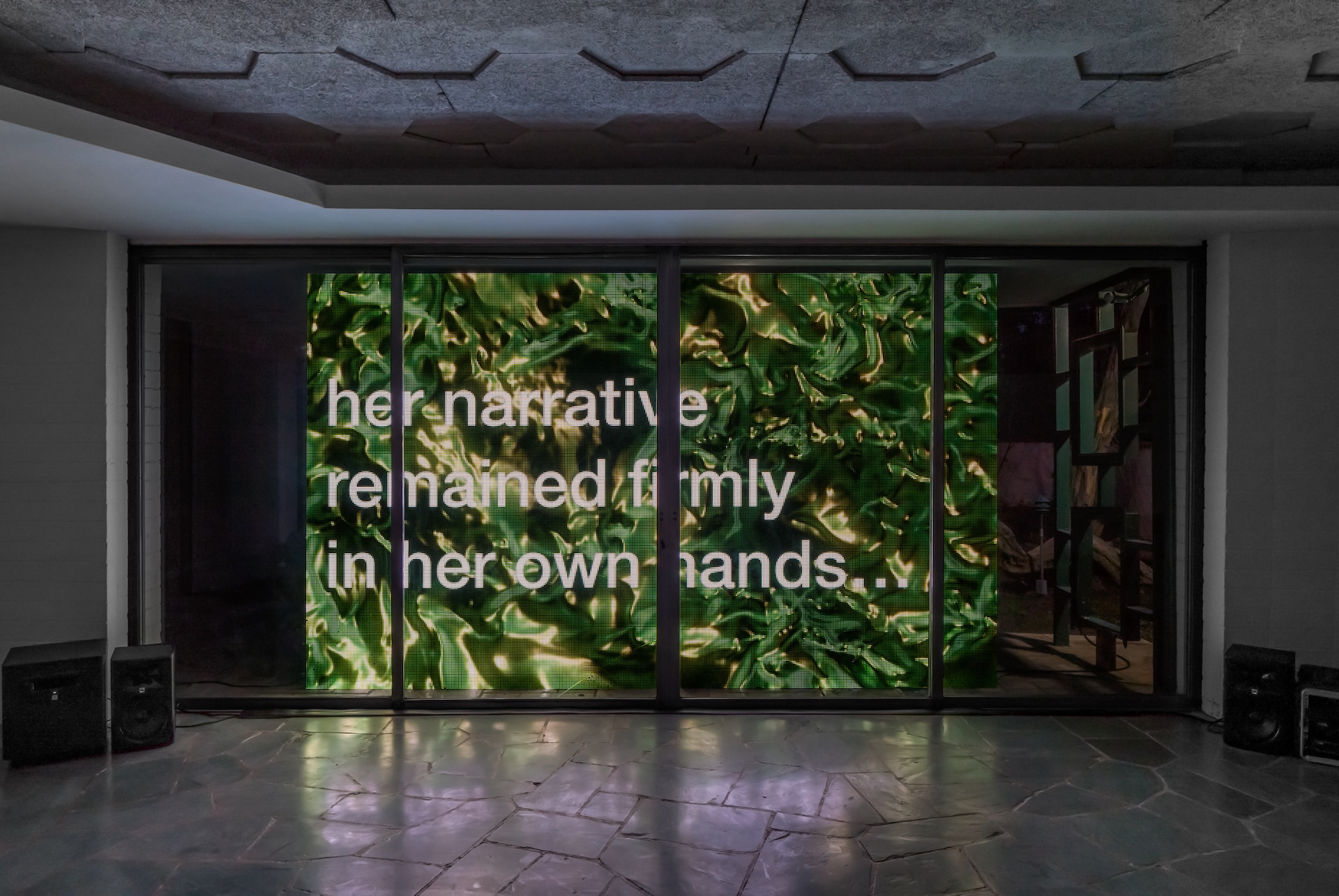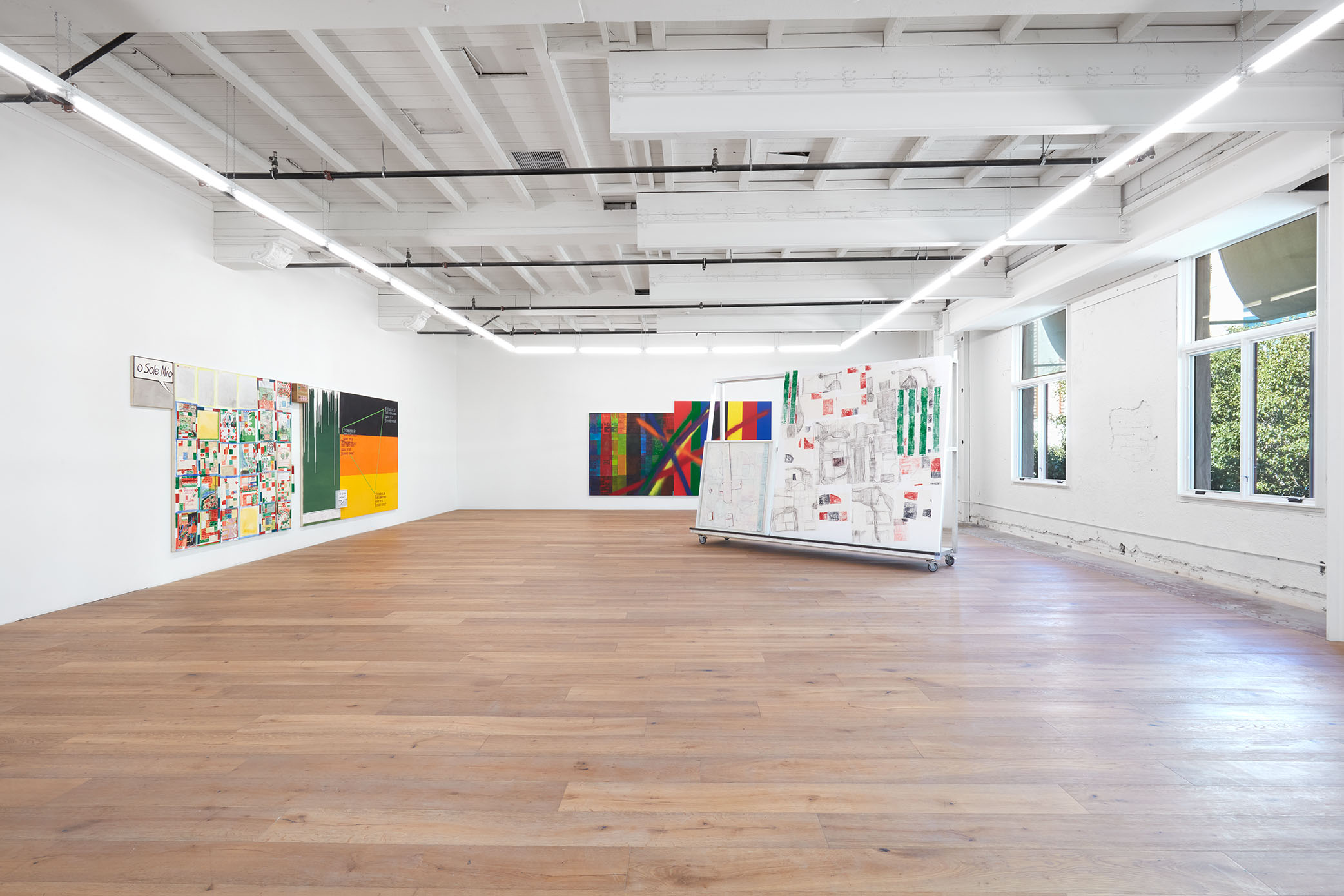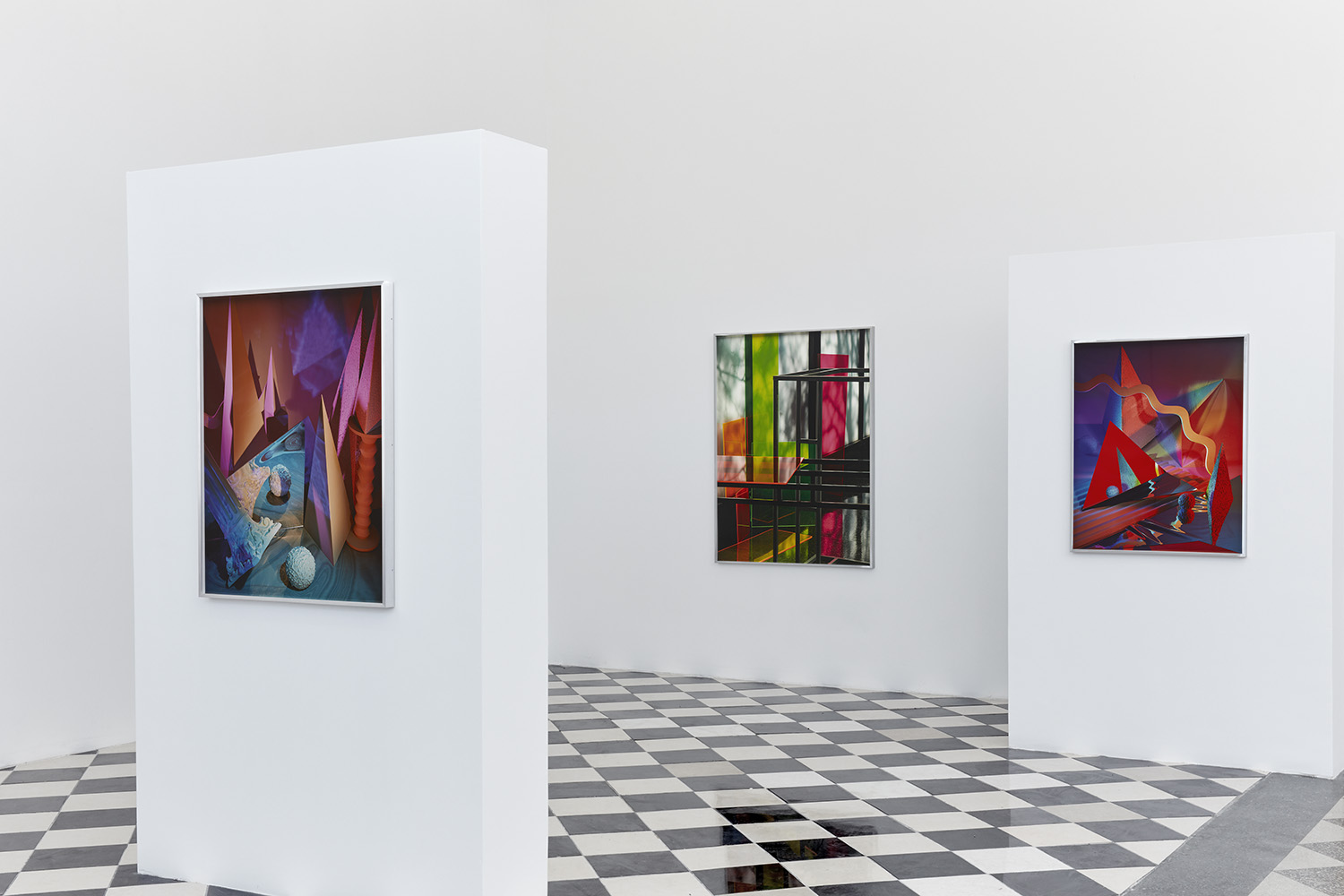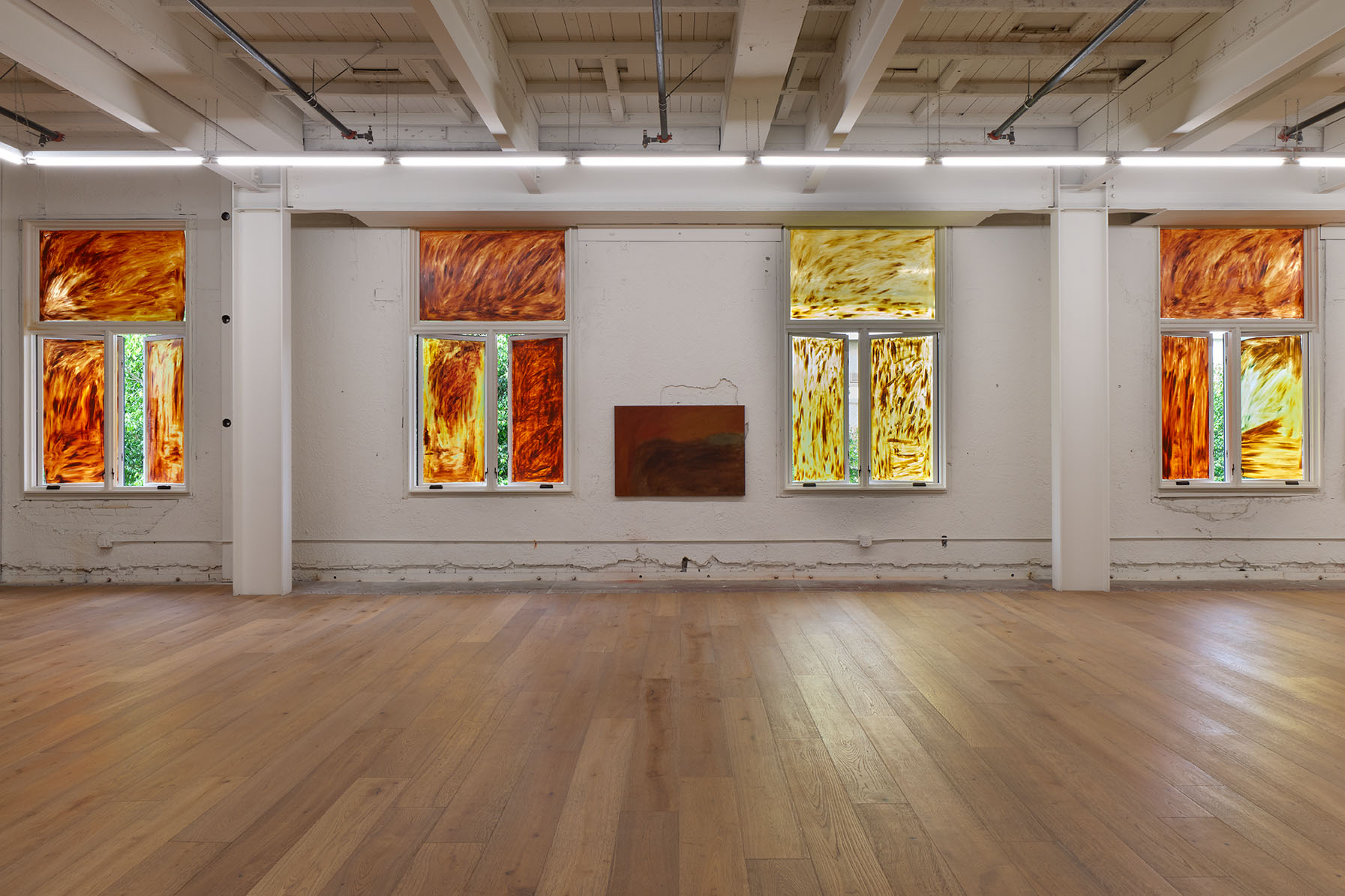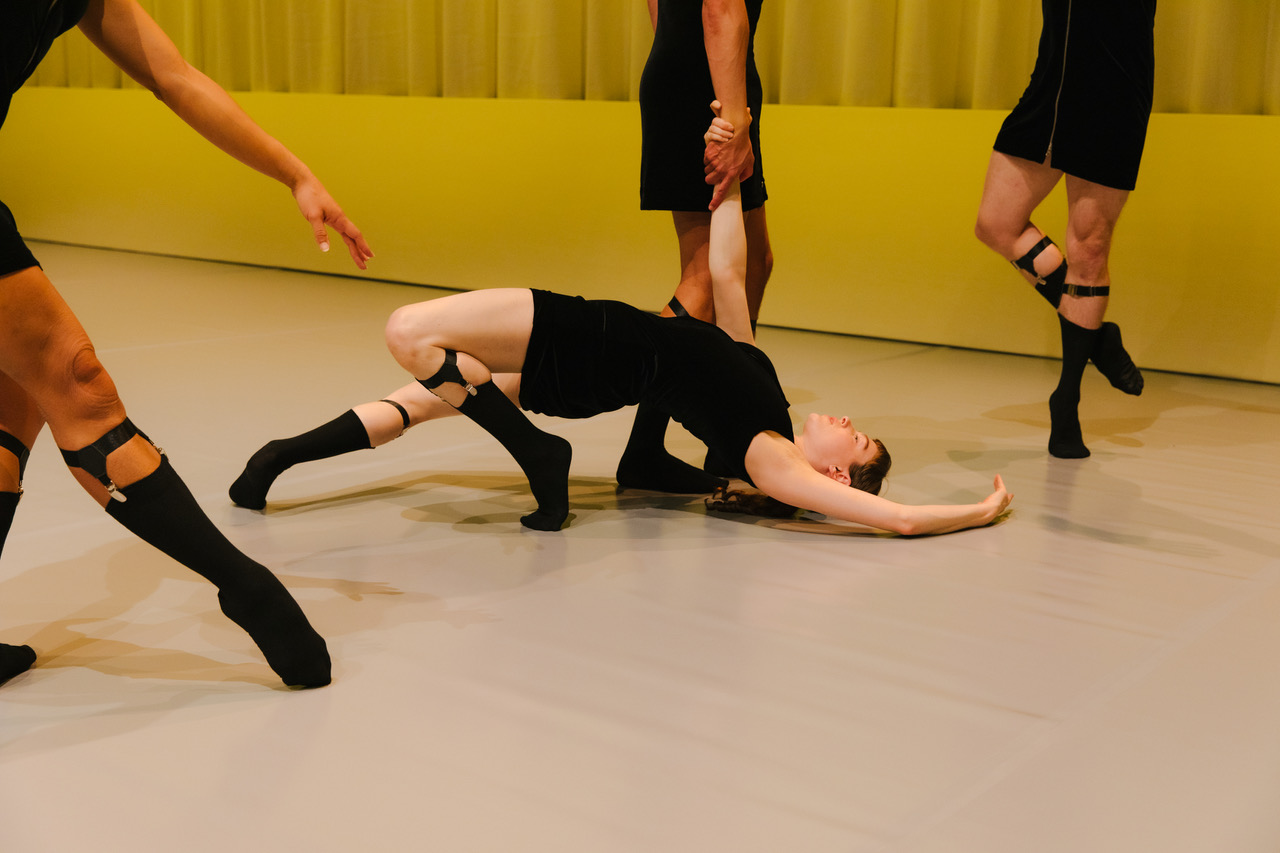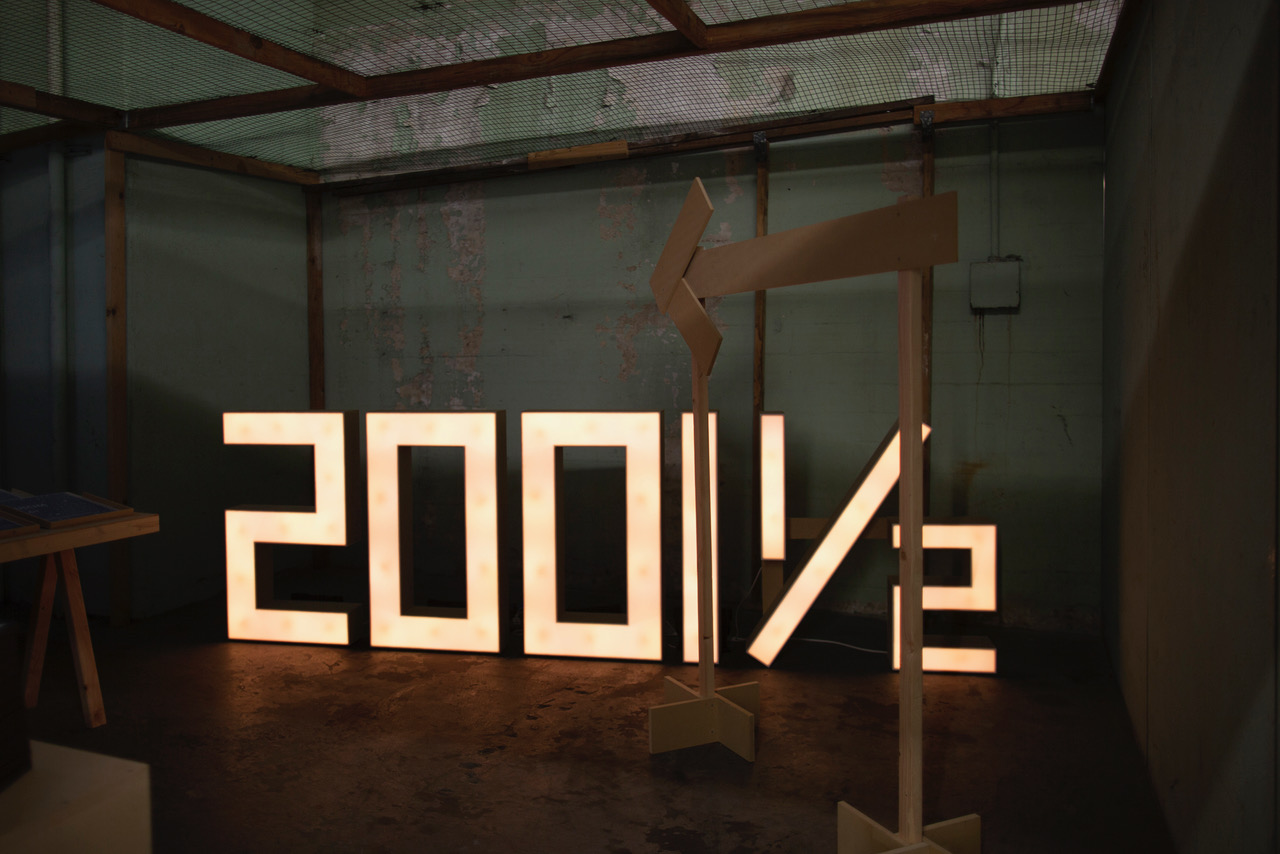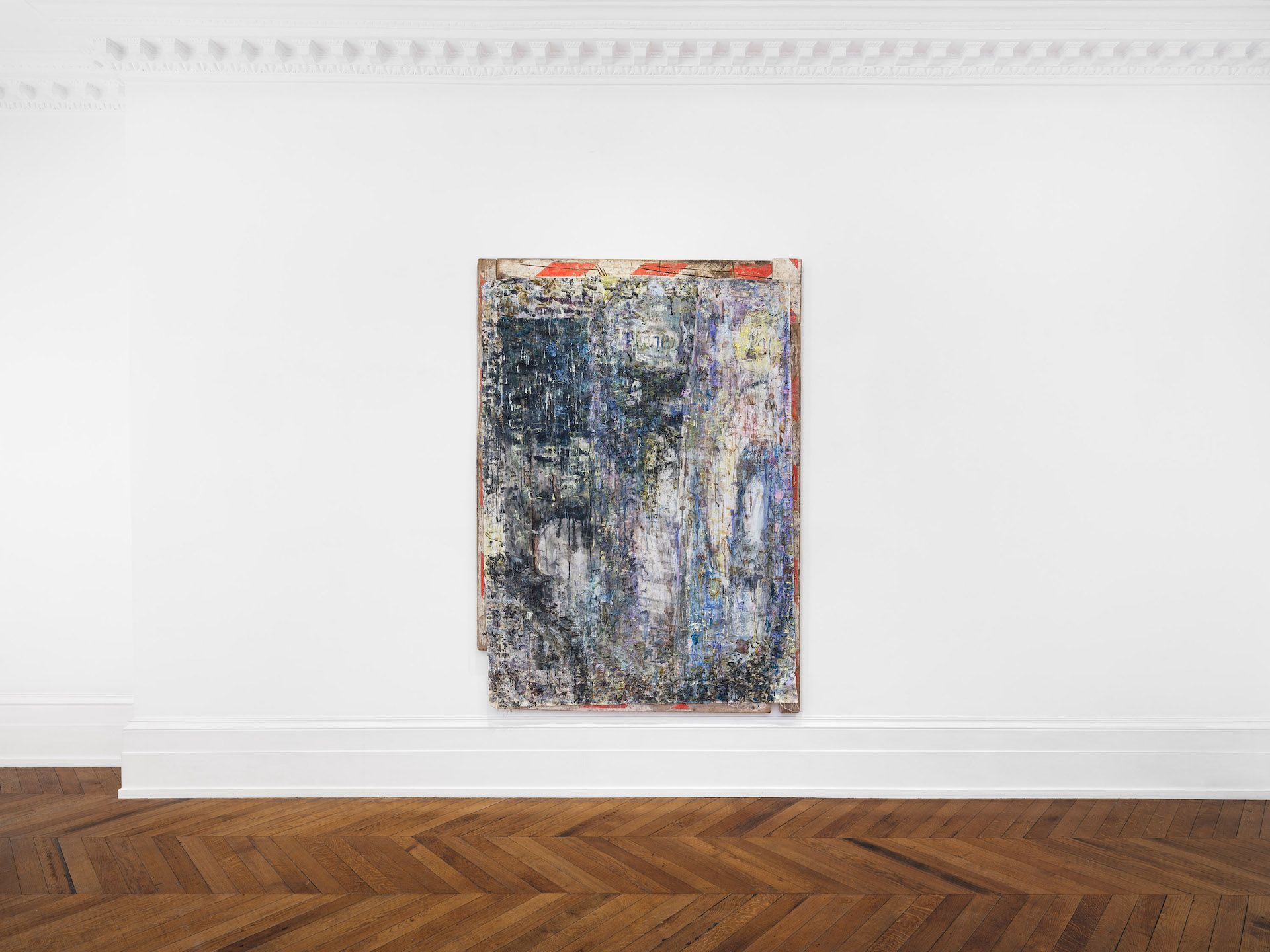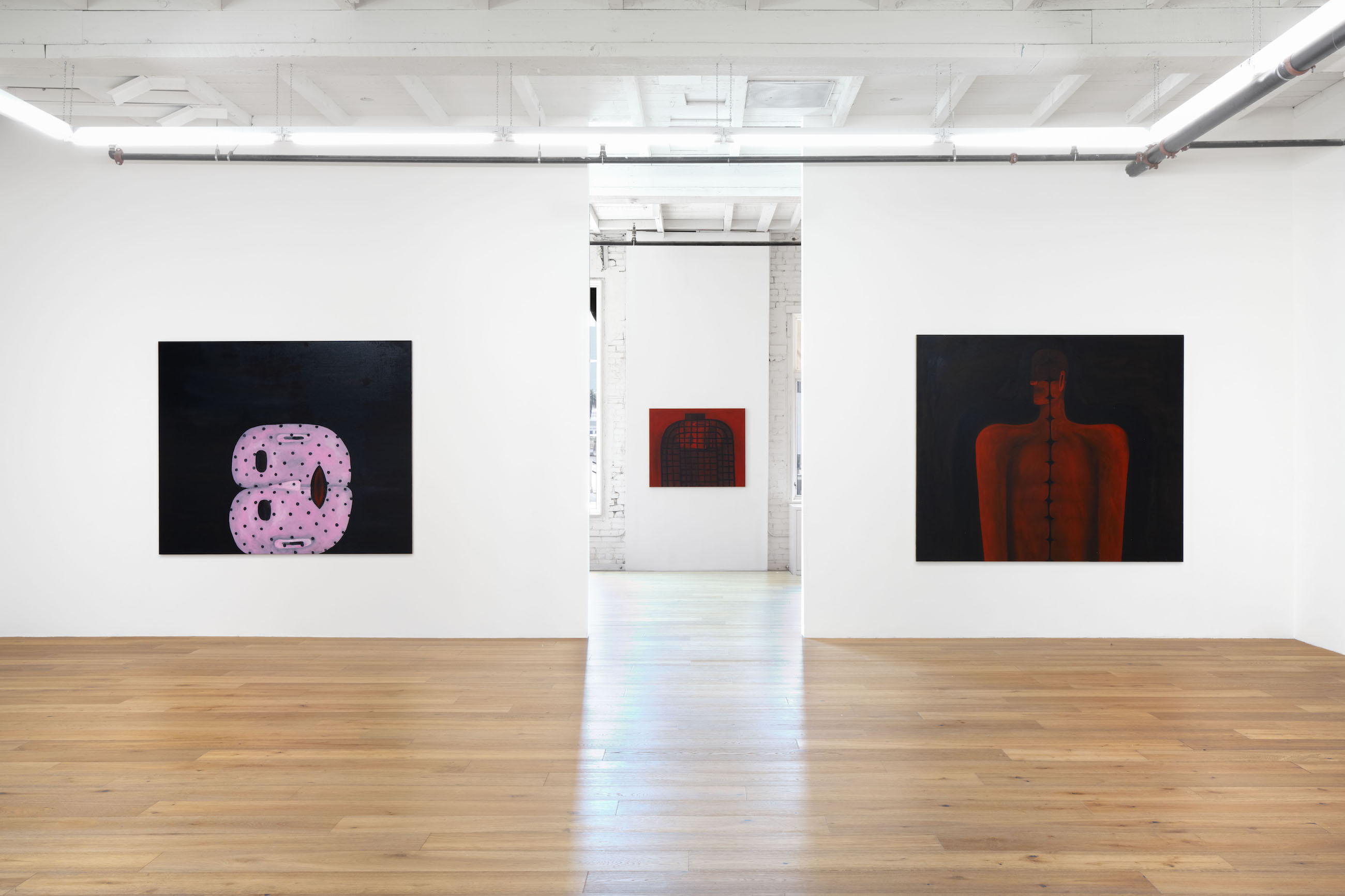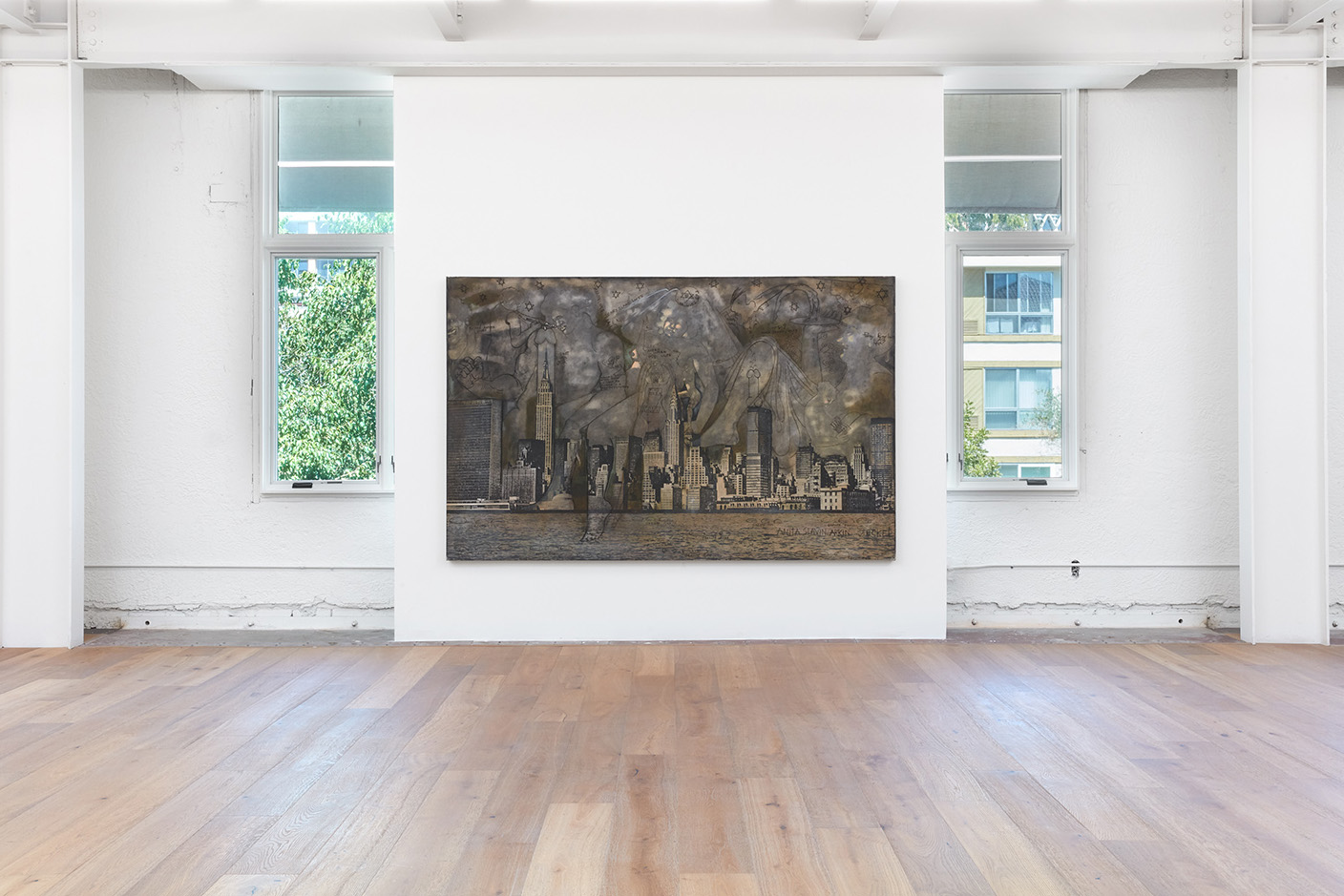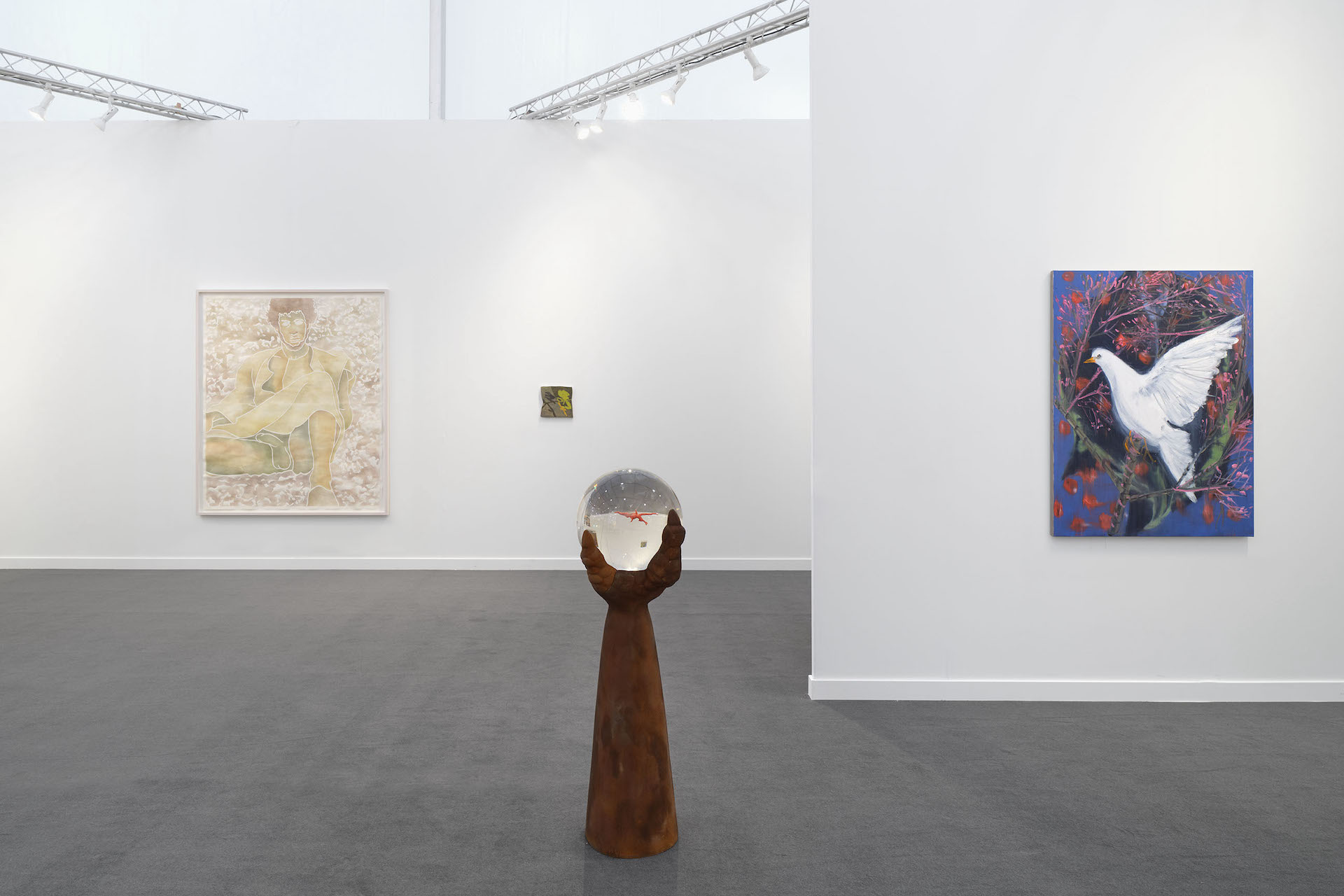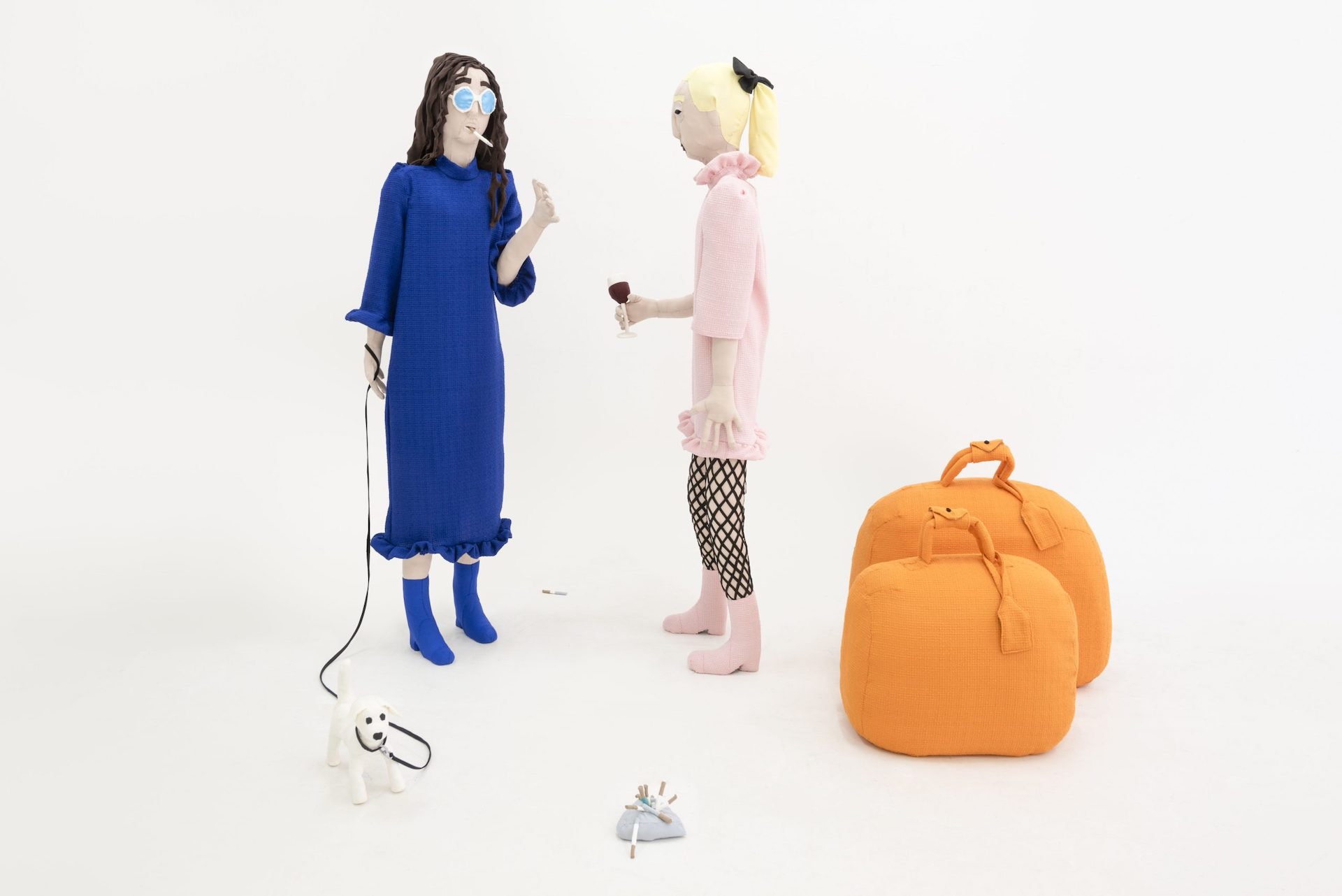Gerhard Richter
Overpainted Photographs
03.21.15 – 04.18.15

Installation view: Gerhard Richter, Overpainted Photographs. March 21 – April 18, 2015

Installation view: Gerhard Richter, Overpainted Photographs. March 21 – April 18, 2015

Installation view: Gerhard Richter, Overpainted Photographs. March 21 – April 18, 2015

Gerhard Richter, Untitled 8.1.89, 1989. Oil on photograph. 5 x 7 inches (12.6 x 17.6 cm)

Gerhard Richter, Untitled (9 January 1989), 1989. Oil on photograph. 4 x 6 inches (12.6 x 17.6 cm)

Gerhard Richter, Silser See, 1992. Oil on photograph. 3.5 x 5 inches (8.9 x 12.6 cm)

Gerhard Richter, Untitled (23.Febr.92), 1992. Lacquer on photograph. 6 x 4 inches (15 x 10 cm)

Gerhard Richter, Untitled (26.Febr.92), 1992. Lacquer on photograph. 6 x 4 inches (15 x 10 cm)

Gerhard Richter, Untitled (19.Sept.1998), 1998. Oil on photograph. 4 x 6 inches (12.6 x 17.6 cm)

Gerhard Richter, Untitled (12.Nov.2000), 2000. Oil on photograph. 6 x 4 inches (12.6 x 17.6 cm)

Gerhard Richter, Untitled (3. April 01), 2001. Oil on color coupler print. 6 x 4 inches (12.6 x 17.6 cm)

Gerhard Richter, Untitled (12.4.2005), 2005. Oil on photograph. 4 x 6 x 3/4 inches (10.2 x 15.2 x 1.9 cm)

Gerhard Richter, 11.3.08, 2008. Enamelled lacquer on colour photograph. 3.9 x 5.9 inches (12.6 x 17.6 cm)
Exhibition information
1. The majority of the overpainted photographs are produced by Richter wiping the photograph through the wet paint on the plastic doctor blade. By doing this he can pick up large quantities of paint that lie on the photographic paper in the form of amorphous islands, some of which are millimeters thick and that look like a closed skin; if the movement is particularly vigorous, the direction shows as a directed run of thick paint. He often places the photograph on the edge of the doctor blade, towards the point where different colors have accumulated and become mixed up to an extent; when the photograph is drawn down over this edge, some of the paint pushes on to the motif in the form of a raised, bulbous edge, while the greater part appears as an area of mixed color with a clear direction characterized by linear traces of the pulling action. In both cases the degree of pressure is an important way of influencing the quality of the surface of the paint. And as in all the overpainted photographs, Richter can control the interplay between the color quality of the selected photograph and the oil paint left on the blade relatively well (4. März 03).
2. The works created by a kind of monotype process make up a high proportion as well. Classical monotype is one of the printing techniques for which the artist paints a smooth underlay with printing ink and takes a single print of the motif by for example rolling a sheet of paper over the paint-support surface while it is still wet. But Richter places the photograph on the flat side of the doctor blade, which is still covered with fresh paint, and then lifts it up again. This method always produces sharp, raised ridges within the oil paint surfaces, and these run through the painted areas like sets of branches (18. April ‘05).
3. In 1992, Richter developed a series of pictures in which only one or two colors were sprinkled over the surface of the print; this gave the impression of a snowy or rainy all-over (5.2.92 or 14. March 92).
4. The Kassel edition also came into being in 1992 as an overpainted offset print on paper. For this edition sheet, Richter experimented with black-and-white varnish, which formed sharply outlined ovoid islands after application. Richter applies this process to photographic prints as well. As the varnish is thinner than oils, shallow ramifications occur in these pictures at the points where the paints run into each other (8.9.92).
5. Richter started working contrapuntally into the running colors with a little palette knife as early as the works created by the monotype process and by pulling through paint. This means that as a rule he draws the palette knife horizontally across the paint that is running vertically, and vice versa. This method can be seen particularly in the Firenze series. Most recently, Richter has created a series of overpainted photographs that show the curator Hans Ulrich Obrist at various times (1.5.07-25.5.07). In this series, the paint was applied and then immediately scraped off again with a palette knife until it was reduced to a paper-thin layer, creating veils of color that look dirty in parts. This process corresponds with Richter’s approach to his abstract paintings, which he builds up from numerous layers applied with the doctor blade. These are then scraped off and treated with the doctor blade again.
Heinzelmann, Markus. “Blurring: Gerhard Richter’s Overpainted Photographs as Objects of Contemplation.” Gerhard Richter Overpainted Photographs. Germany: Hatje Cantz Verlag, 2008. 84-85. Print.






